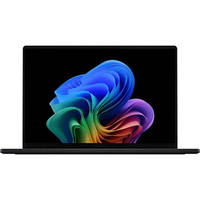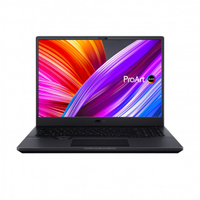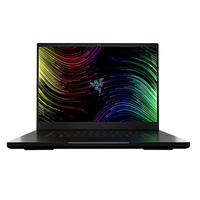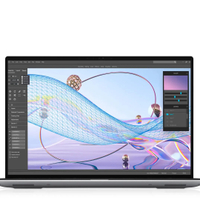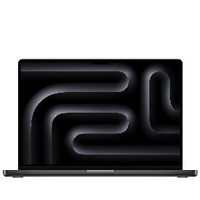If you work in CAD and AutoCAD these are simply the best laptop options out there
Get the most out of your software with the best laptop for CAD and best laptop for AutoCAD.
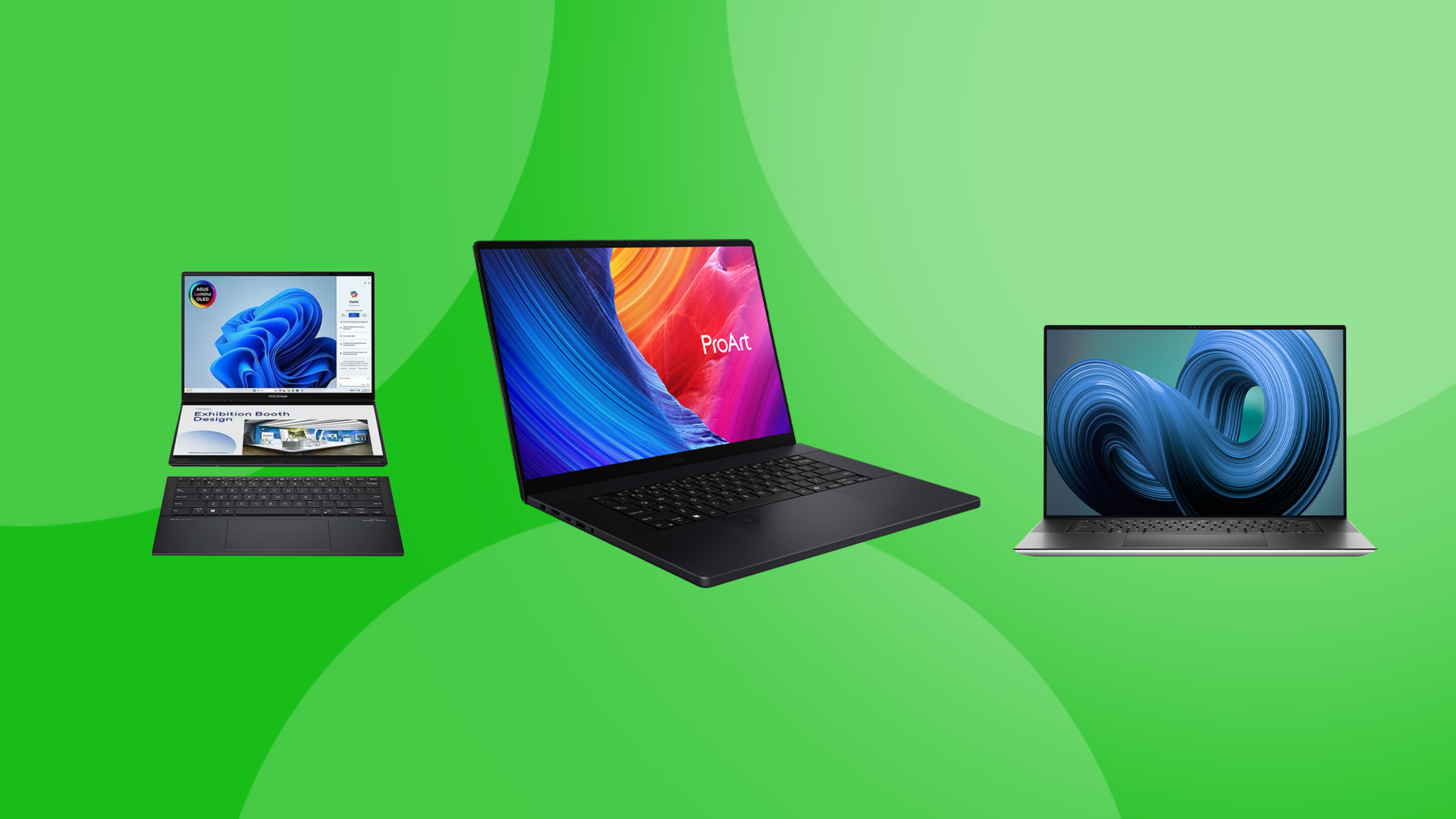
If you work with CAD and you're looking for your next laptop, we've got some recommendations for you! You'll need a machine that has a powerful processor, dedicated graphics, ample RAM, and high-res displays to handle complex 3D designs and simulations. For professionals and students working with software like AutoCAD, Revit, or SolidWorks, you just can't afford to get the wrong laptop.
For my money, the best laptop for AutoCAD and CAD, based on hands-on experience reviewing, testing and using laptops, is the ASUS ProArt P16.
Of course, if you straddle other 3D workflows, you should read our guides to best laptops for 3D modelling and best laptop for game development, which will offer more options.

In the 20 years since graduating with a first-class degree in computer science, Paul has been involved in the tech and creative industries. With a love of all things visual, including photography, videography, and 3D visualisation, he's never far from a piece of tech that gets his creative juices going.
Prime day offer
Overview: We rate the ASUS ProArt P16 as the best Windows laptop for creatives. The specs leave little doubt as to its ability to handle demanding software, and our tests consistently back that up.
But there are also smaller things clearly designed with creatives in mind like Asus's own AI-powered file management system and the handy dial on the touchpad that can be programmed with shortcuts, whether that's to change brushes in Photoshop or scrub through footage in DaVinci Resolve.
And it has something no MacBook has: a 4K display... that's also OLED... that's also touchscreen so you can use it for drawing.
Key features: AMD Ryzen AI 9 HX 370 | Nvidia GeForce RTX 4070 GPU | 32GB RAM | 2TB SSD | 16in 60Hz 4K OLED touchscreen display | 2 x USB-A, 2 x USB-C
Year of release: 2024
Reviews: We recently reviewed the RTX 5070 version and continue to rate the ProArt P16 as the best Windows laptop for creatives for the brilliant touchscreen, powerful internals and handy workflow-boosting features.
My top 3 laptops for CAD
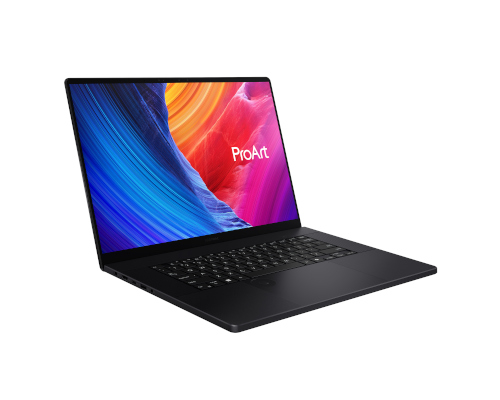
This is our recommended laptop for AutoCAD and CAD software today. The 2025 ASUS ProArt P16 excelled in our benchmark testing. Its OLED touchscreen provides vibrant colours and sharp resolution, and it delivers a 25-28% improvement in graphics performance from last year's model.
Read more below
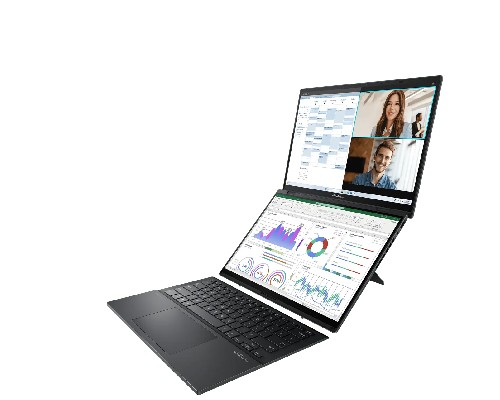
The ASUS Zenbook Duo OLED 2024 is a innovative dual-screen laptop that offers unique flexibility for CAD and AutoCAD work, thanks to its powerful internals, unique dual-screen setup and high-quality OLED displays, though at a premium price point.
Read more below
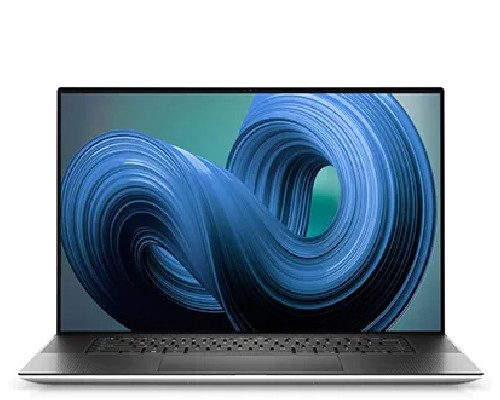
With its gorgeous screen and ample workspace, the Dell XPS 17 is a brilliant option that will have your eyeballs rejoicing as you zip through demanding CAD workflows. It's impressively thin and light despite its size, and good-looking too.
Read more below
Best overall for CAD
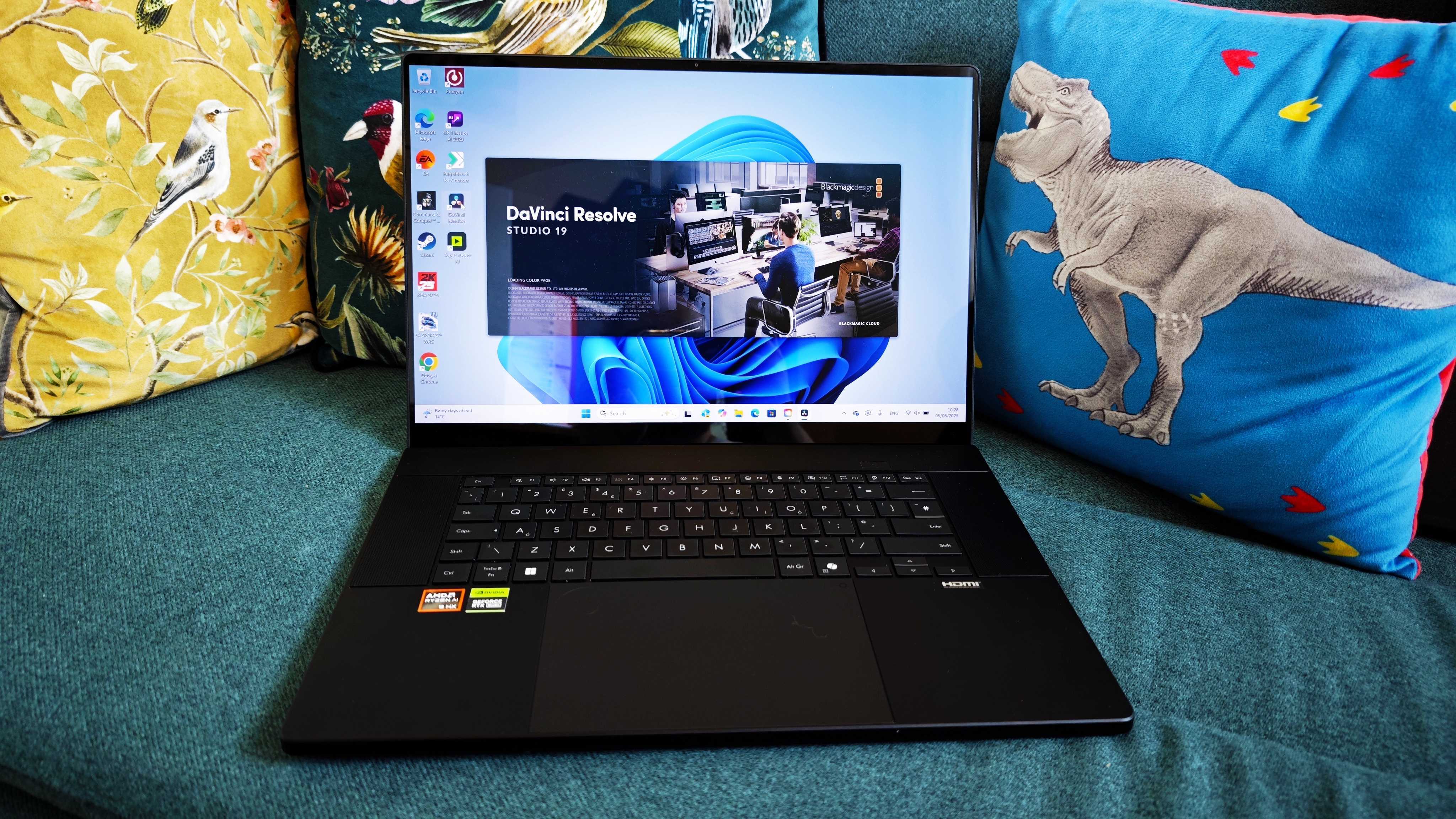
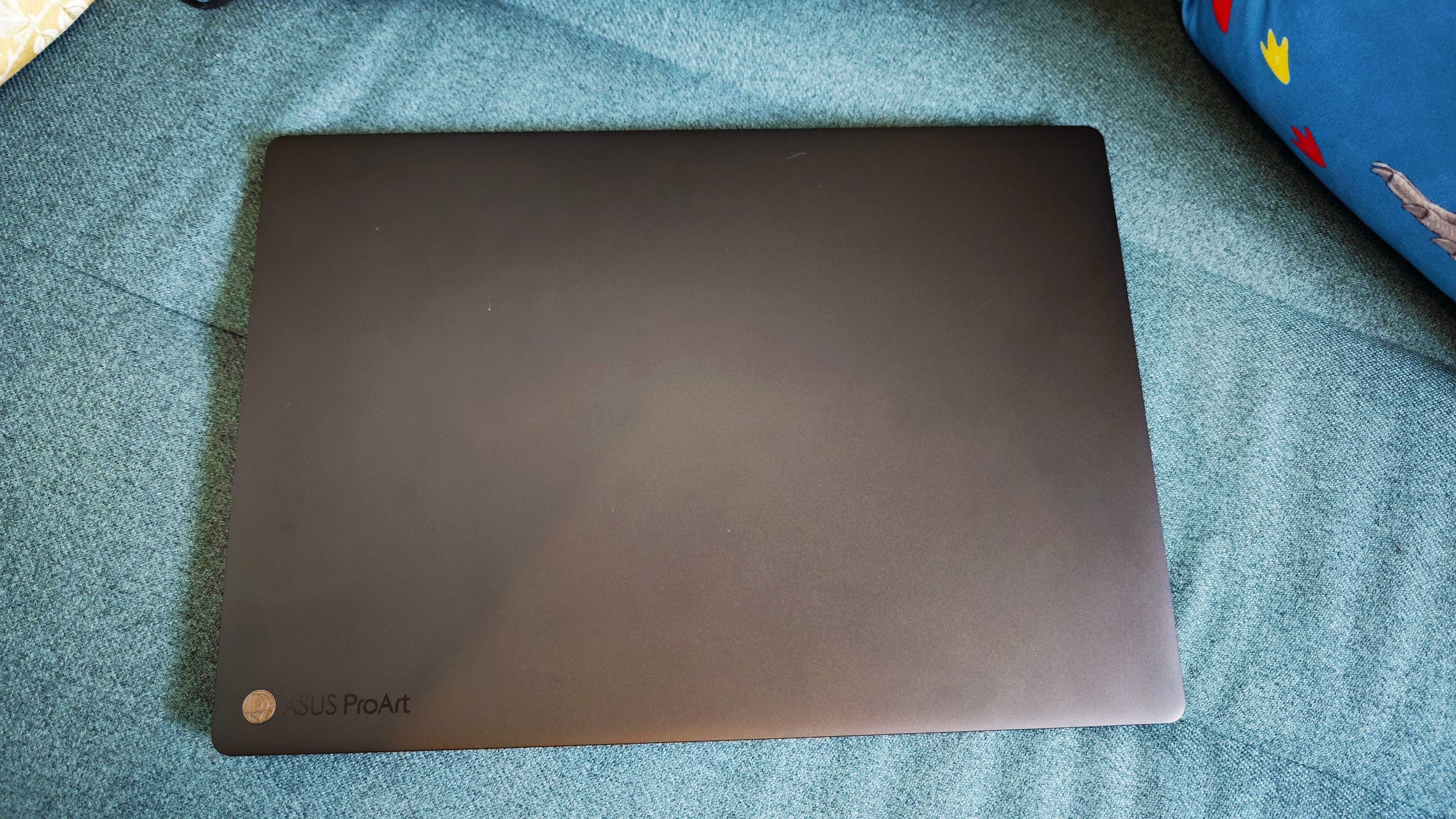
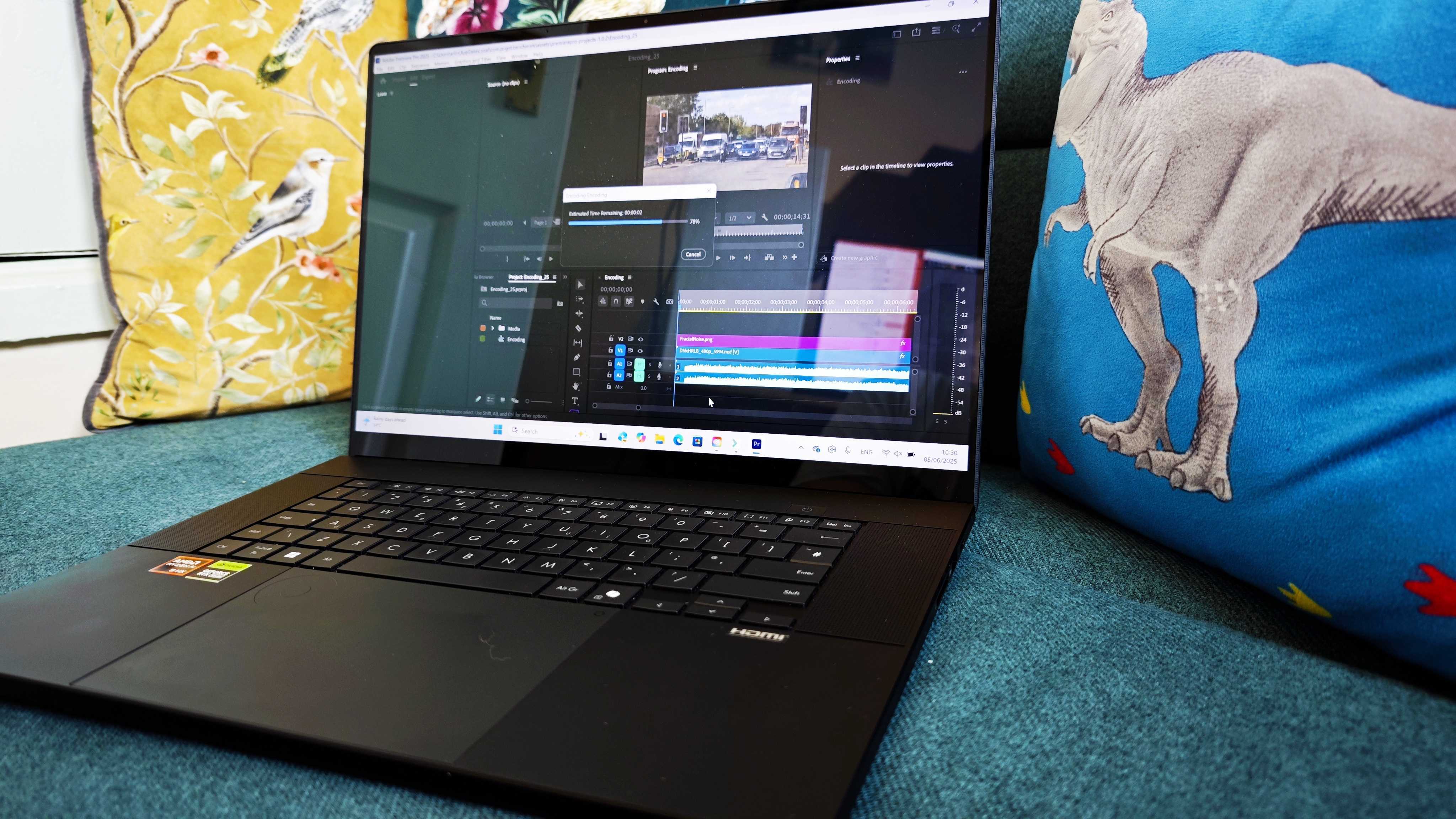
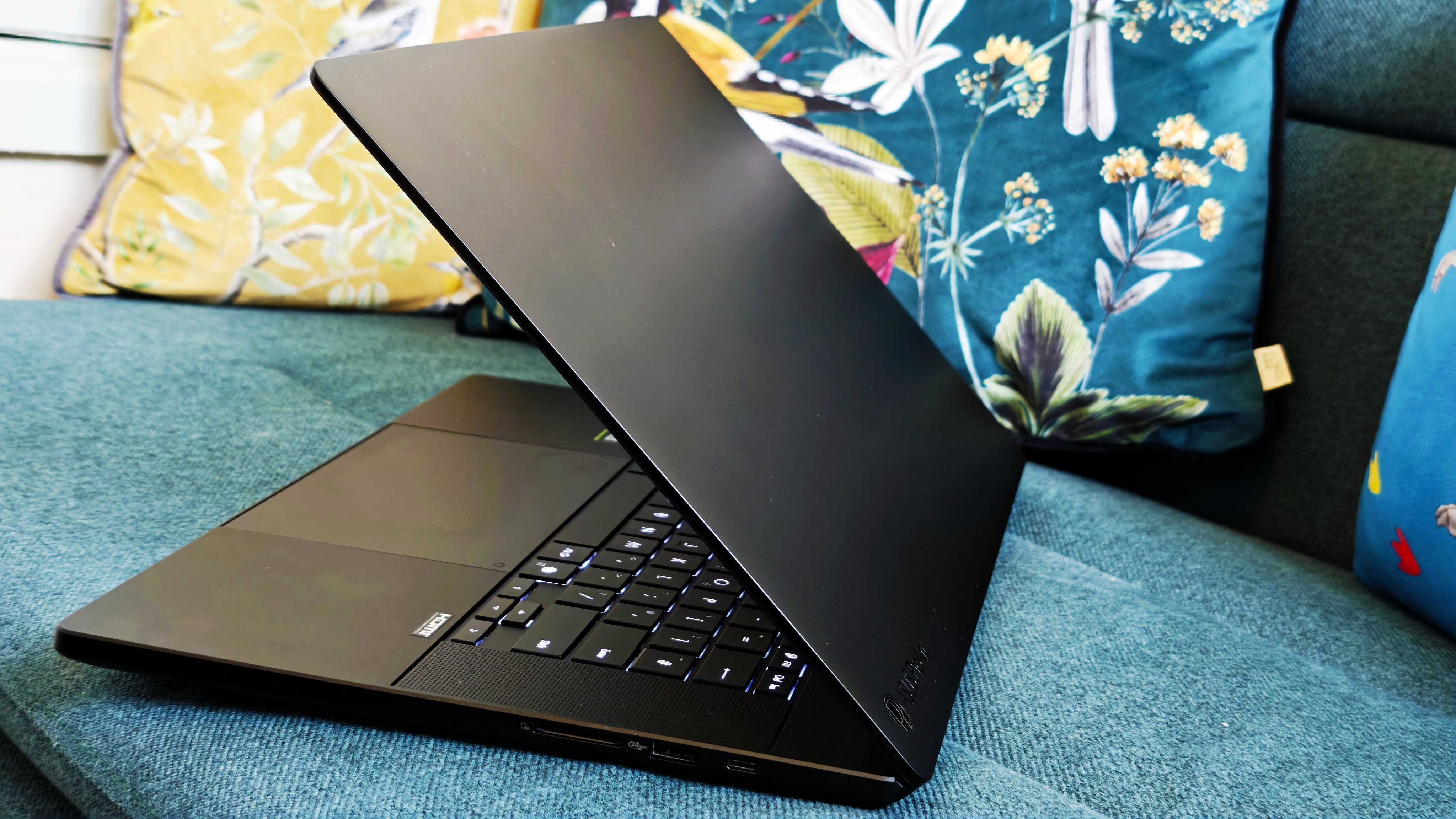
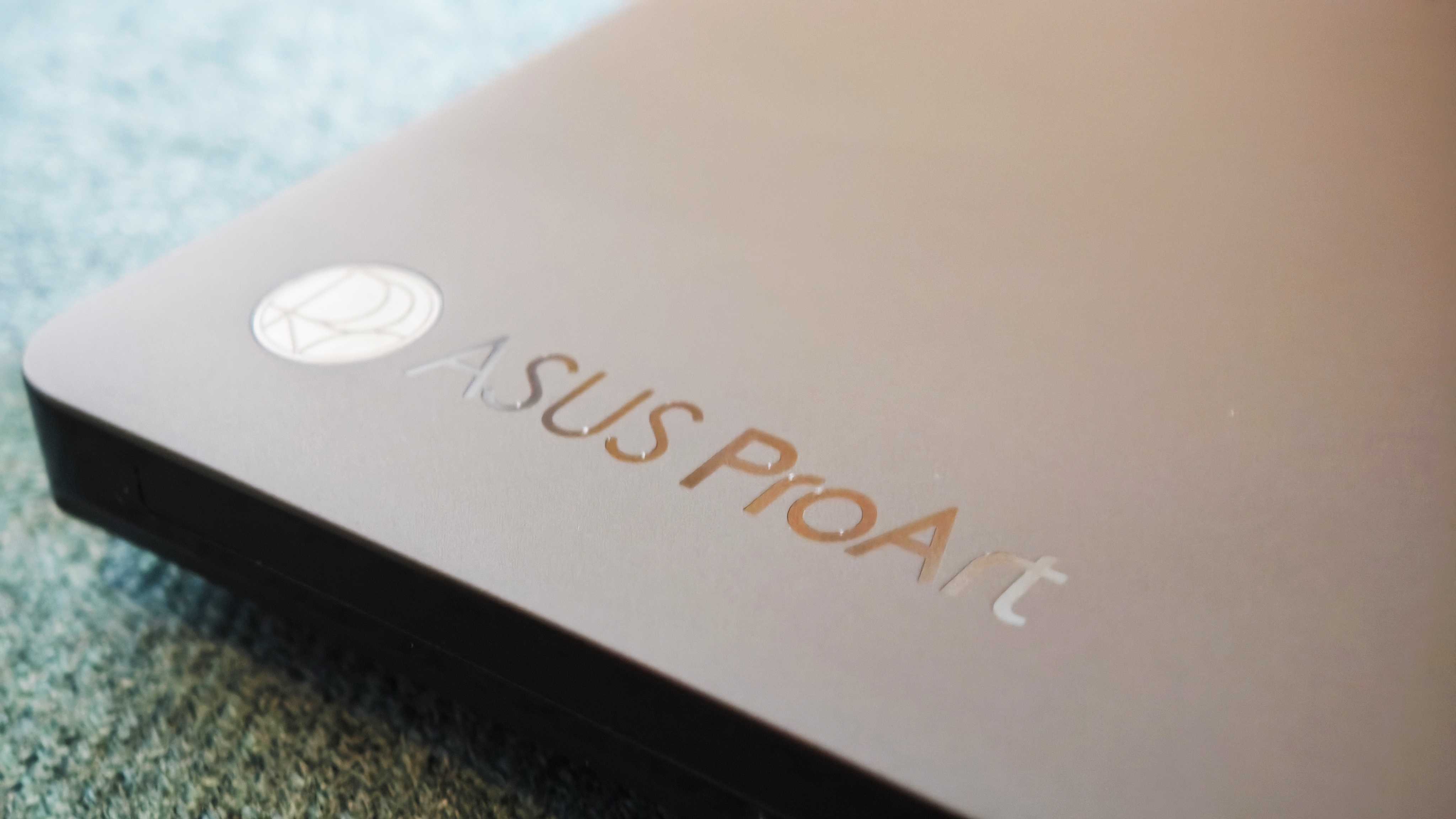
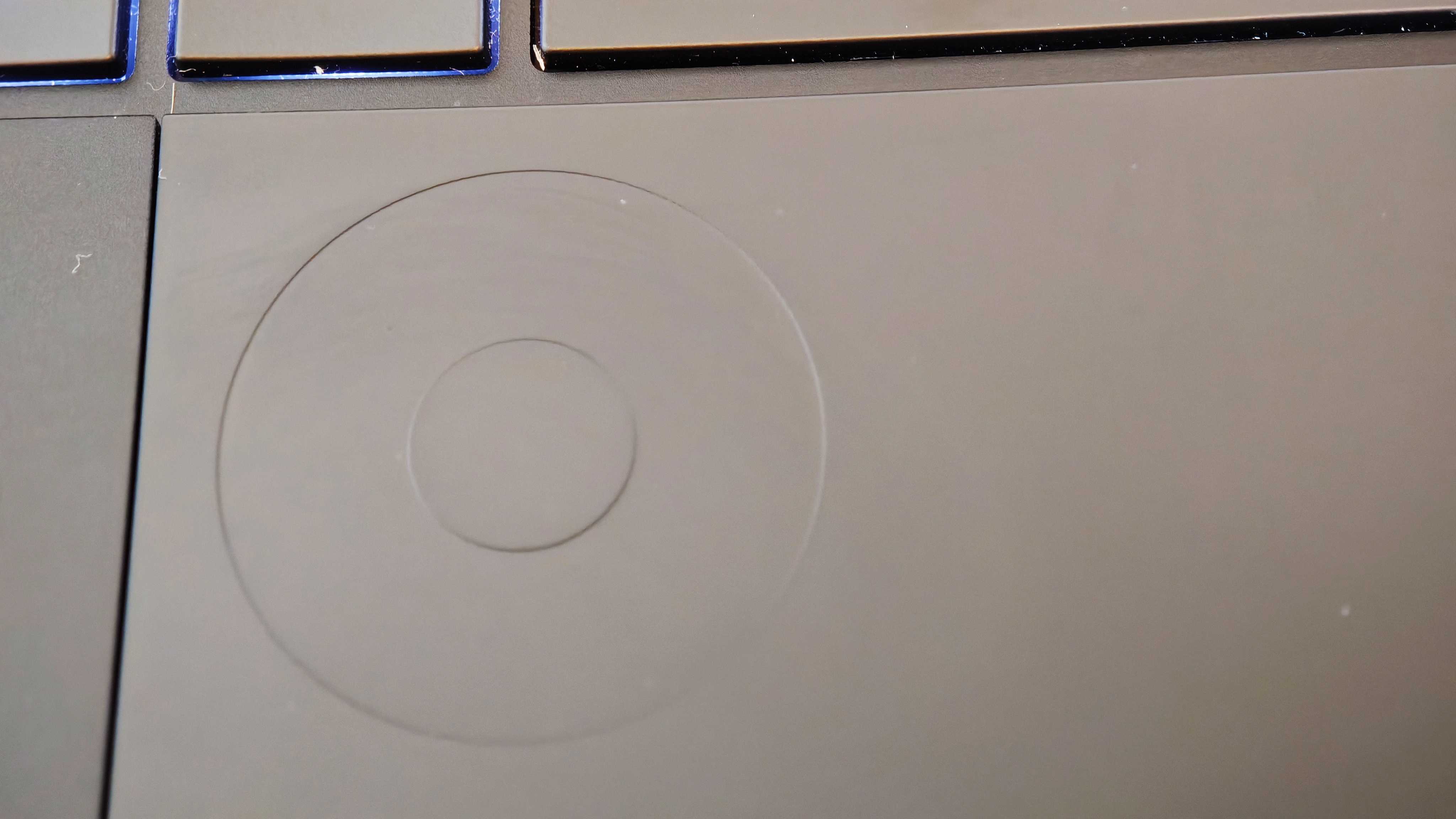
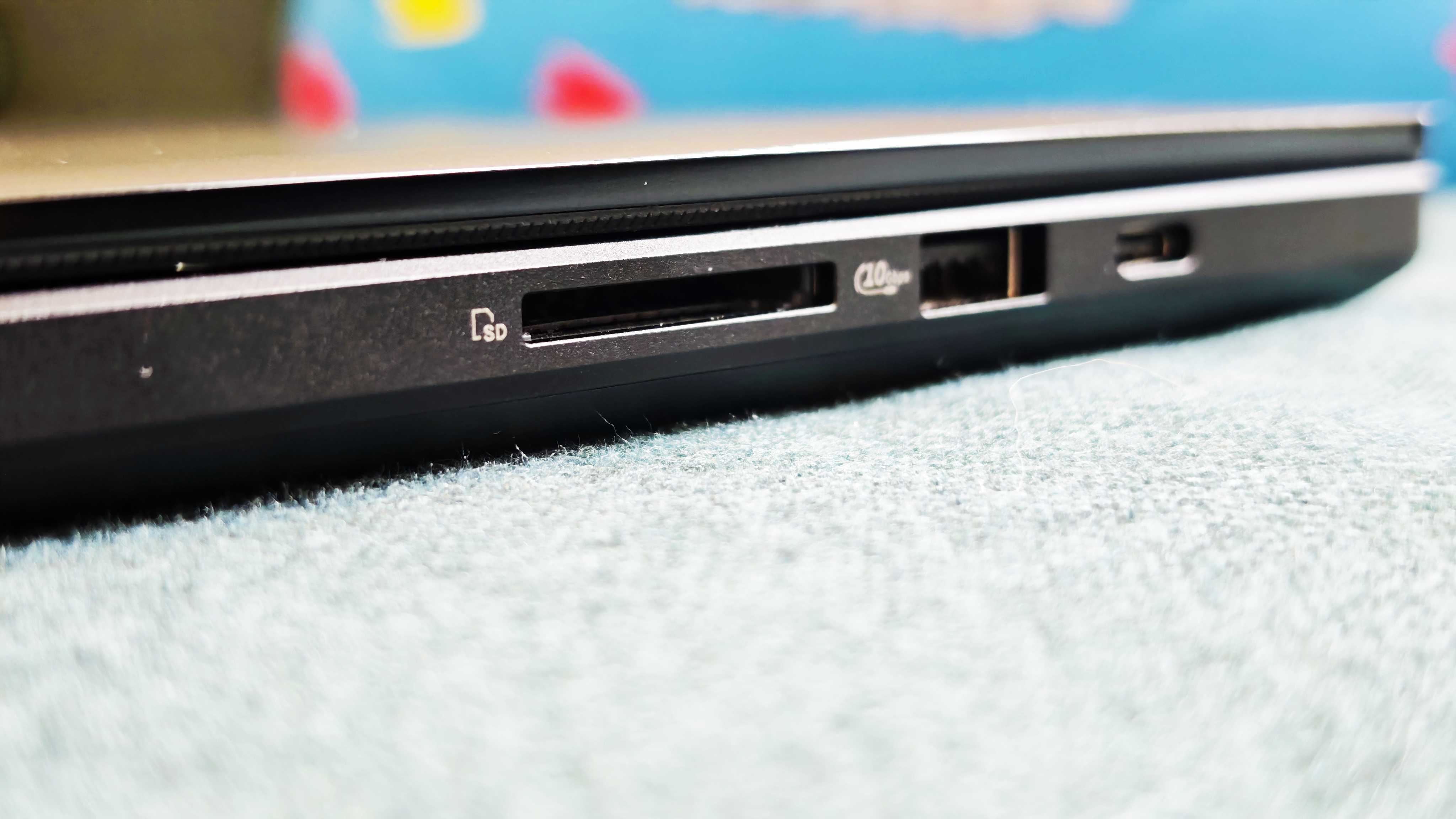
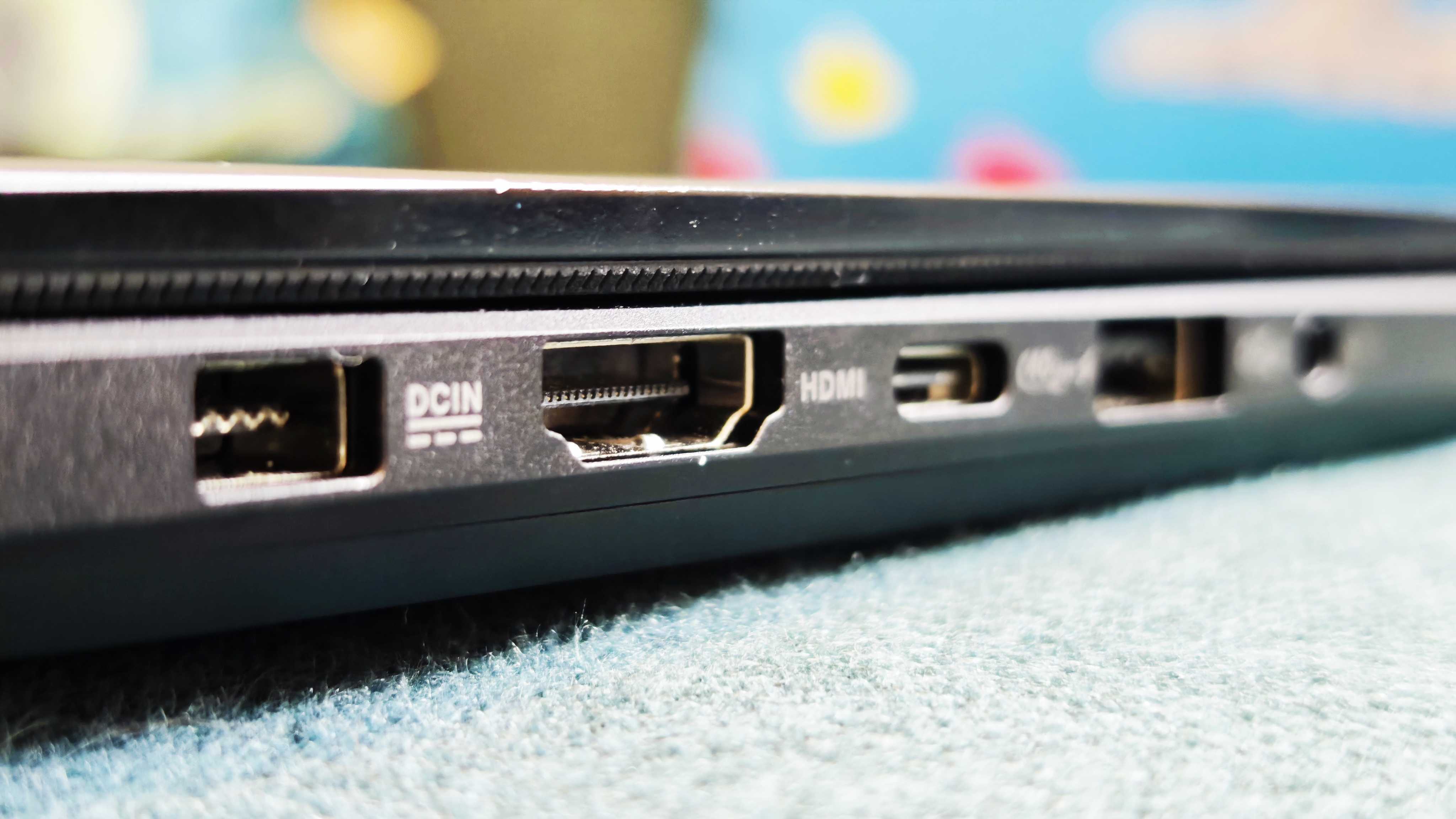
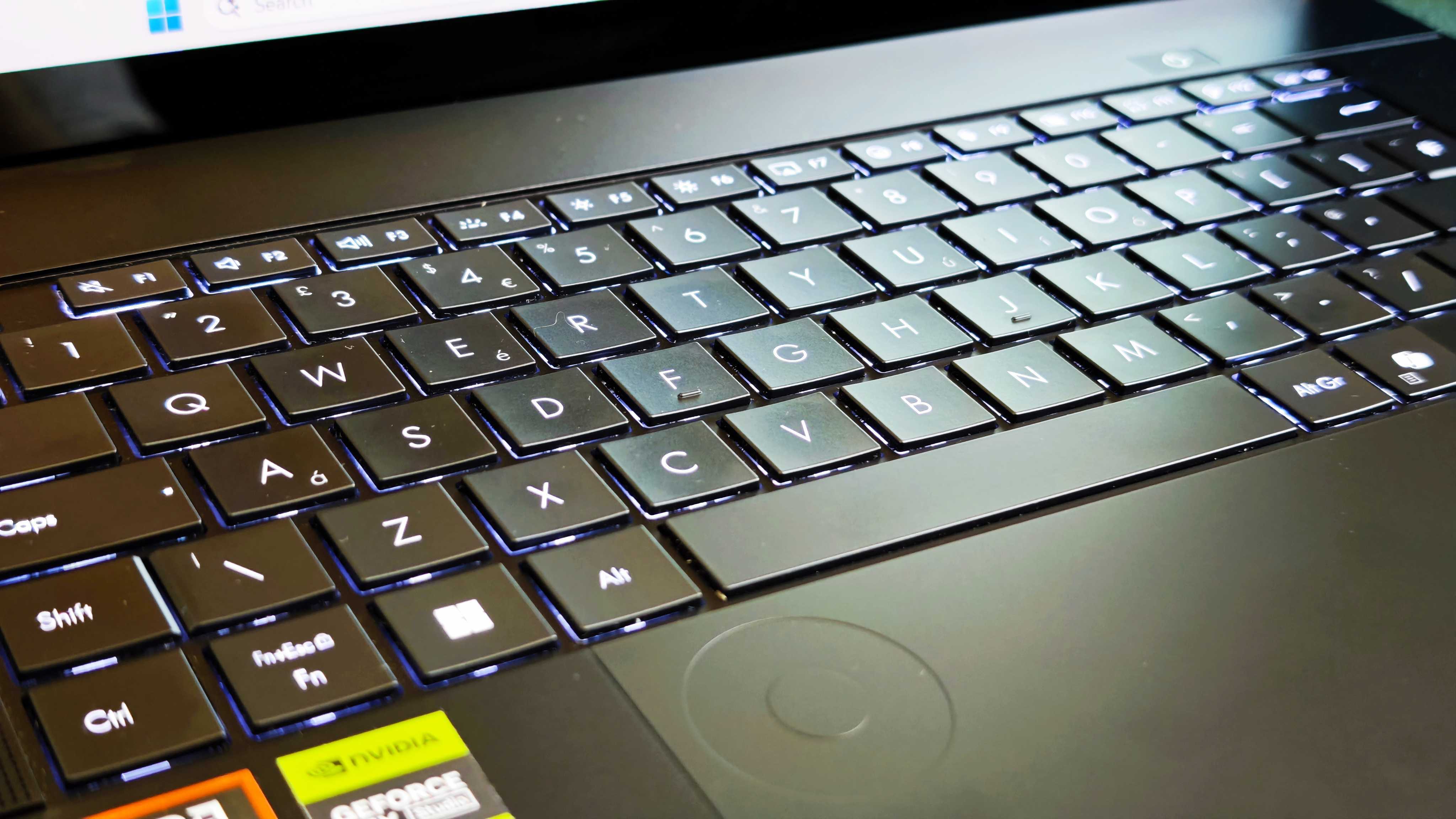
Specifications
Reasons to buy
Reasons to avoid
30-second review: The latest ASUS ProArt P16 is a cutting-edge 16-inch laptop from the Taiwanese manufacturer. The previous 2024 version used to top this list, but now that we've reviewed the newer model, it's a very easy decision for me to replace it. The combination of the latest AMD Ryzen AI processor with the brand new NVIDIA RTX 5070 processor makes for a machine that's practically tailor-made for a CAD workflow. If you've got the budget, it's the best choice.
Price: For less than the £/$3,000 you'd have to pay for a computer with a 5080/5090 graphics card, the ASUS ProArt P16 (2025) this a competitively priced a studio laptop that will last a demanding professional for years.
Design: Put the 2025 ASUS ProArt P16 beside the 2024 version and you'd be hard-pressed to spot much of a difference. The two laptops are externally essentially identical, with similarly sized chassis and 16-inch screens. This is partly down to NVIDIA helpfully making its 5070 cards the same size and shape as the 4070 version found in the previous P16, meaning the laptop body didn't need to be redesigned to accomodate them.
The integrated ASUS Dial on the touchpad is probably the most exciting offer when it comes to CAD work – it offers a precise degree of control and customisable functions. The only reason this laptop might not suit your CAD workflow is if you find yourself wanting a larger screen, such as the one on the Dell XPS 17 (2023).
Performance: Last year's P16 felt like it was at least on par with a MacBook Pro, and the upgraded version goes one better, delivering even better AI-powered graphic processing thanks to the aforementioned upgraded GPU. It'll handle even complex CAD and AutoCAD tasks without issue, and was able to ably deal with every task our reviewer threw at it. The cooling does pretty well too – it's not faultless, with the laptop both producing significant noise and noticeable heat when subjected to a heavy workload, but that's really just the price of admission for demanding computation. No need to be greedy.
You can get to the tune of 64GB of RAM, which will amply cover even the most heavy-duty CAD workflows. Storage-wise, if the 2TB PCIe 4.0 SSD drive isn't enough, there's also the option to expand via the via additional M.2 slot.
Battery: You might have assumed that all that computing and graphical power would be rough on a battery, and you'd be right. With that said, the 2025 ProArt P16 manages to deliver solid battery life for its class, managing about 6 hours of continuous video playback in our testing. This is a bit of a downgrade from the 2024 version, which managed up to ten hours – though of course, both pale in comparison to the battery life of ultraportables and hybrid-working laptops.
Read more: ASUS ProArt P16 review

"The ASUS ProArt P16 is pretty much everything an ambitious creative professional could hope for. It pairs up to 64GB of RAM with a 50-series graphics card to provide fantastically smooth operation."
Best dual-screen laptop for CAD and AutoCAD

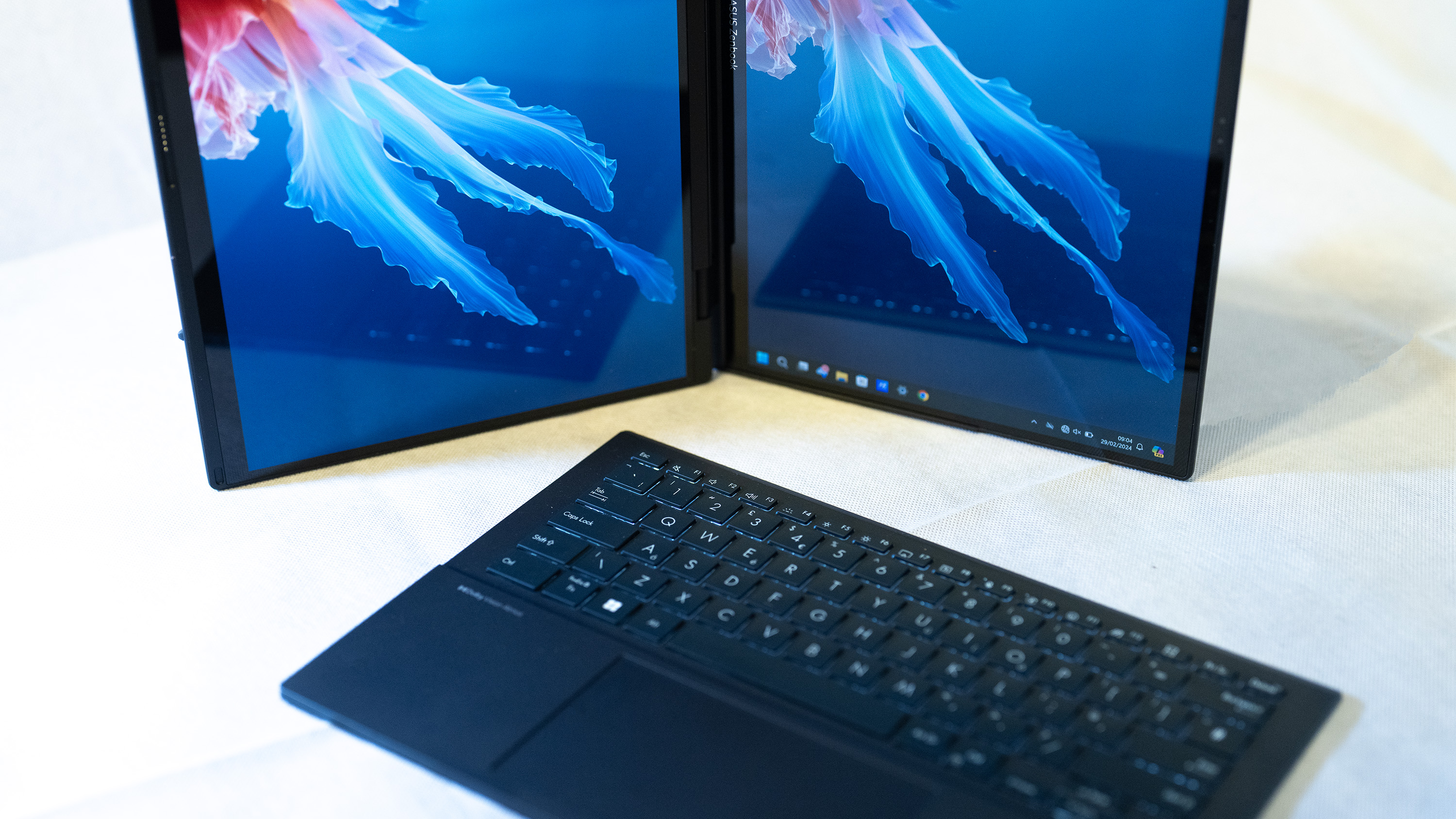


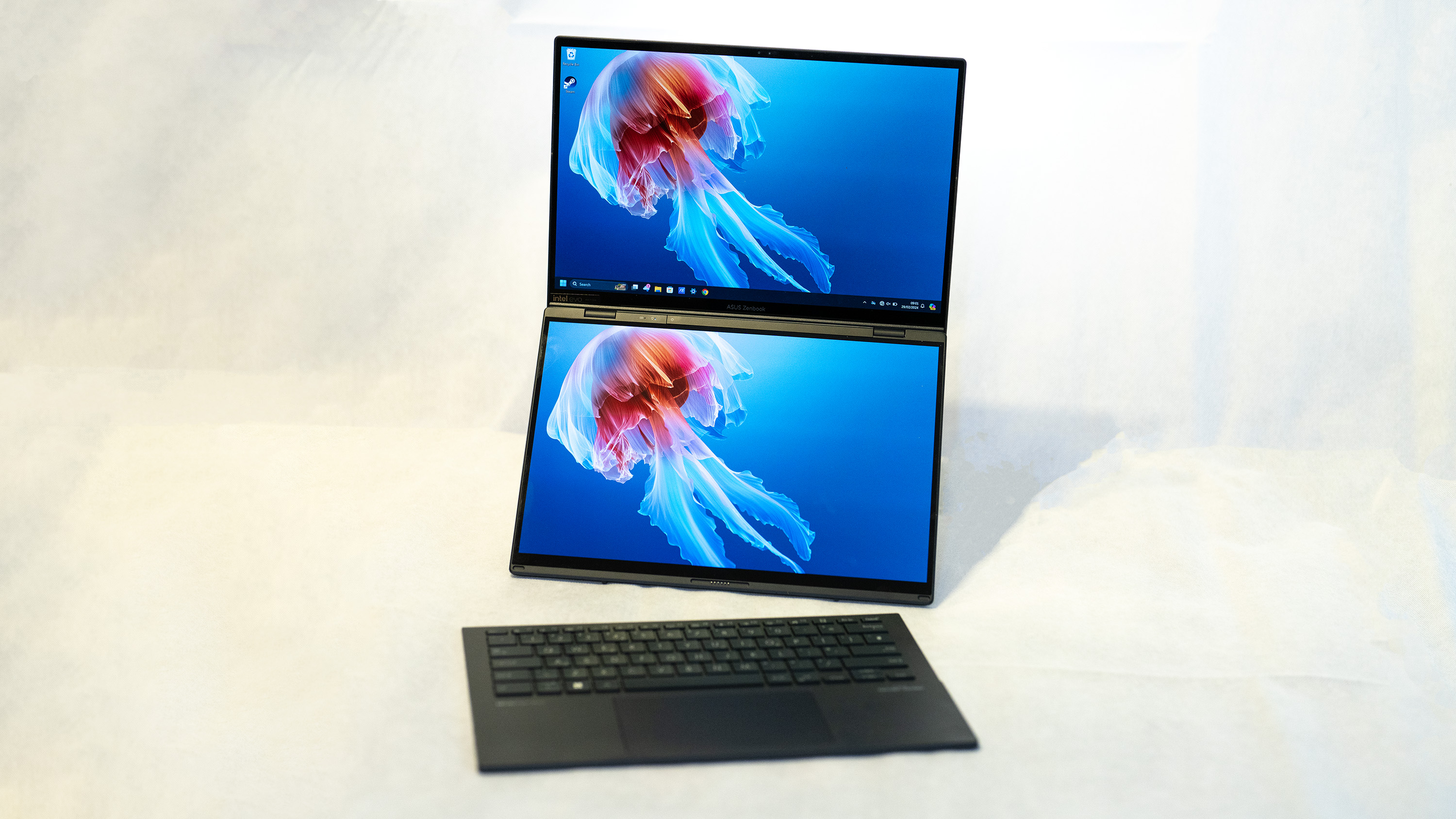
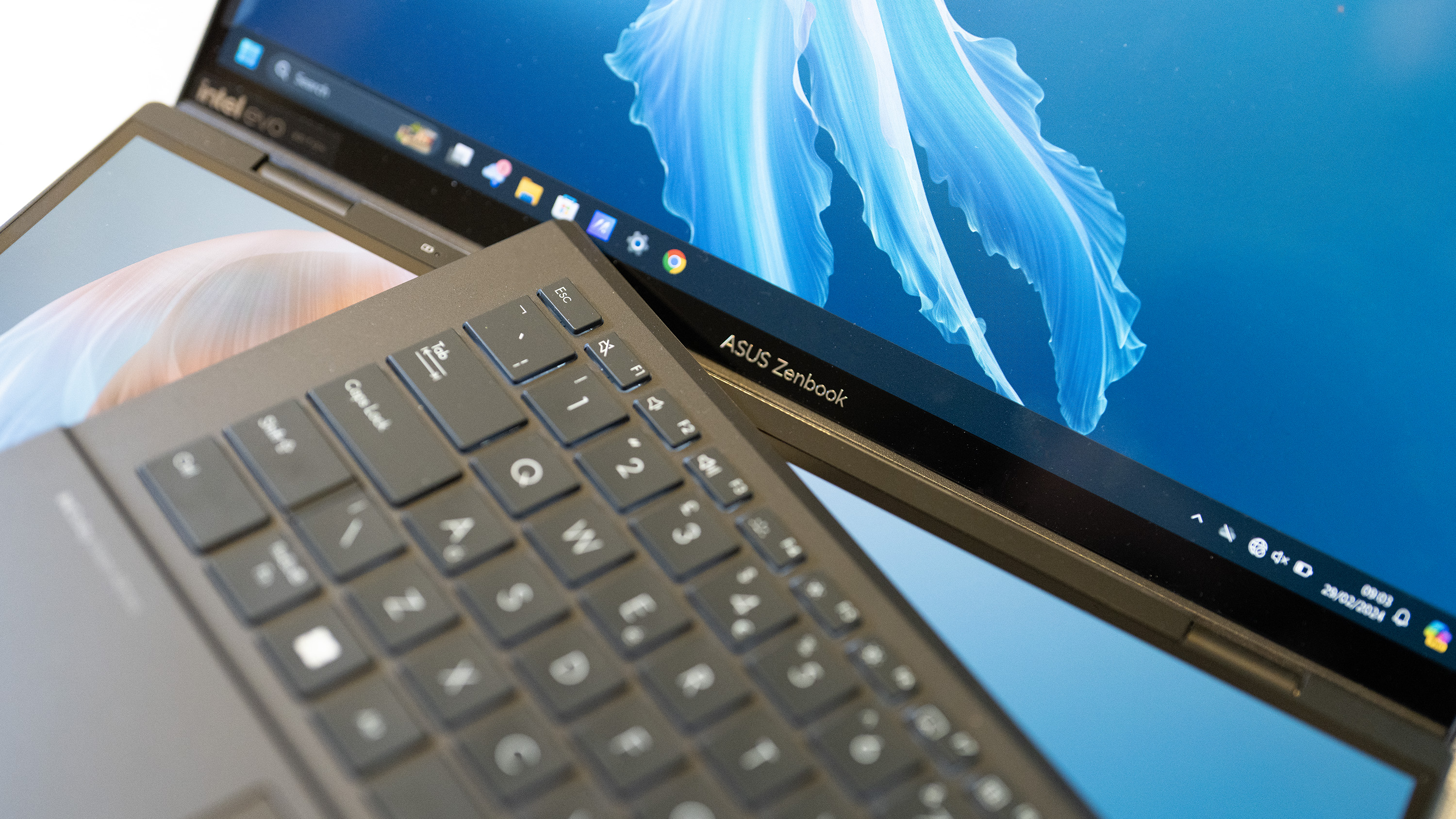
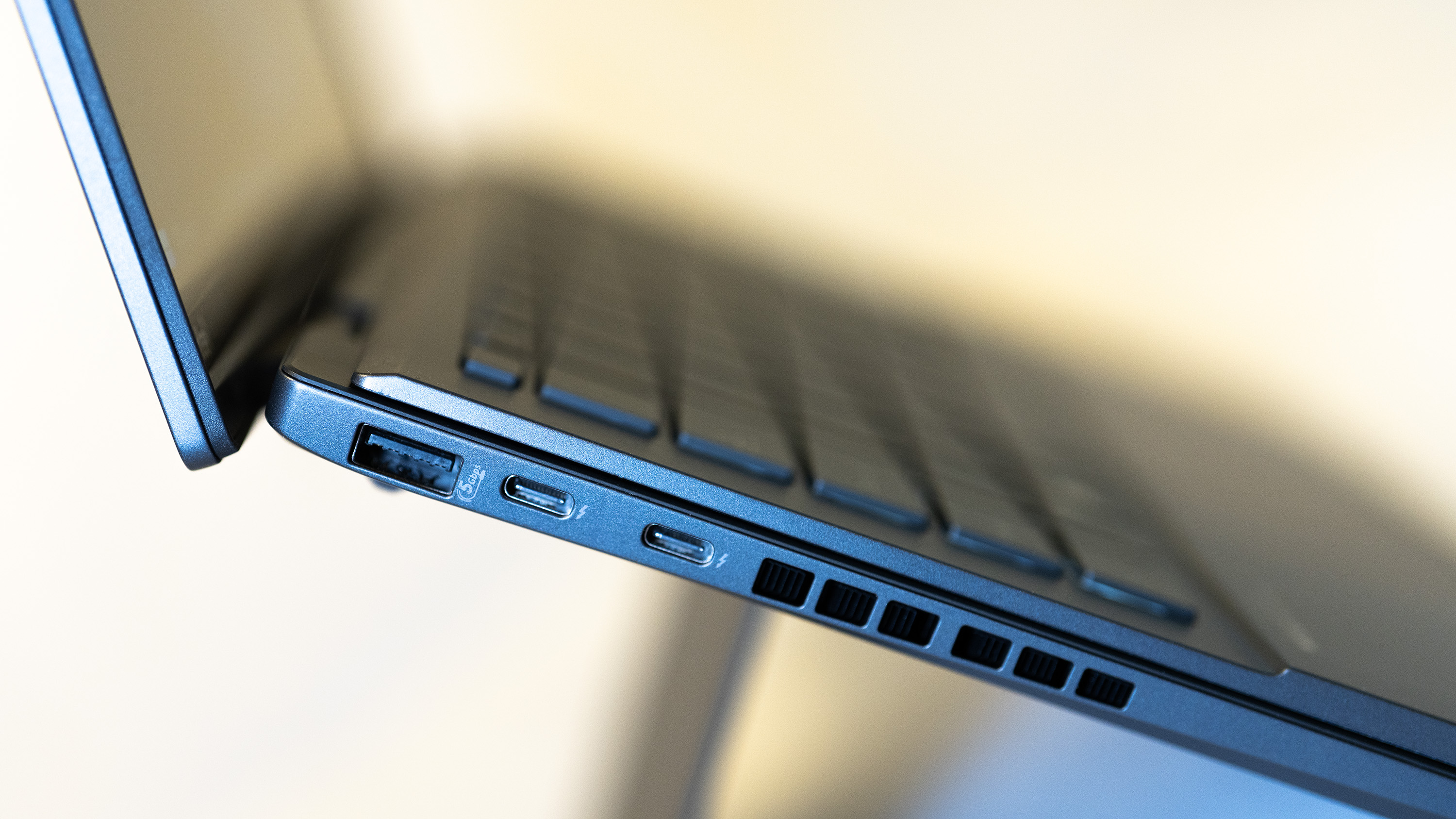
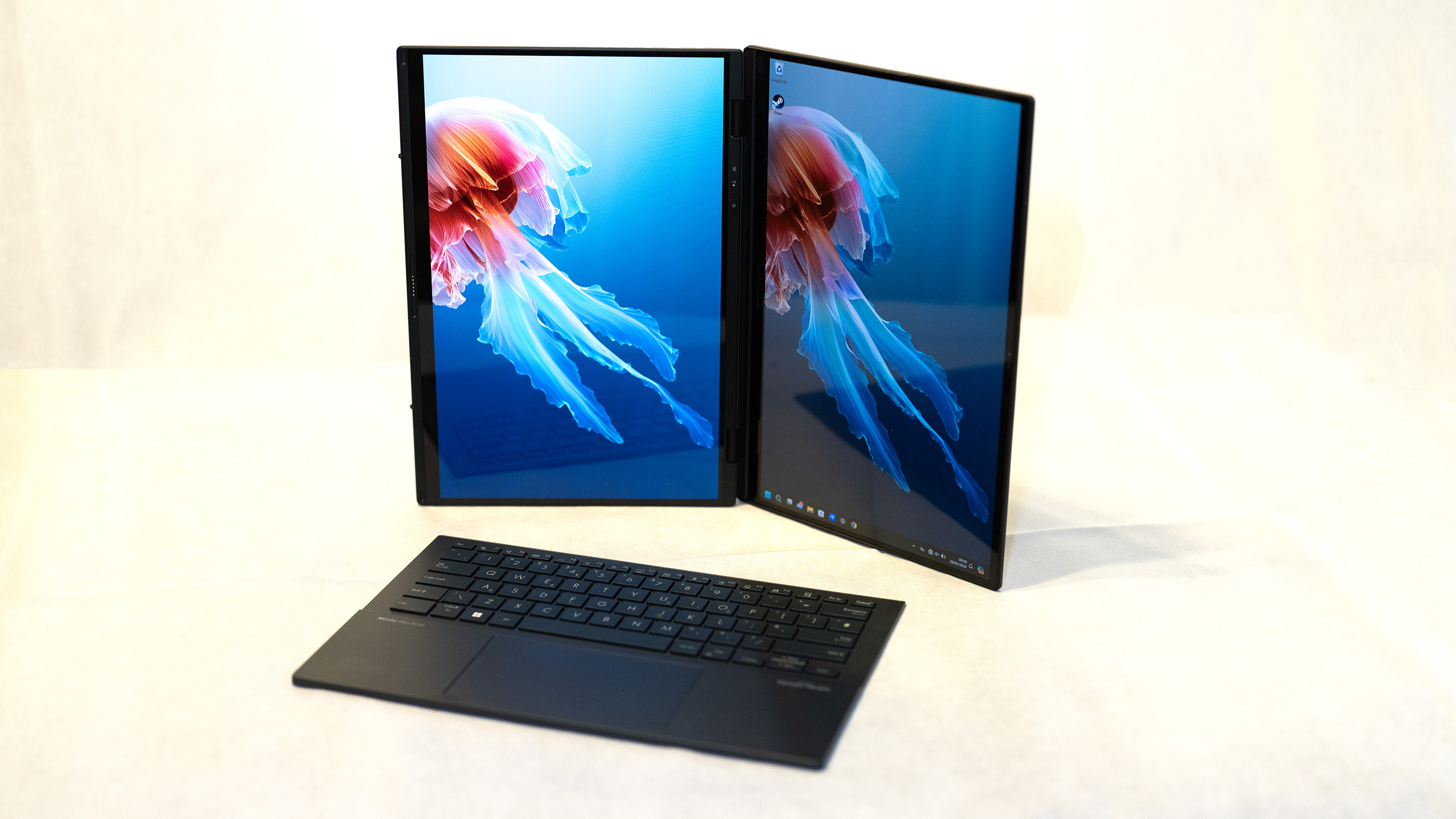
Specifications
Reasons to buy
Reasons to avoid
30-second review: The ASUS Zenbook Duo OLED 2024 is a groundbreaking laptop featuring two 14-inch OLED touchscreens, allowing for unparalleled workspace customization. It's powered by Intel's latest Core Ultra 9 processor and comes with ample RAM and storage for CAD applications.
Price: The ASUS Zenbook Duo OLED 2024 starts at £1,699 and goes up to around £2K. That's a similar cost to the MacBook Pro 14 (M4, 2024), but without M4 levels of performance: what you're really paying for here is the unique form-factor.
Design: The standout feature is the dual-screen design, with both displays offering 2880x1800 resolution and 120Hz refresh rate. The screens can be used in various configurations, either stacked or side-by-side, providing flexibility for different CAD workflows. The detachable keyboard adds to its versatility.
Performance: The Intel Core Ultra 9 185H processor in this laptop provides excellent performance for CAD work. While the integrated Intel Arc Graphics may not match dedicated GPUs for the most demanding 3D tasks, it's capable of handling most CAD applications efficiently. The 32GB of RAM ensures smooth multitasking, even with complex projects. The latest Cinebench 2024 benchmark is hard on processors, but in our tests the Zenbook Duo OLED put in a score that’s between the Apple M1 and M1 Max.
Battery: Battery life is impressive when using a single screen, lasting over 12 hours in tests. However, using both screens simultaneously can significantly reduce battery life, making it best suited for use near a power source during intensive dual-screen sessions.
Read more: ASUS Zenbook Duo OLED 2024 review

"One of the best laptops we've ever reviewed on Creative Bloq. The pair of touchscreen OLEDS attached to the keyboard module offer something few other laptops can provide. Creative work on the move can now be meaningful. Remarkable."
Best big screen for CAD
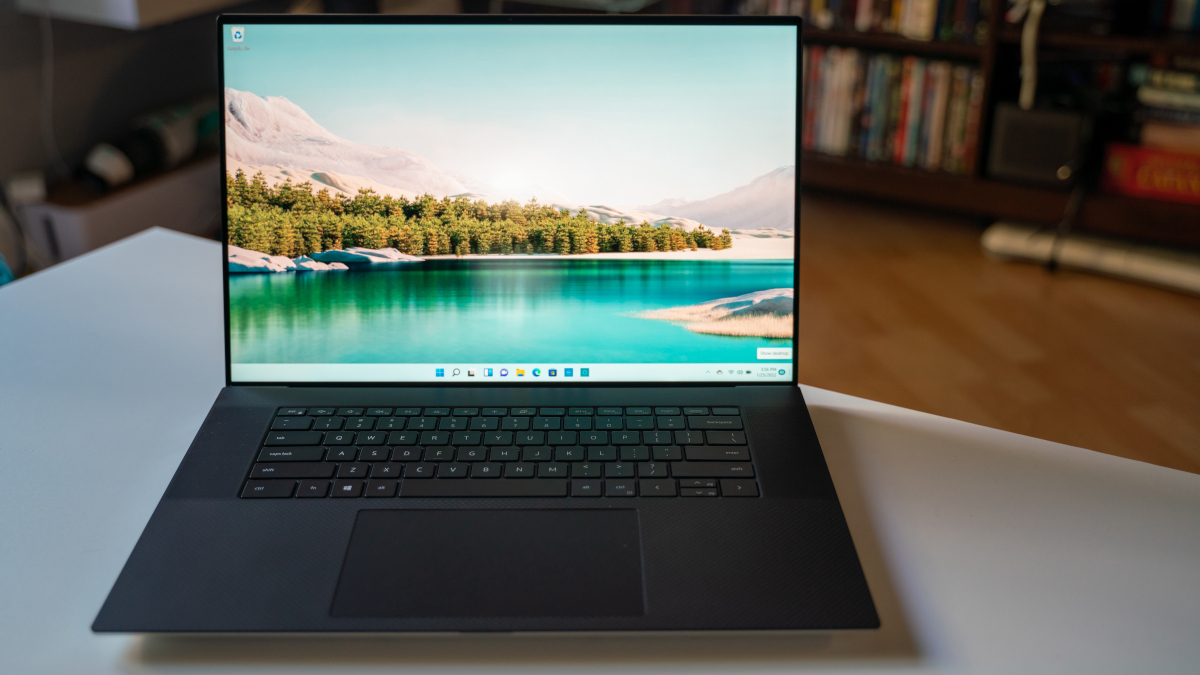
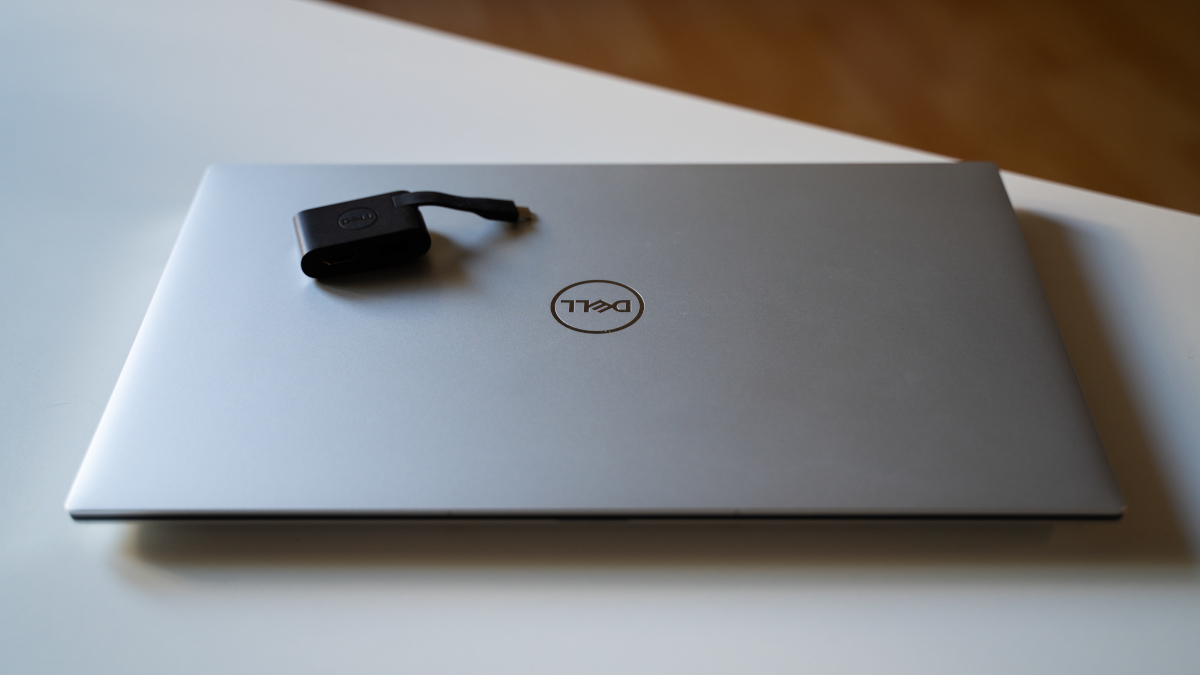
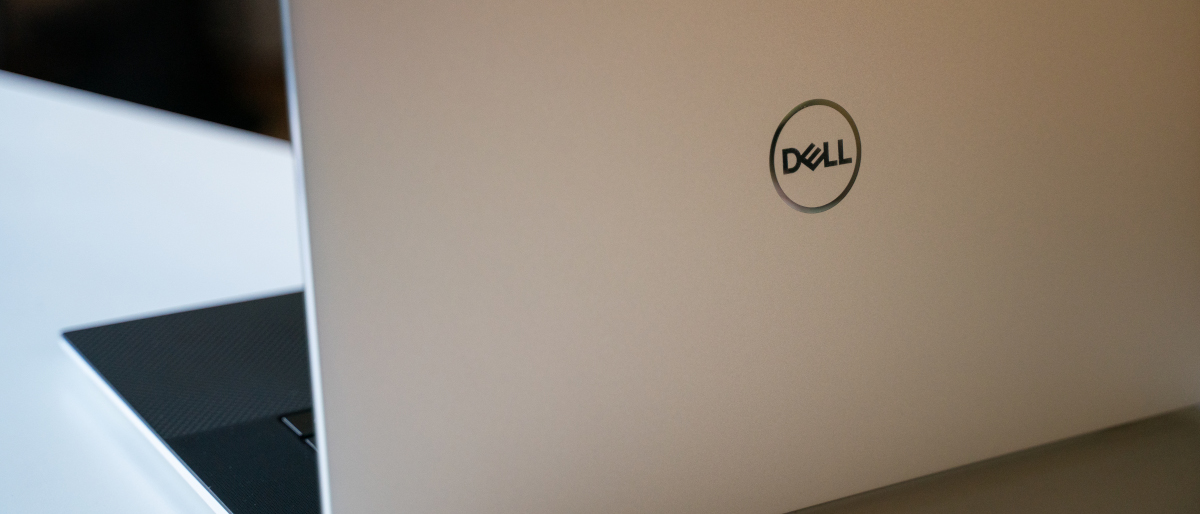
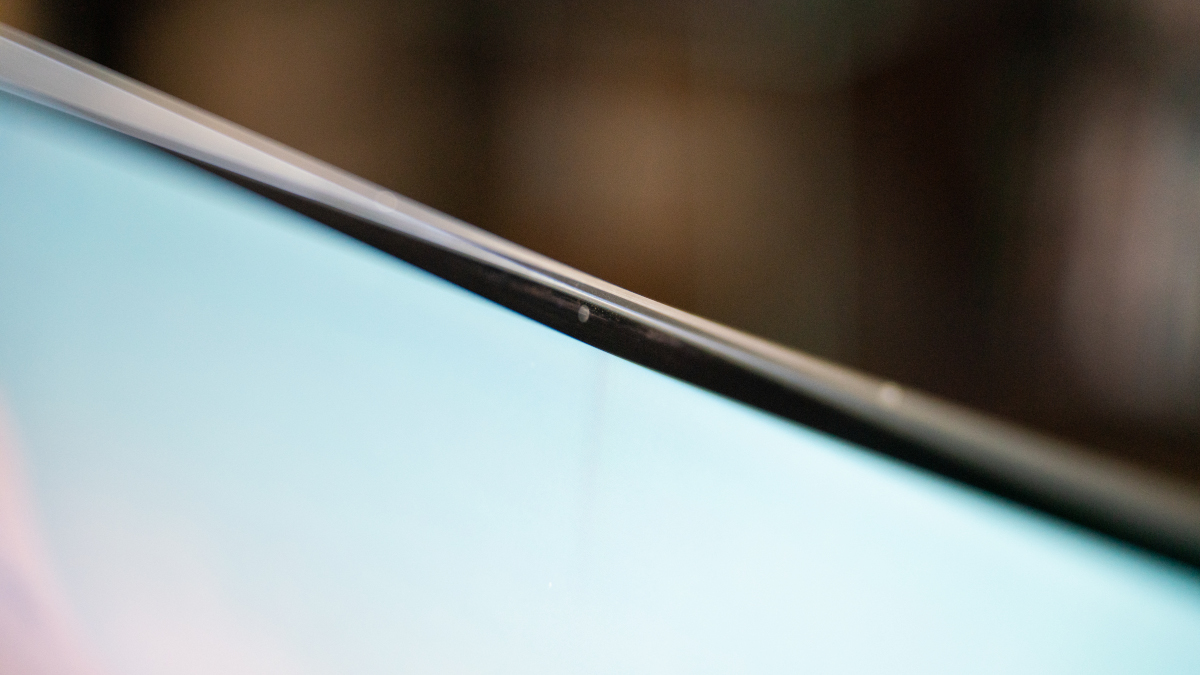
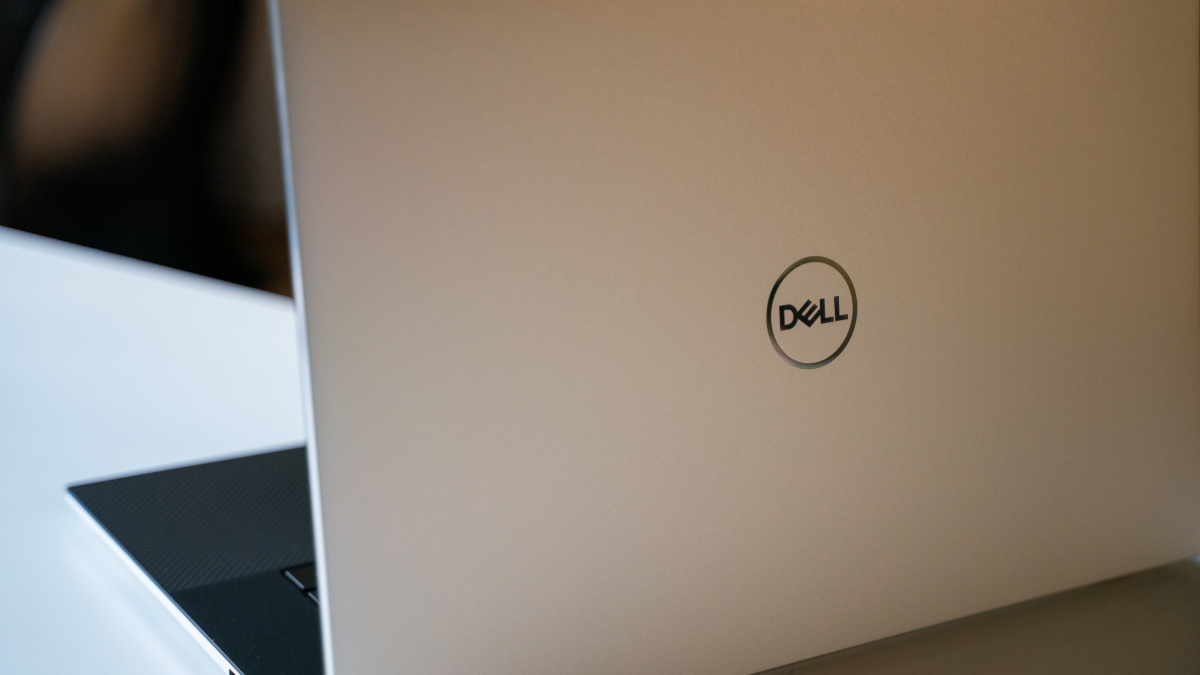
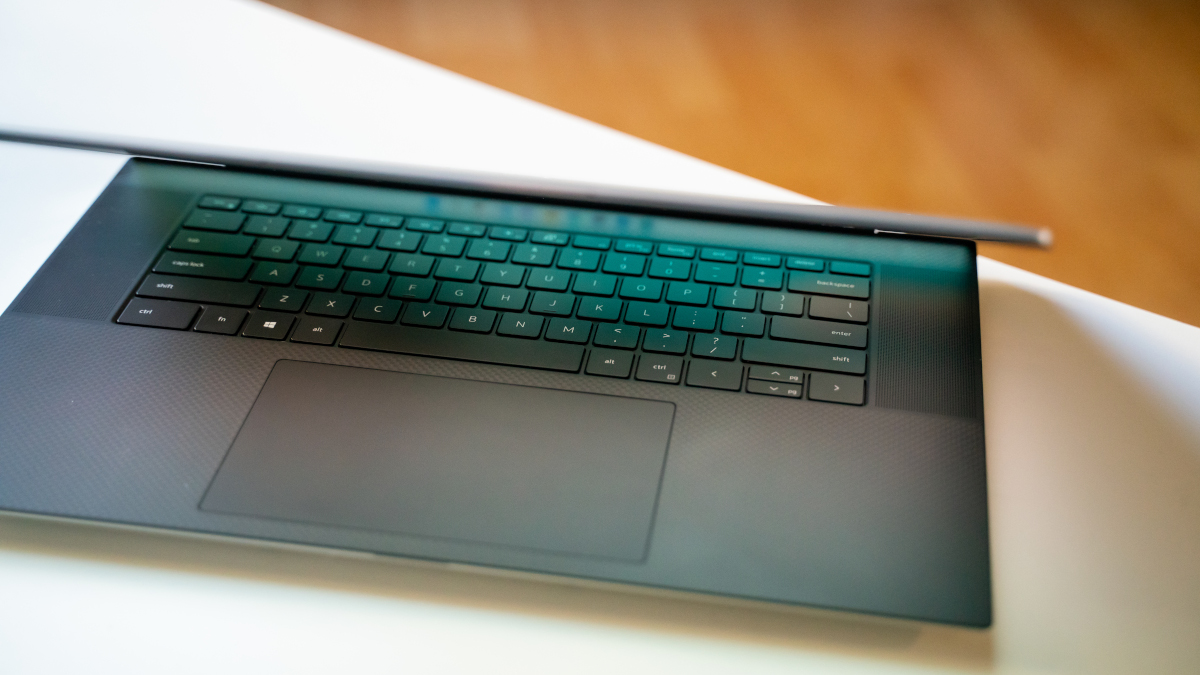
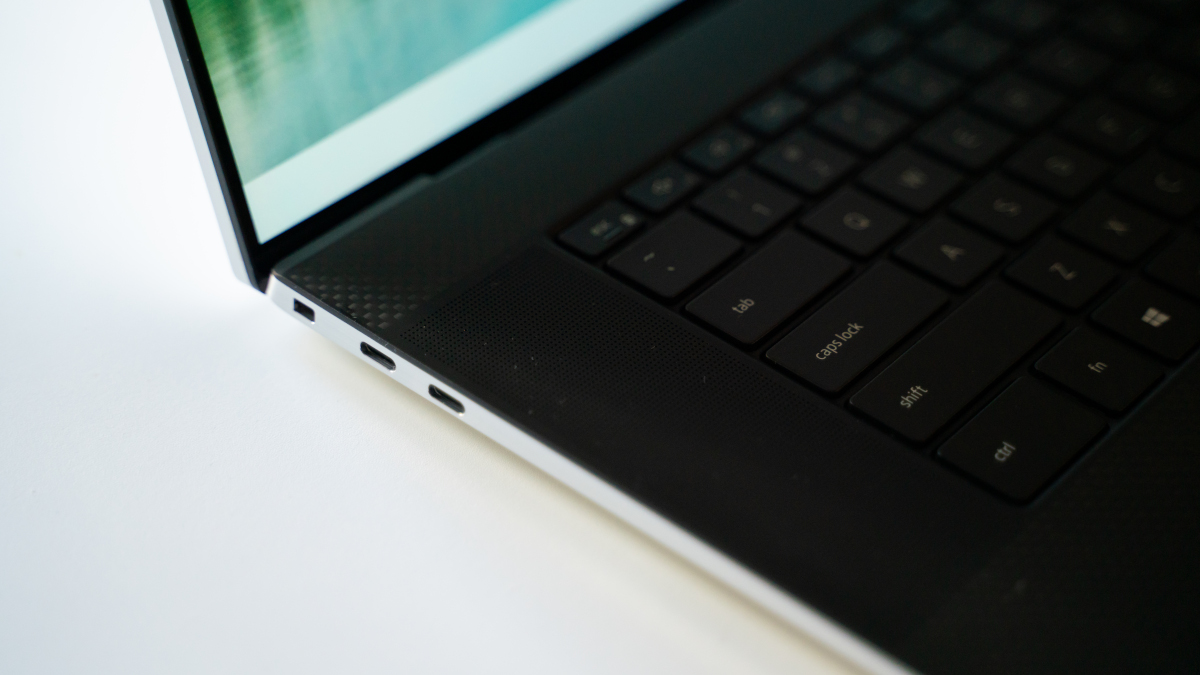
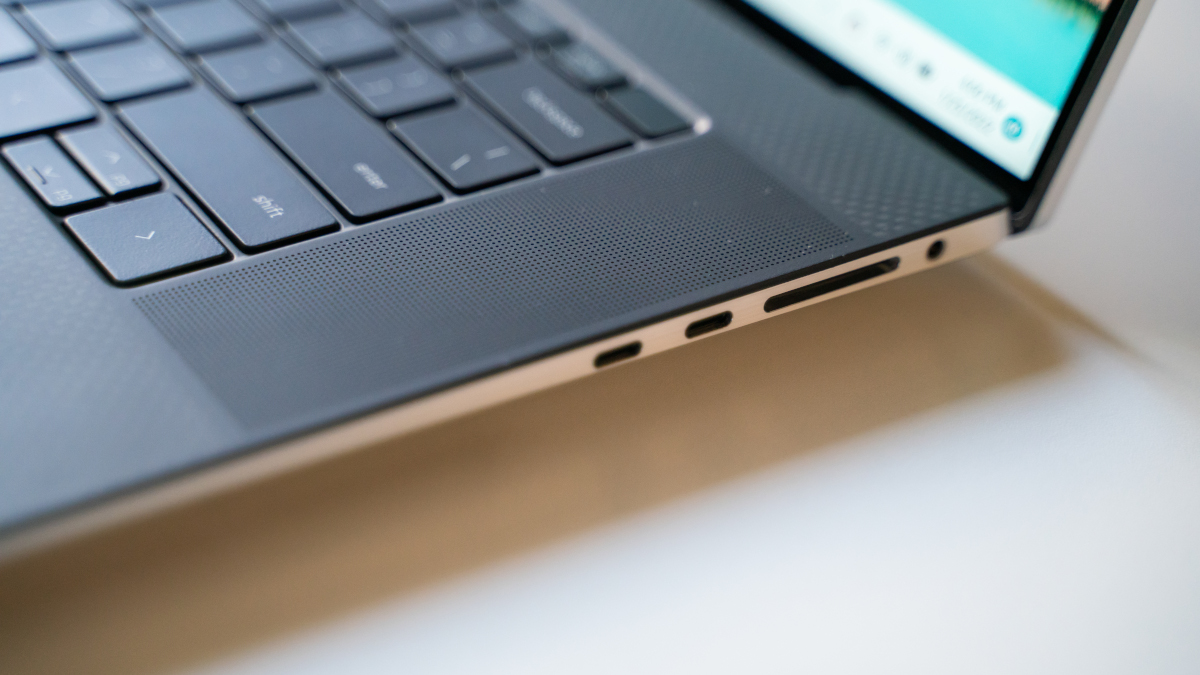
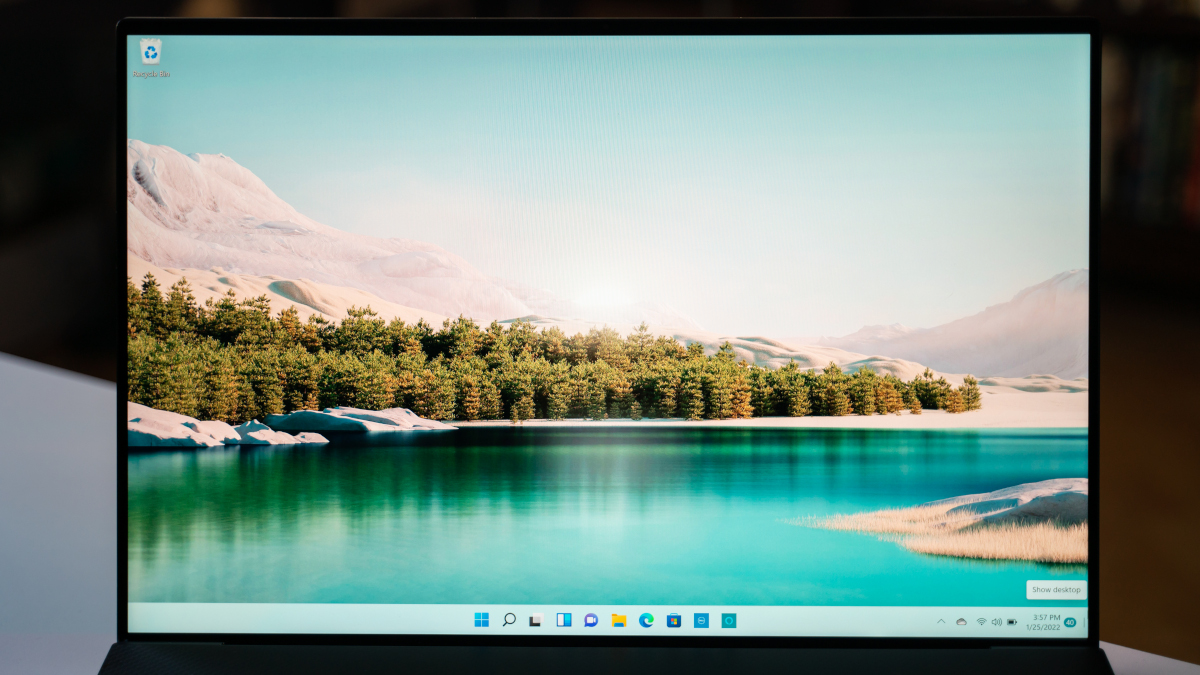
Specifications
Reasons to buy
Reasons to avoid
30-second review: The Dell XPS 17 has a gorgeous, large screen—even larger than the 16in display of our number one pick, the ASUS ProArt P16. That can be a great help when designing in a CAD application, giving you more room to work, and to show off your projects to co-workers and clients. This laptop can get pretty expensive in its higher configurations, but you will get the specs and power to match.
Price: The Dell XPS 17 will cost you between $1,500-$4,000 depending on the configuration. That's expensive, but we reckon it gives pretty good bang-for-buck overall.
Design: The Dell XPS 17 proves a large-screen laptop doesn't have to be big and bulky. This is an impressively thin and light laptop, with the same attractive design found in the smaller Dell XPS 13 and XPS 15 laptops.
Performance: The 17-inch 3840 x 2400 InfinityEdge touch display, with its 4K resolution, anti-reflective coating and 500 nits of brightness, is a pleasure to use. You also get 100% Adobe RGB and 94% DCI-P3 color gamuts, and a decent 1600:1 contrast ratio. The internals are impressive too. Our reviewer found that whether it was tackling graphically demanding and processor-intensive tasks or basic productivity workloads, everything ran quickly and smoothly, and it stayed cool, too. On the downside, the anti-reflective coating wasn't quite enough to allow us to work on this laptop outdoors in broad daylight.
Battery: Dell reckons this laptop will deliver 5 hours and 59 minutes of battery power, and we got 5 hours and 45 in our tests. Considering the laptop’s 4K screen and RTX 3060 graphics, that’s not bad.
Read more: Dell XPS 17 review

"The 17-inch 3840 x 2400 InfinityEdge touch display, with anti-reflective coating and 500 nits of brightness, is a pleasure to use. The display offers impeccable picture quality, delivering sharp details and vibrant colours."
Best 2-in-1 laptop for CAD
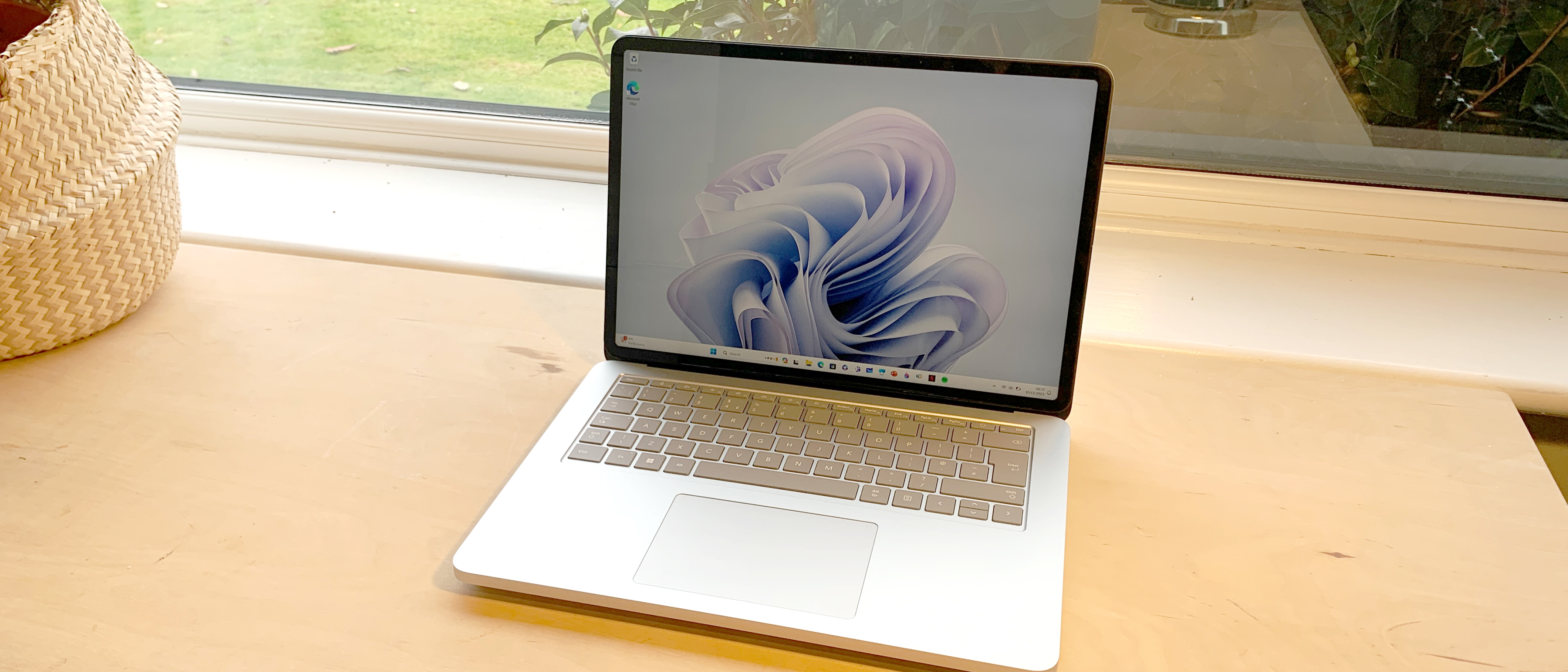
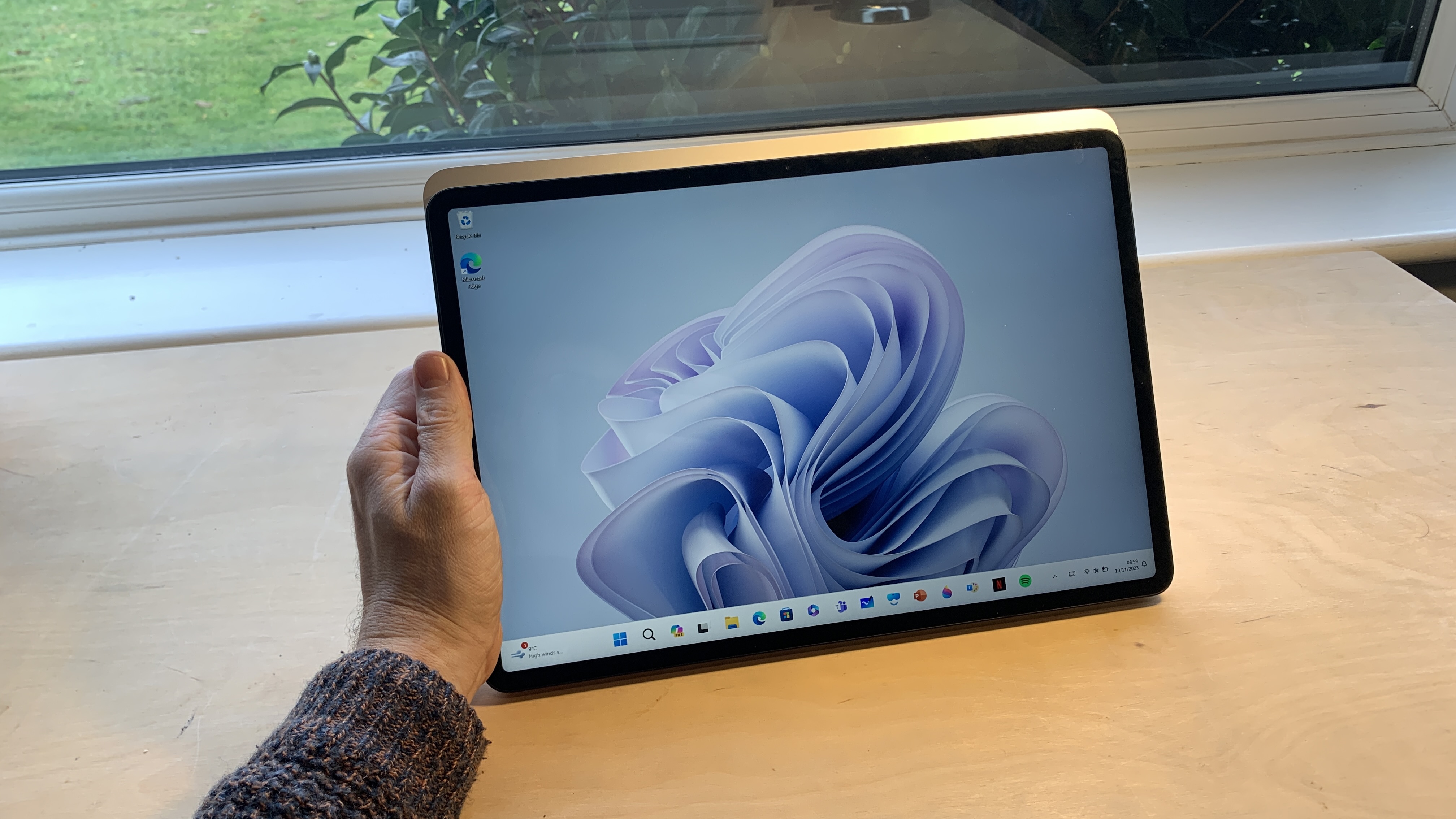
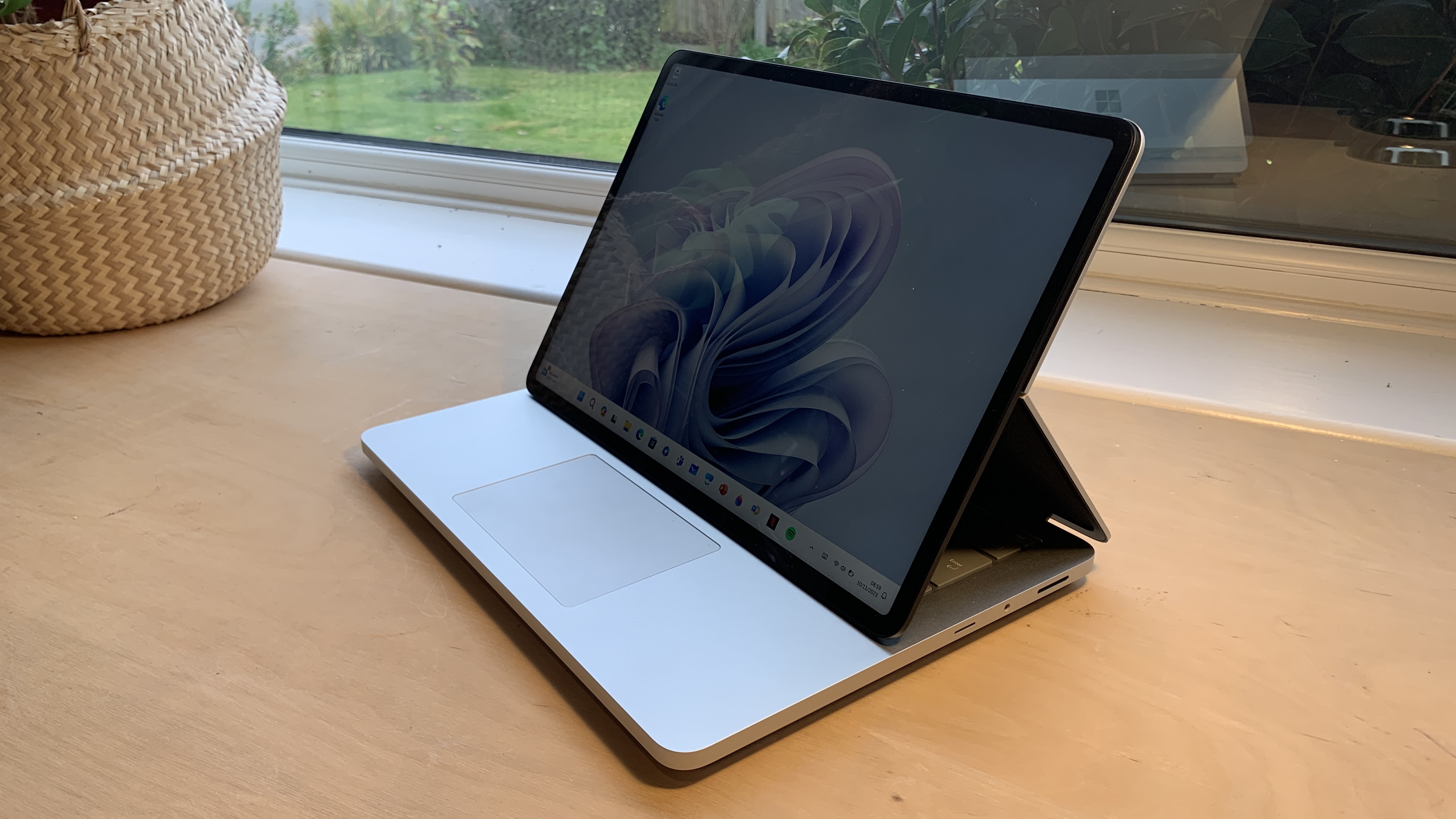
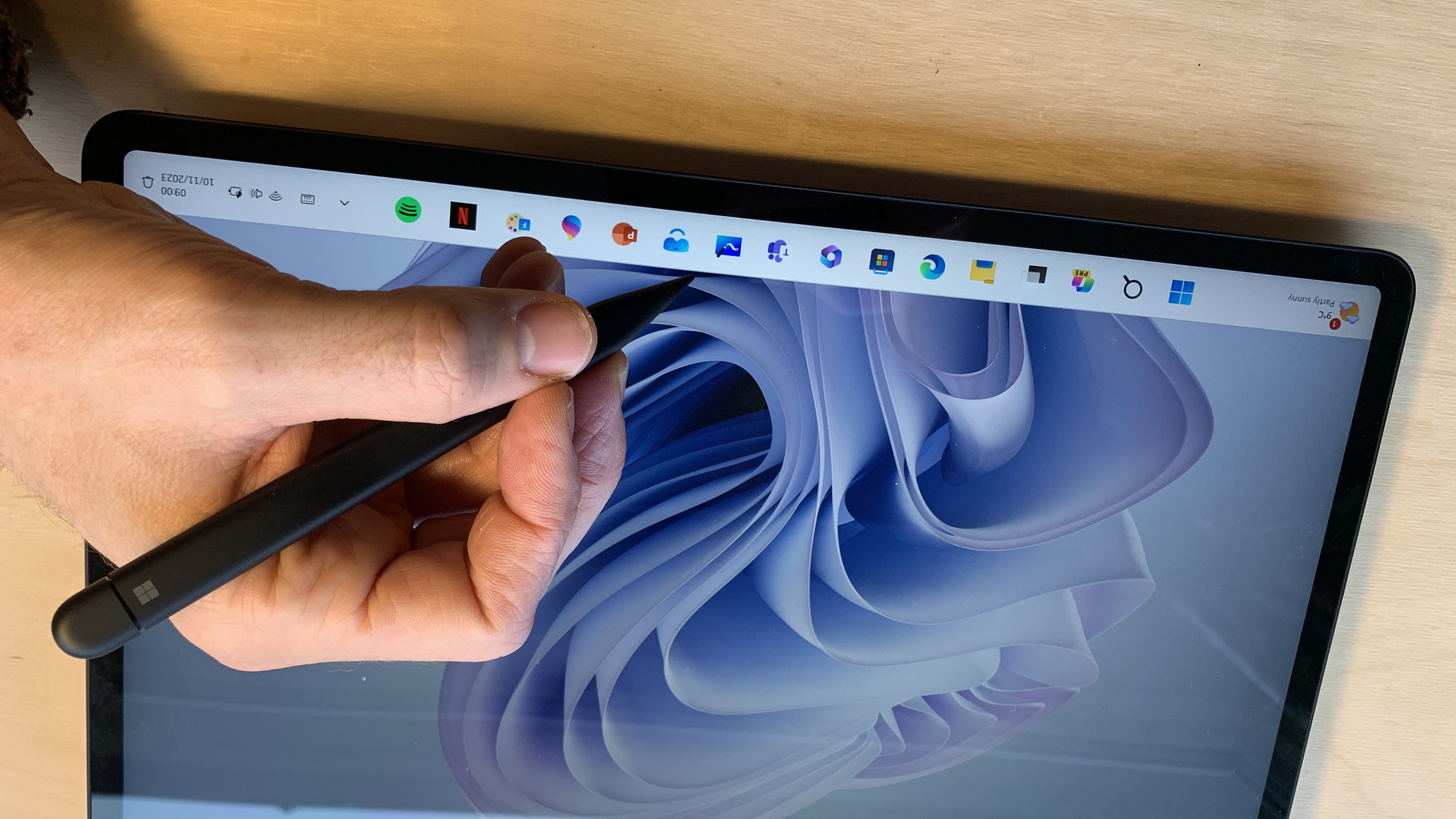
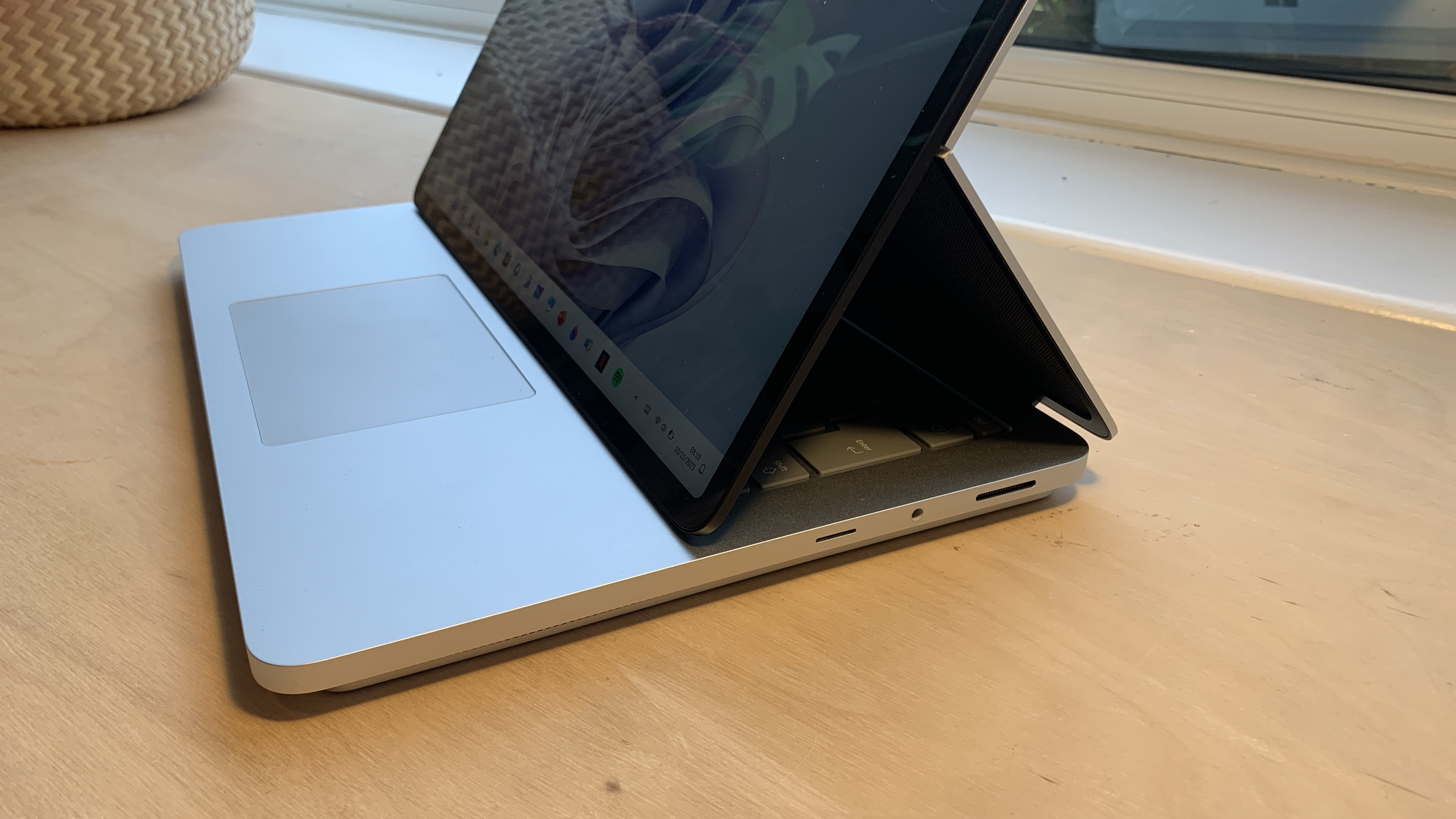
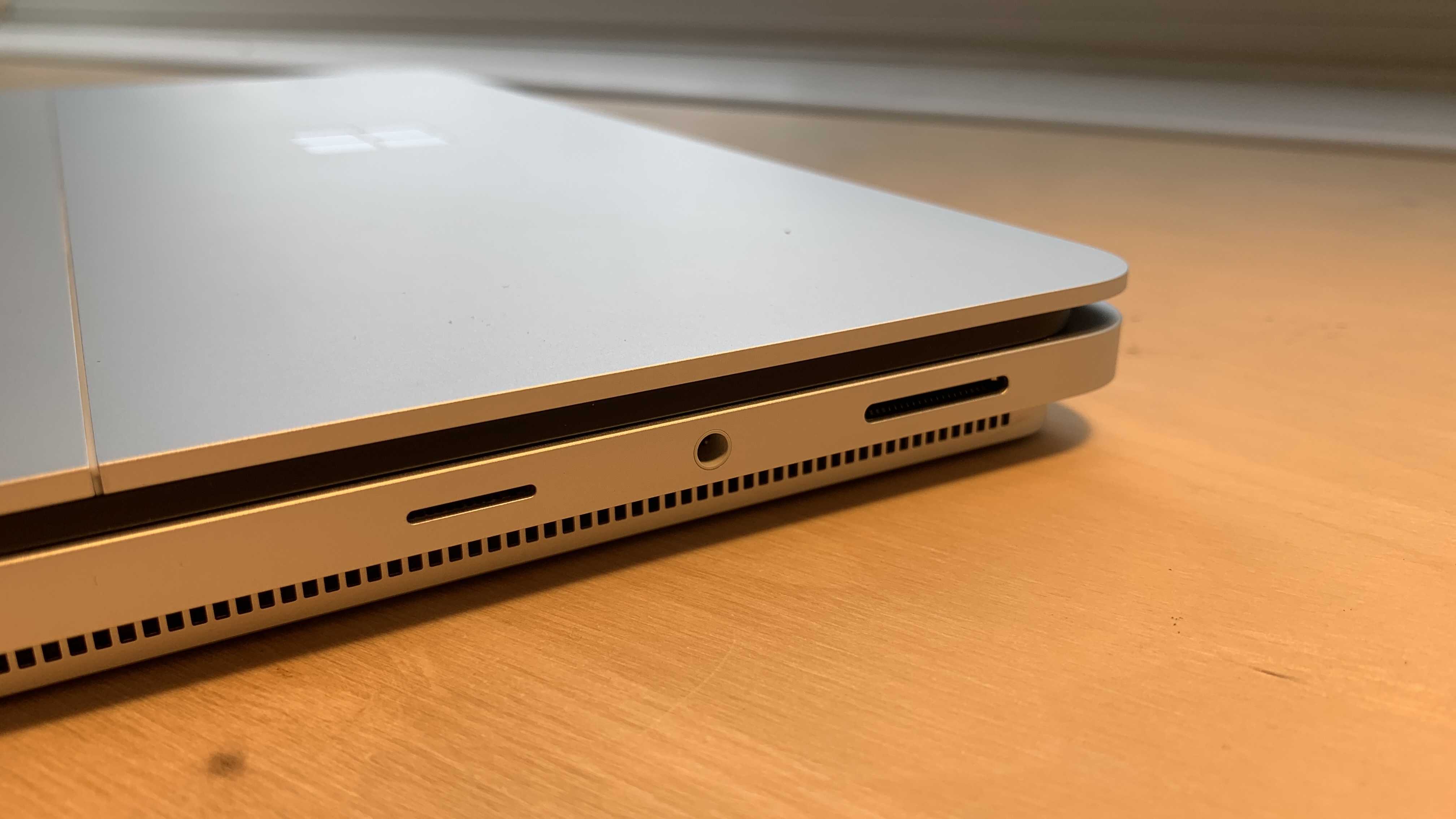
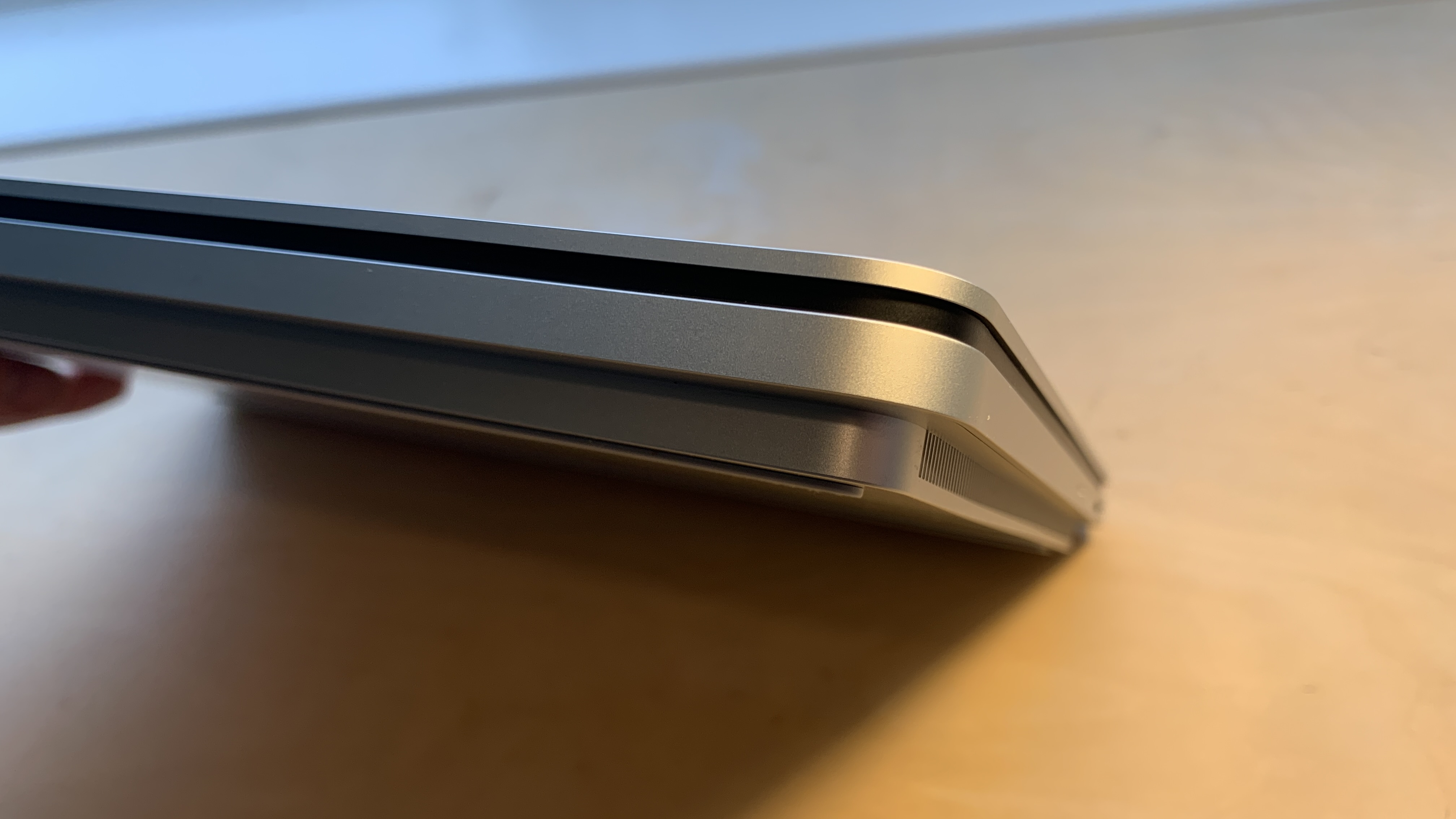
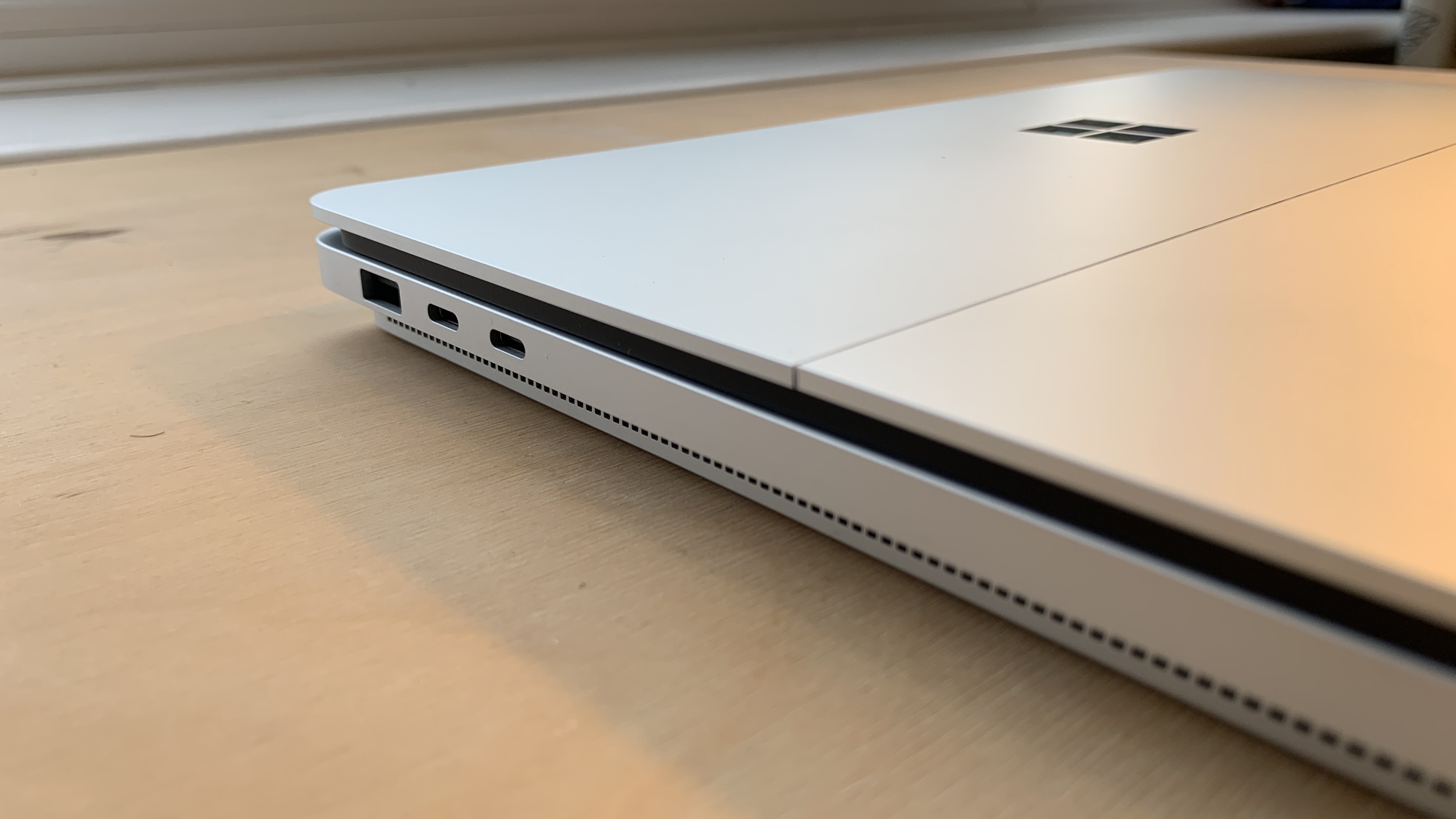
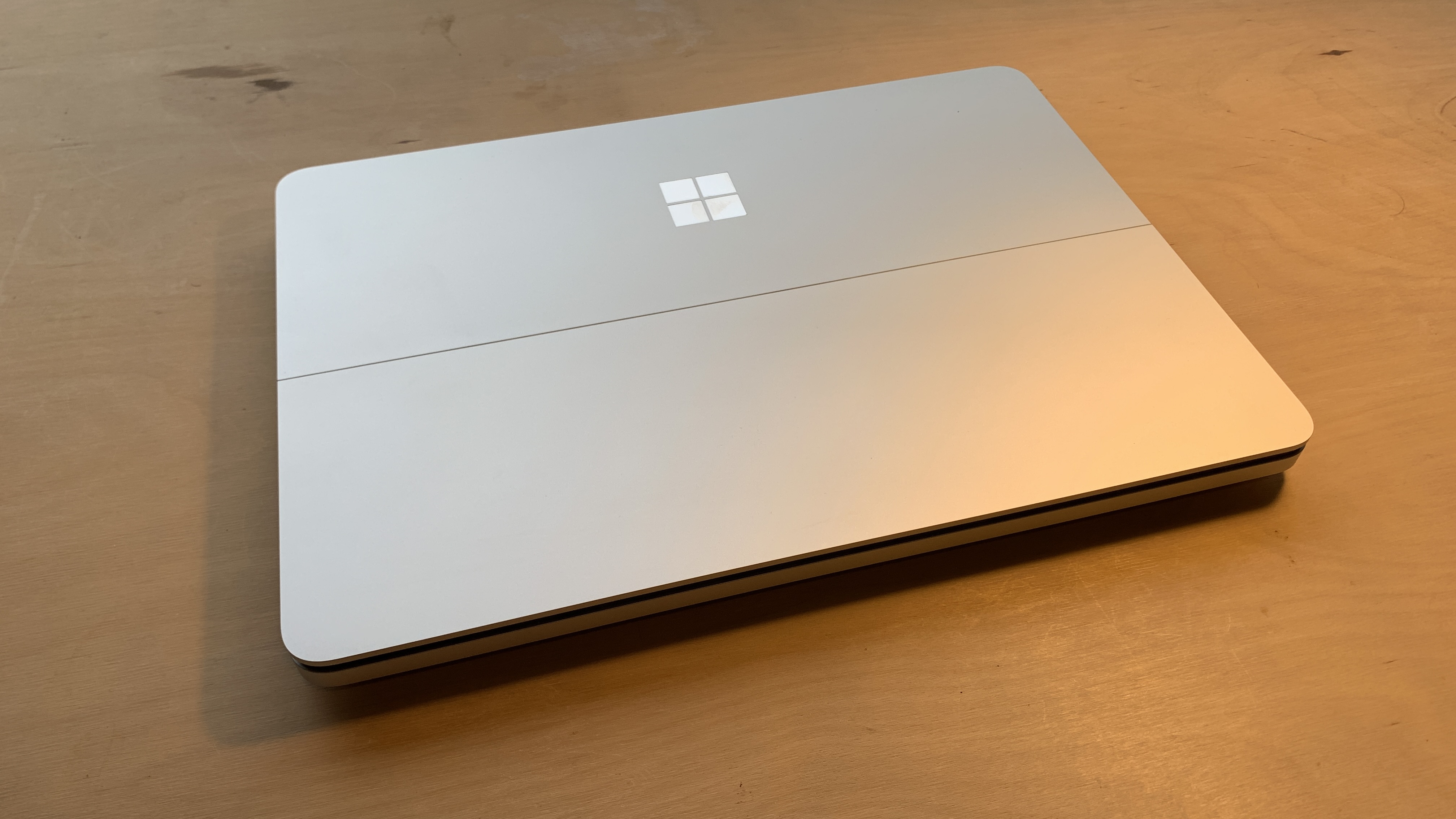
Specifications
Reasons to buy
Reasons to avoid
30-second review: The Microsoft Surface Laptop Studio boasts an excellent PixelSense touchscreen that will make your work look its very best, especially if you use a stylus for your work (although you'll have to buy that separately). It looks great at every angle and the refresh rate of 120Hz ensures everything is super-smooth. However, it does come with a high starting price, which will put many people off, especially considering MacBook Pro 14 (M4, 2024) can be bought for cheaper.
Price: The Surface Laptop Studio 2 starts at $1,999 /£2,069 which rises to £2,949 for the business model we reviewed. We think that's a bit steep for what's on offer.
Design: This laptop is pretty much in a league of its own: Microsoft has managed to create a 2-in-1 laptop/tablet that is a joy to look at. The build quality is right up there with the best Apple products, with a solid aluminium chassis, and the keyboard is excellent too. The base of the laptop is a little more boxy and cumbersome, though, and to move between the different states requires a fair amount of grabbing hold of the screen
Performance: We ran a number of benchmark tests with Geekbench and Cinebench to test the CPU and GPU performance. Our conclusion? This a high performing laptop that will serve all types of CAD design well. Geekbench scored the CPU single-core at 1296 and the multi-core at 6008. The equivalent test through Cinebench resulted in 893 and 5284 scores respectively.
Battery: Microsoft claims 16 hours of battery life, but our reviewer found this wasn't the case. Carrying out a range of everyday tasks, he lost 75% of charge in only five hours.
Read more: Microsoft Surface Laptop Studio 2 review

"The laptop’s 2-in-1 feature sets it apart from most of its competition and the implementation is impressive. I was pleasantly surprised to find a robust screen that stood the wear and tear despite its minimal thickness."
Best workstation for CAD
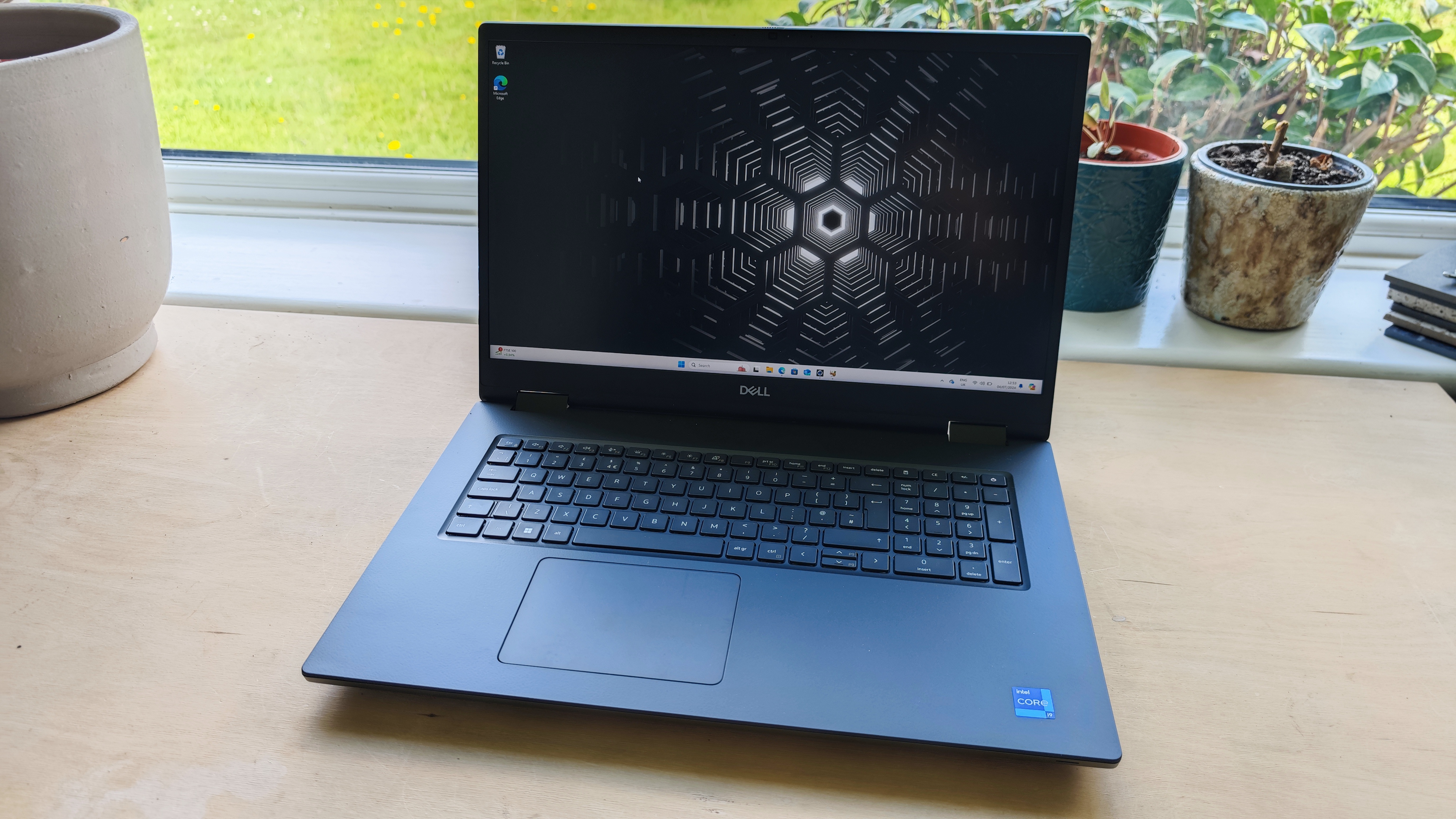
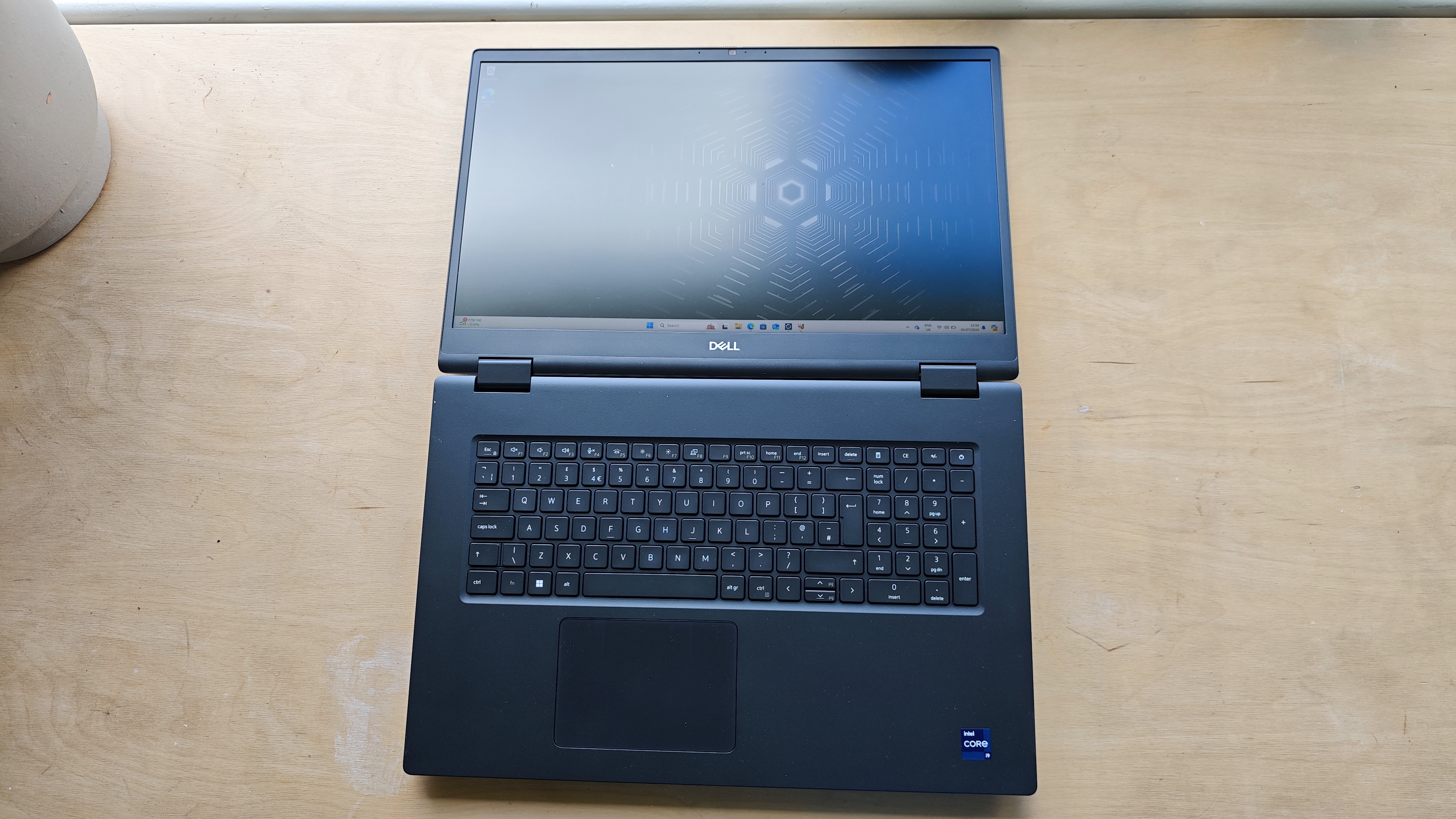
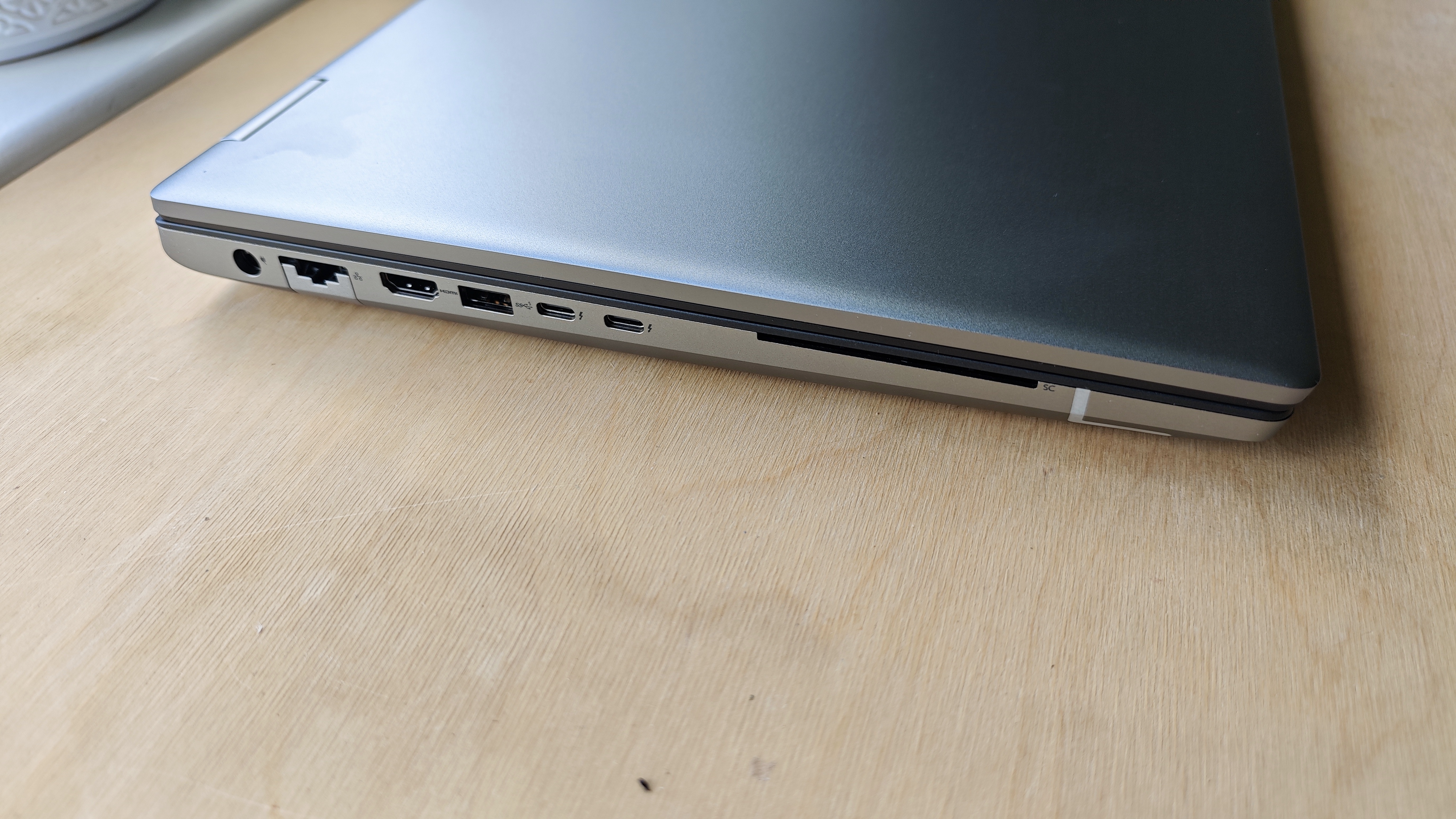
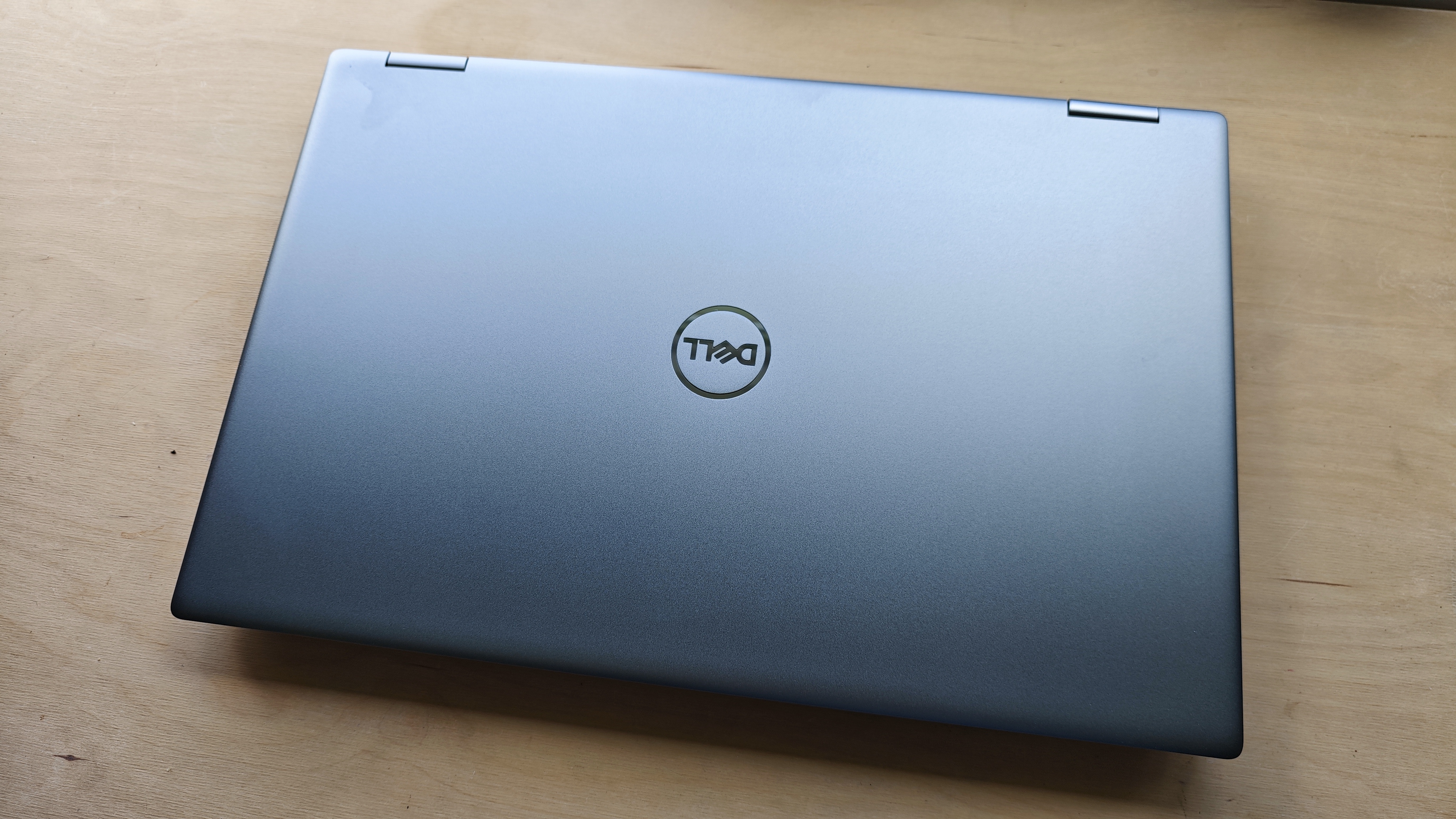
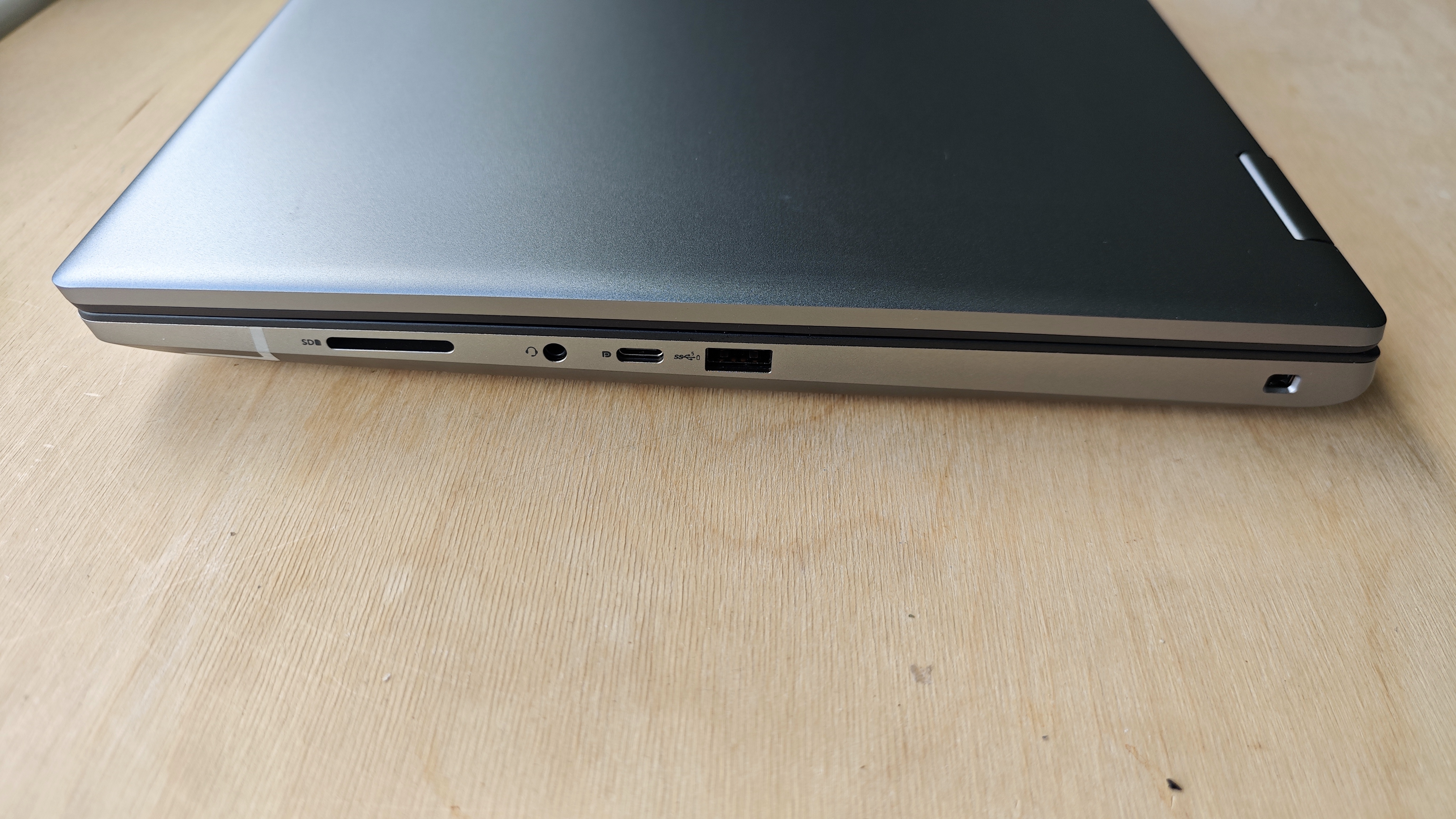
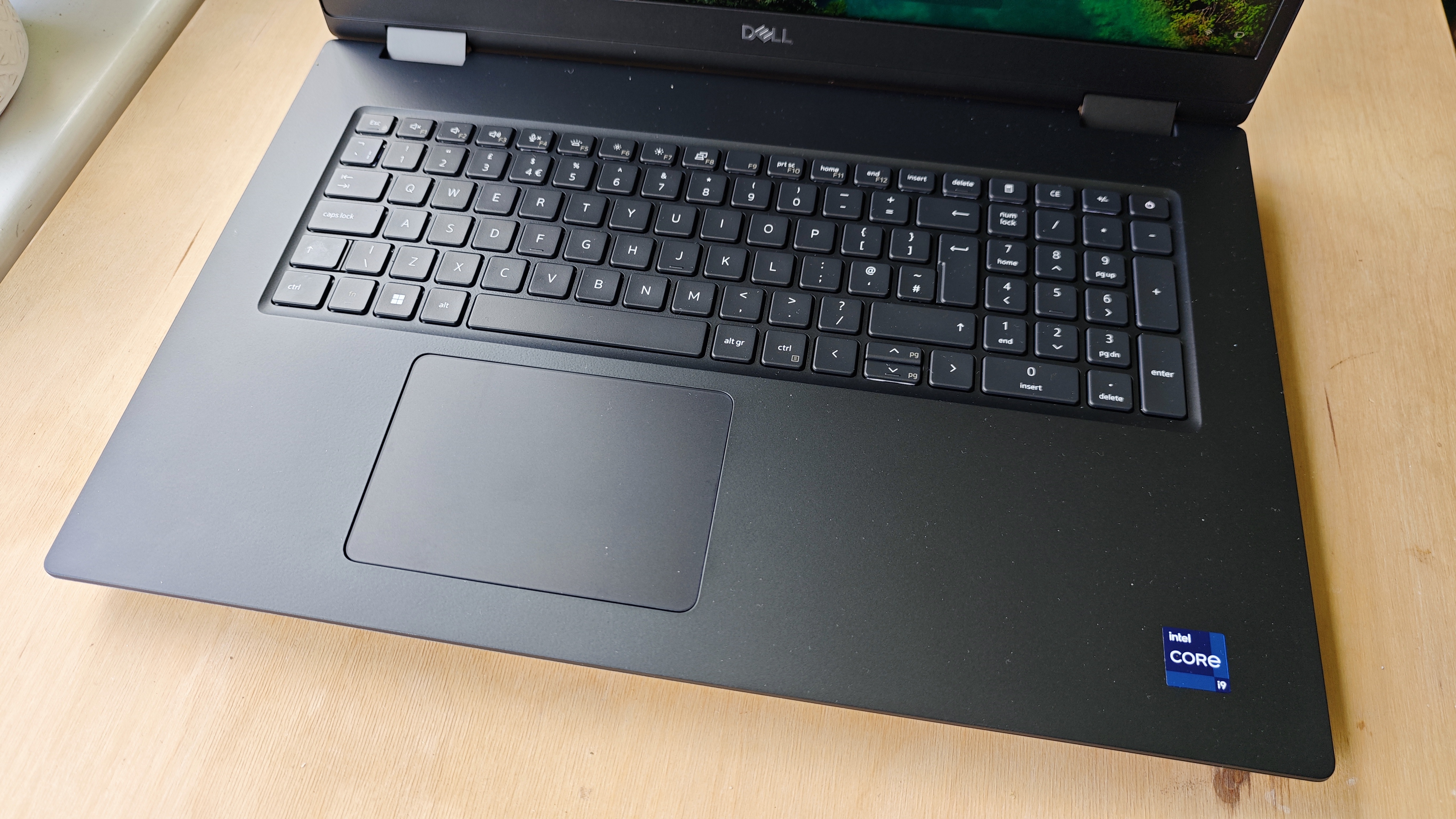
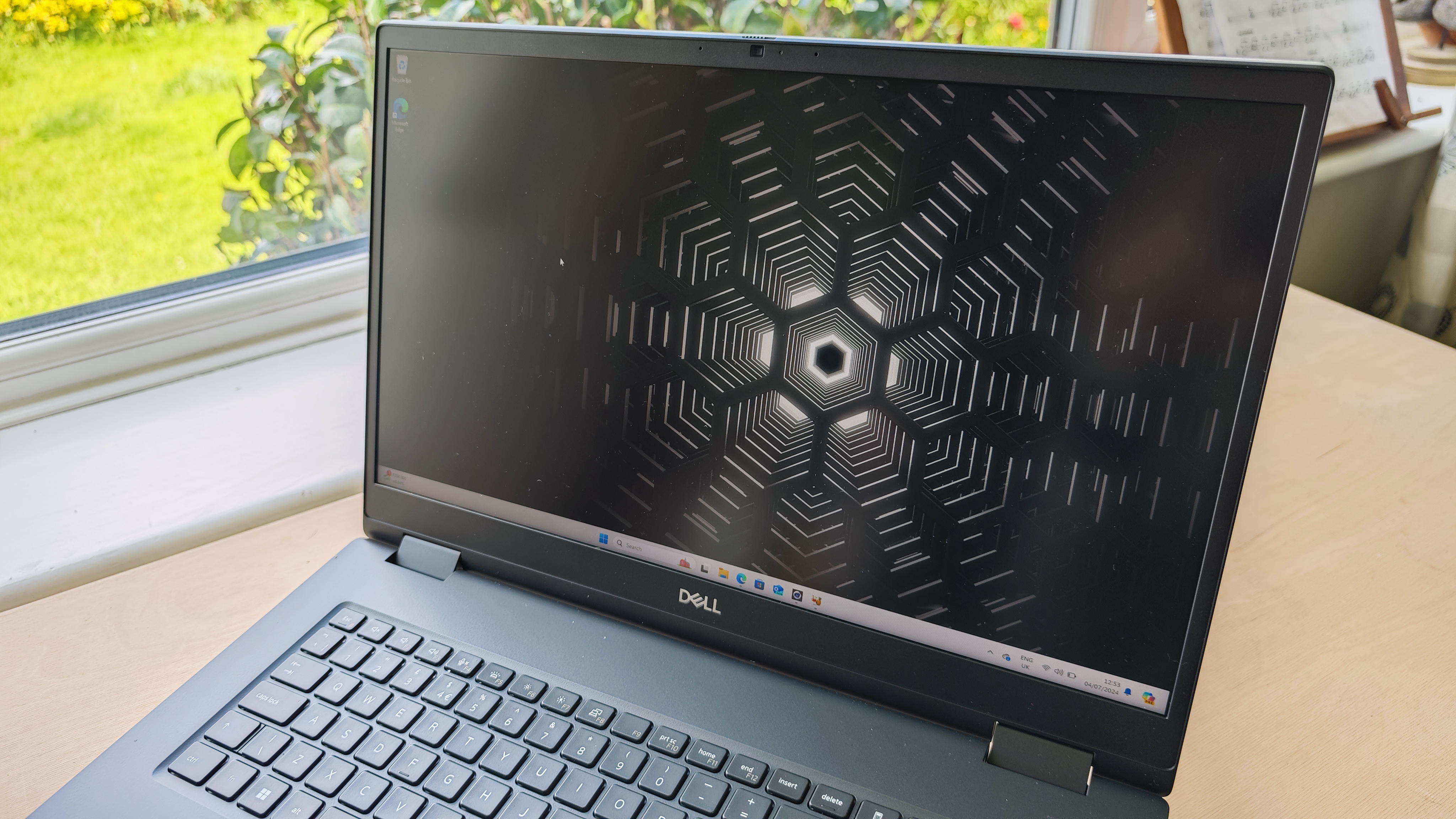
Specifications
Reasons to buy
Reasons to avoid
30-second review: The Dell Precision 7780 is a professional-grade laptop designed for creative professionals who need serious computing power. It features a large 17.3-inch display, powerful 13th Gen Intel Core i7 processor, and NVIDIA RTX 3500 GPU, making it capable of handling complex CAD and 3D modelling tasks with ease.
Price: The Dell Precision 7780 default configuration costs £3,118.82. Storage upgrades are possible all the way from an extra 512GB for £155.22 up to 4TB for £989.82.
Design: The laptop boasts a robust build with a metallic exterior and soft-touch interior. Its 17.3-inch display offers a spacious workspace, though it lacks a 4K option. The 180-degree hinge allows for flexible viewing angles, and handily for those with older devices, the port selection includes a USB-A port. However, the off-centre trackpad placement may be a drawback for some people, and it's quite heavy at 3.05 kg (6.73 lbs); that's more than twice the weight of the ASUS Zenbook 14 OLED (UX3405)'s 1.28kg.
Performance: The Intel Core i7-13850HX processor and NVIDIA RTX 3500 GPU deliver exceptional performance for CAD applications. This was evident across all my benchmark tests, beginning with the Geekbench CPU single-core test that scored 1,968 and the multi-core equivalent that scored 9,450. Cinebench CPU scores were equally good, with the single and multi-core scores coming in at 1,457 and 15,024, respectively. Overall, the laptop excels in both single-core and multi-core tasks, making it suitable for a wide range of creative workflows.
Battery: The 93 Wh battery provides only about three hours of creative work, emphasising this laptop's role as a desk-bound workstation rather than a portable solution.
Read more: Dell Precision 7780 review

"The 17.3-inch display is really the star of the show. It is huge and pretty much the largest screen you can get on any laptop. Creatives who don't have a dedicated monitor or want a laptop that can act as a secondary monitor will be more than pleased by the size."
Best Mac for CAD
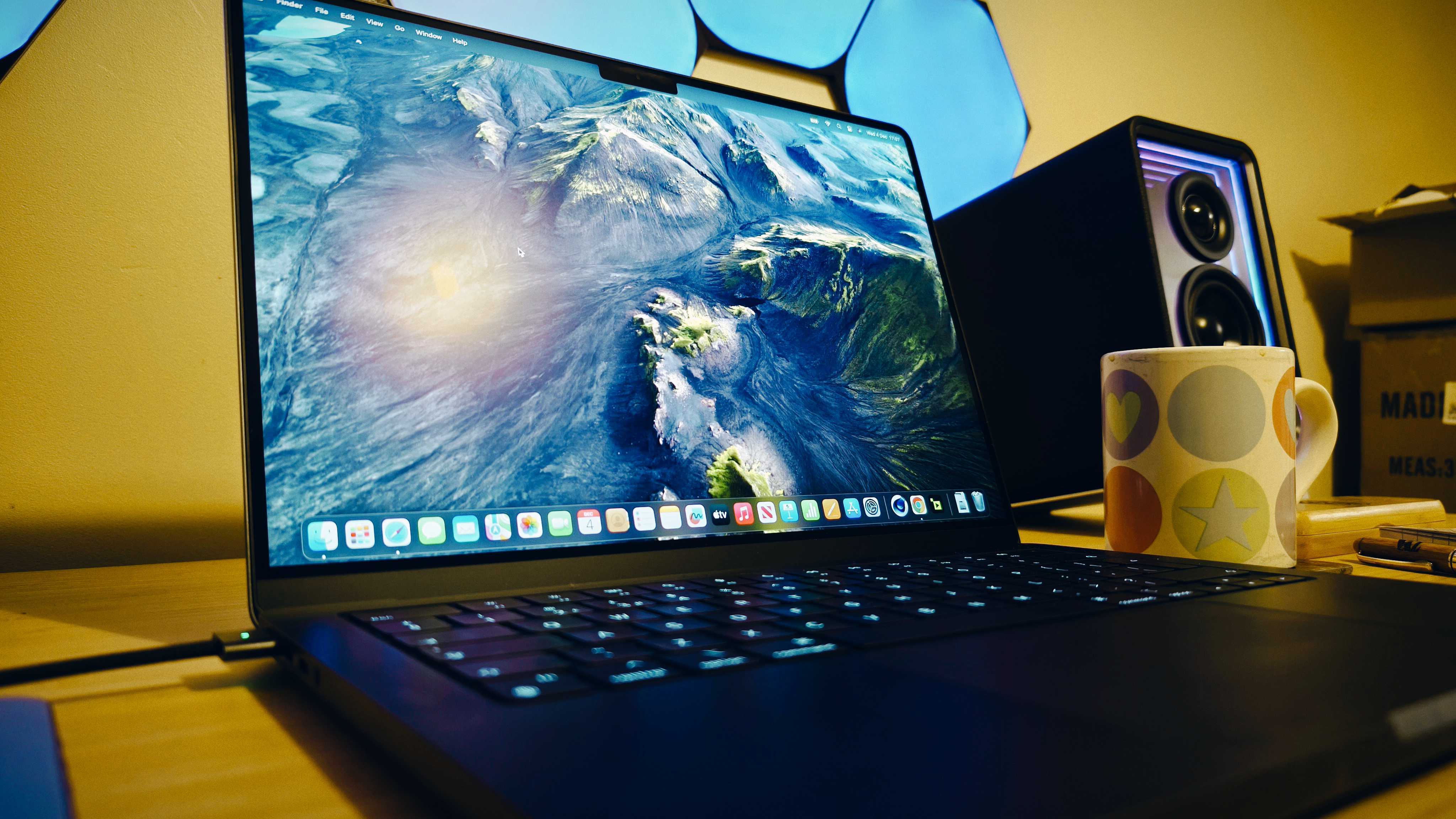
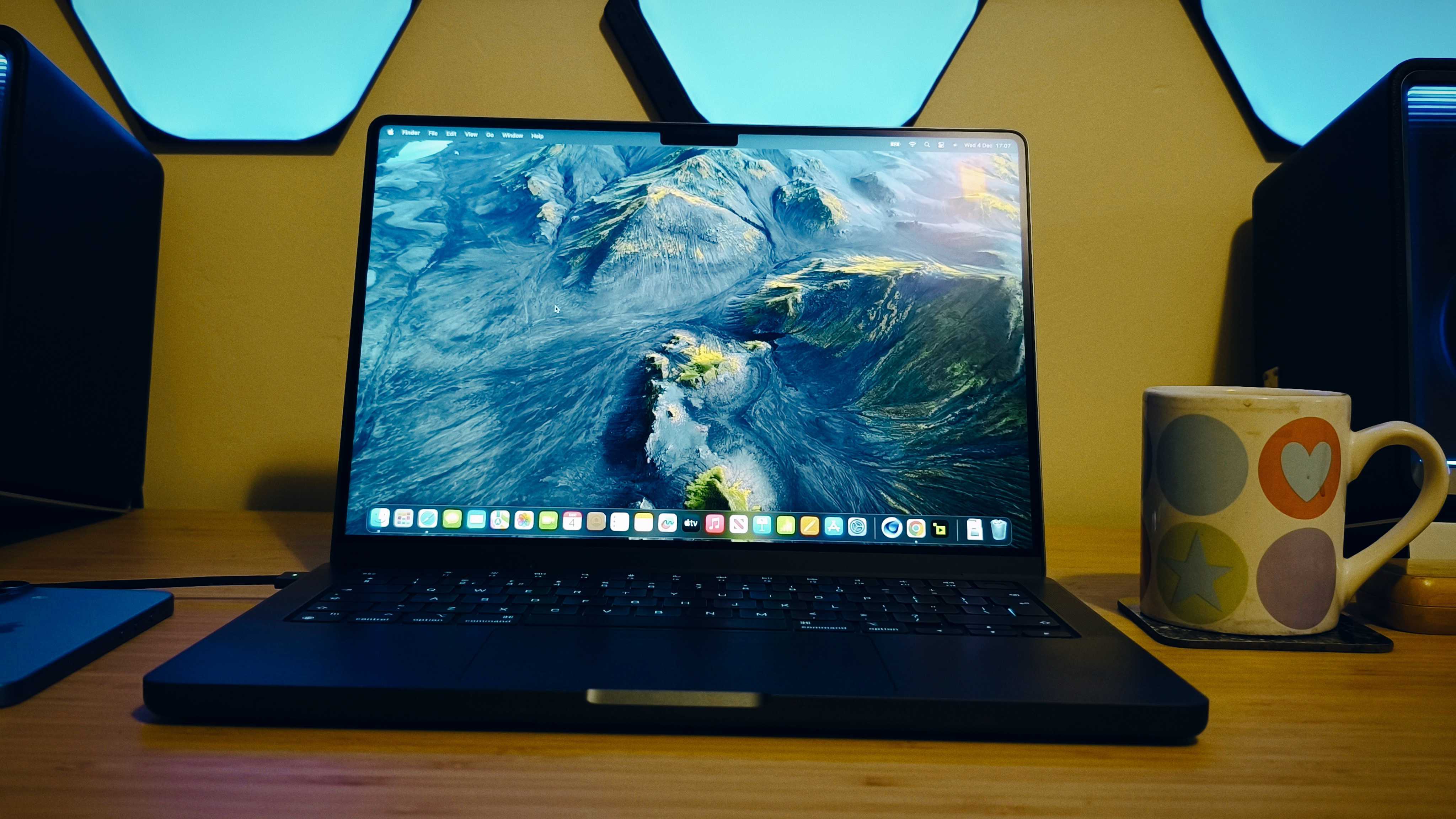
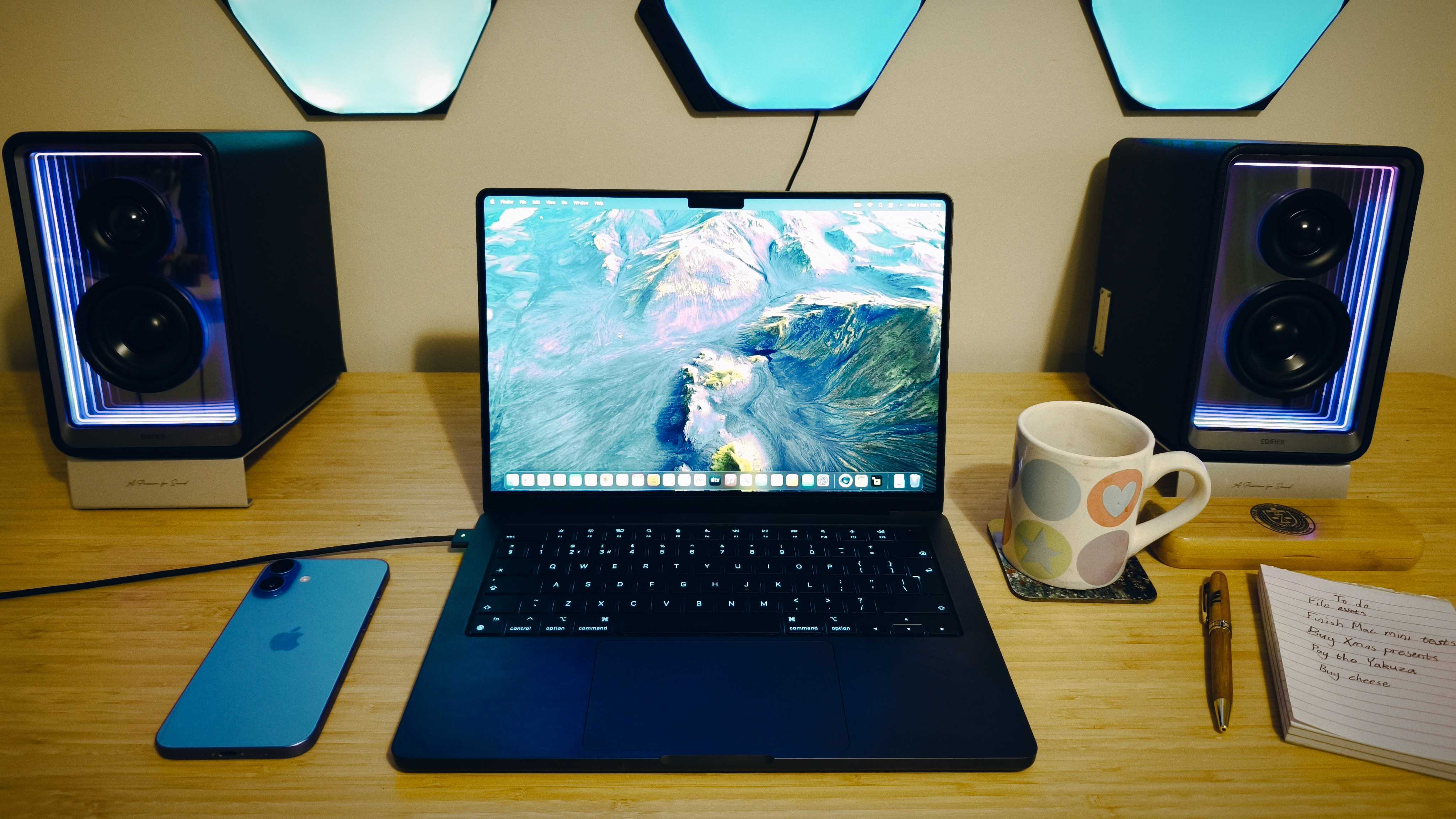
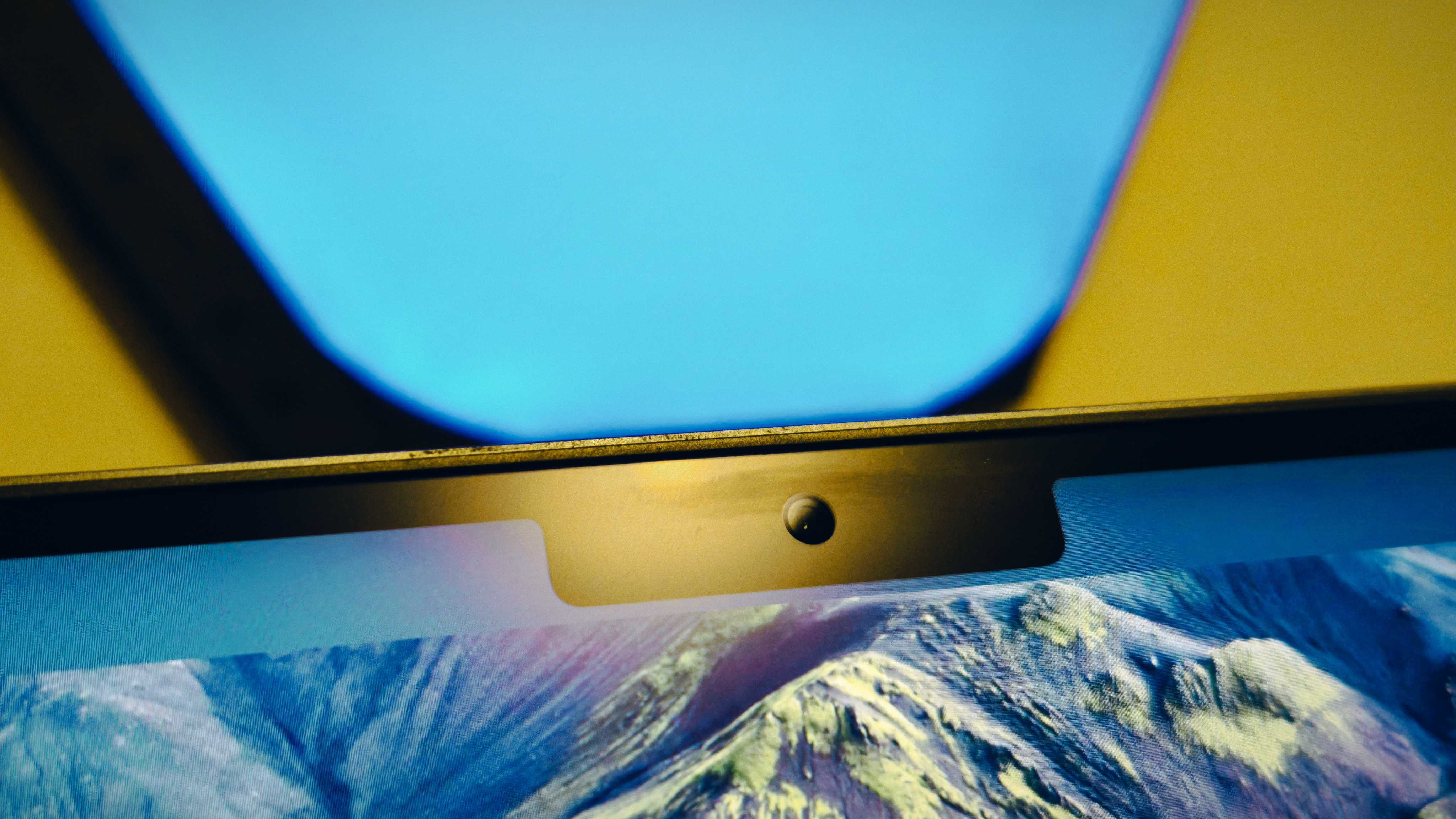
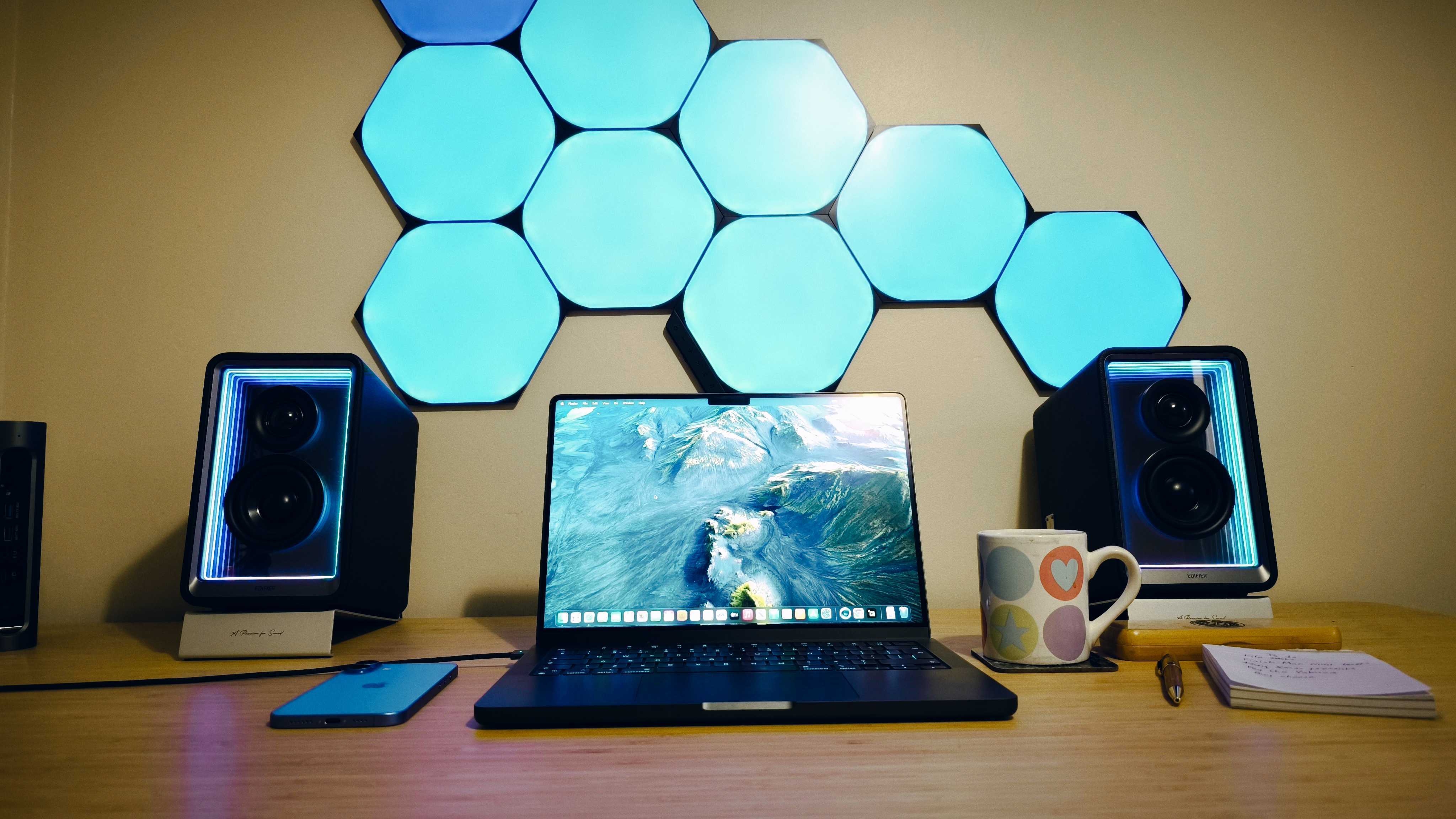

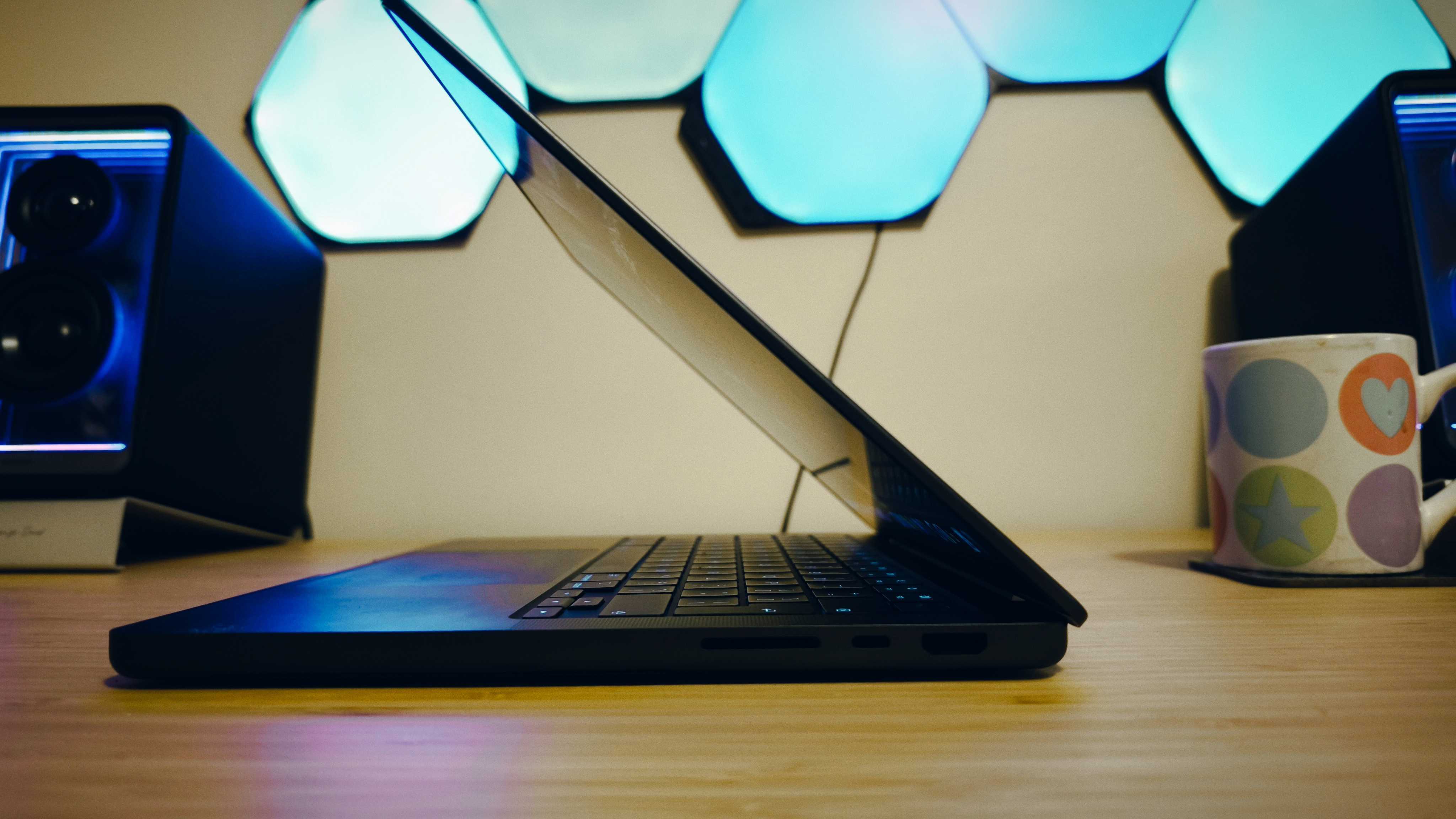
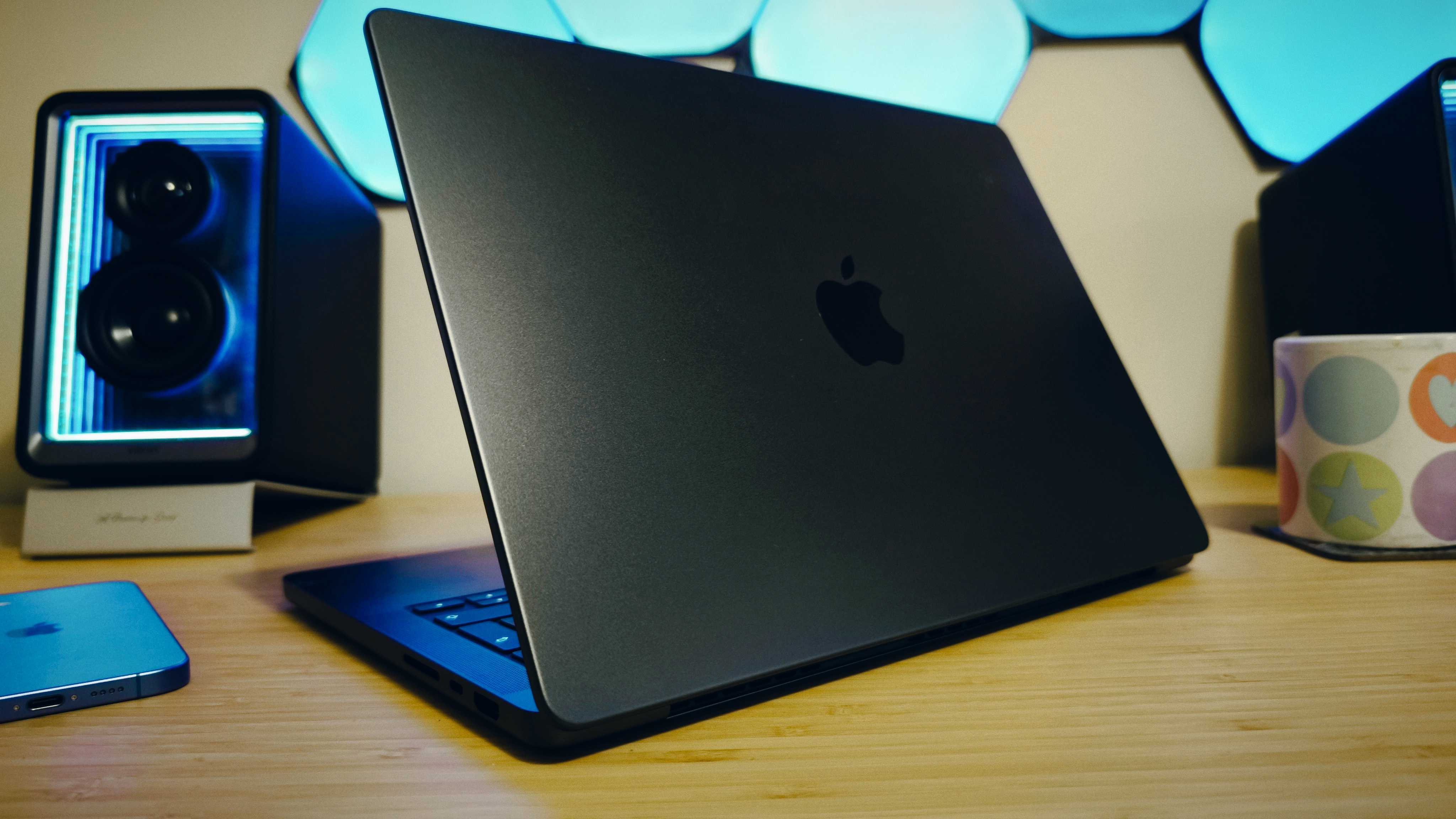
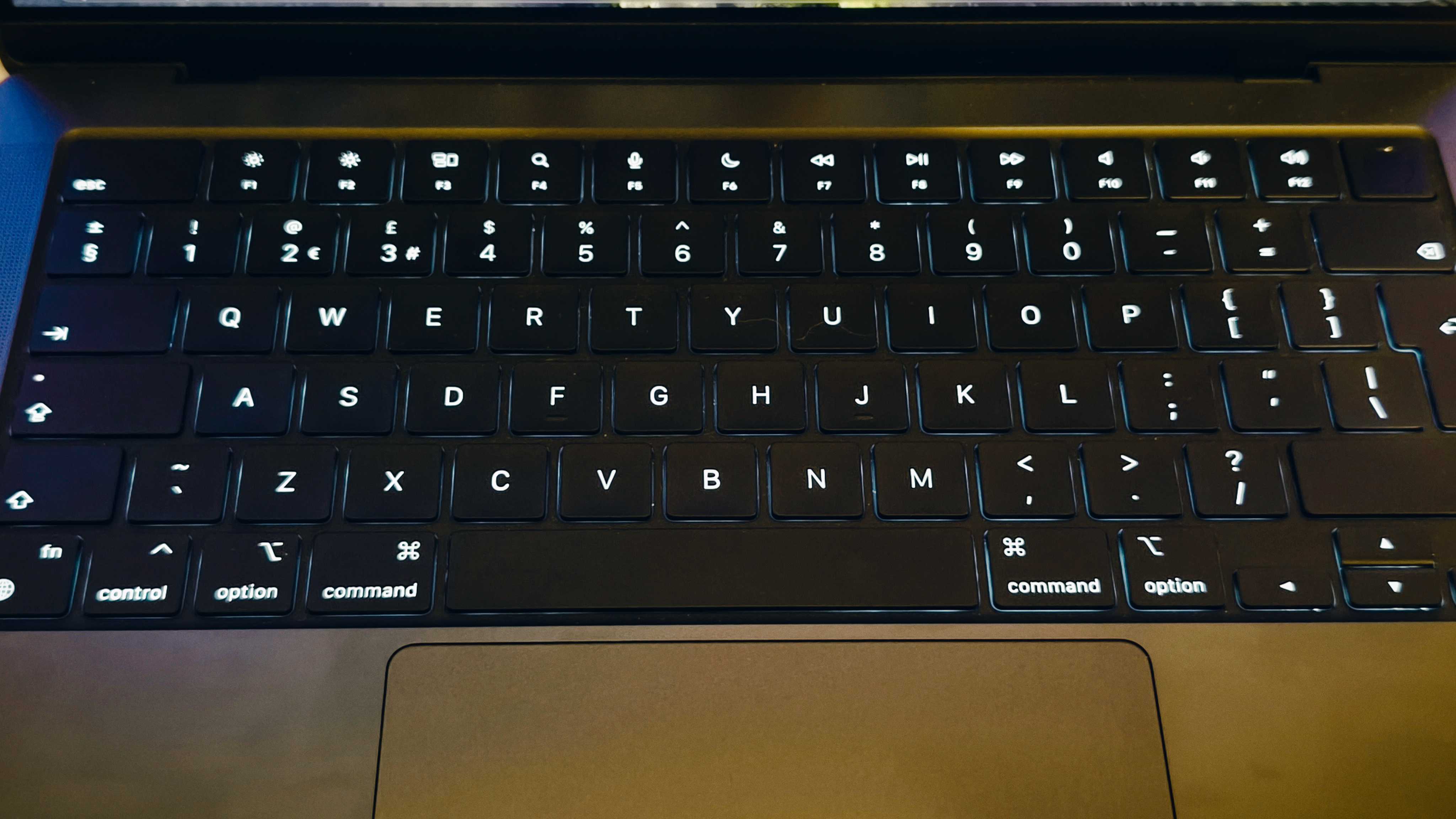
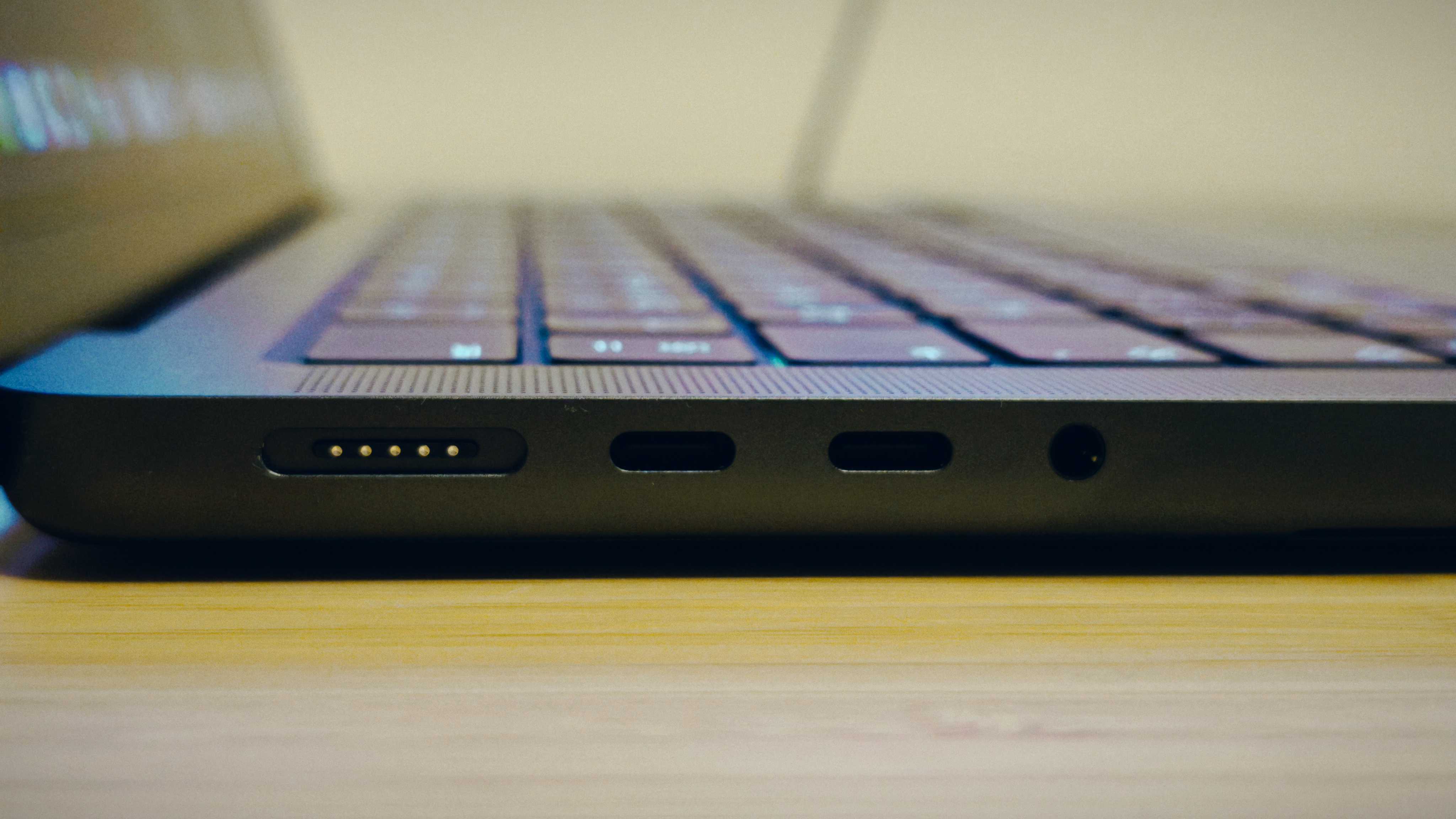
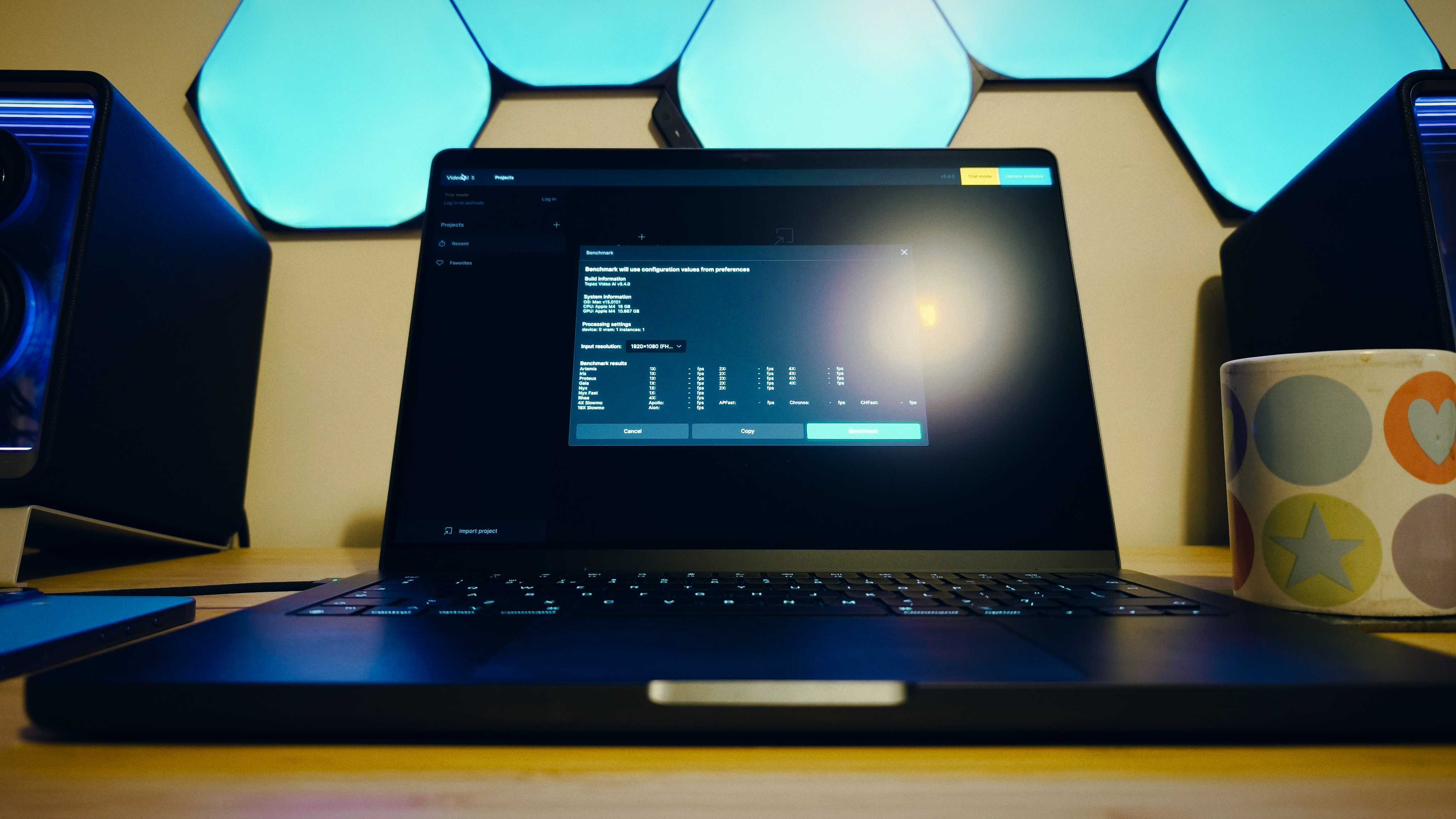

Specifications
Reasons to buy
Reasons to avoid
40-second review: A lot of CAD and AutoCAD software doesn't run on Macs, so they're not the most obvious choice for this list. Even if they do, you may still be better off avoiding Apple. The Mac version of AutoCAD, for instance, lacks vertical toolsets. While you can definitely get it to work, it's worth remembering that AutoCAD was written for Windows, and the Mac version is essentially a different (and inferior) piece of software.
As for other CAD software, many have Mac-compatible versions but some of these may not be suitable for MacBooks specifically. In short, you're safest buying a Windows laptop like the ASUS ProArt P16. If you've considered all this, though, and still want an Apple laptop, this is the one we reckon is Apple's best laptop for AutoCAD.
The MacBook Pro (M4, 2024) is the latest model and has the amply powerful M4 chip, so if you're running 3D software, everything should run in a fast, stable and responsive way.
Price: Starting at a fairly lofty price point, the MacBook Pro M4 base model with 16GB RAM and 512GB storage isn't as pricey as its M4 Pro sibling, but still at $/£1,599, this is a more expensive option than comparable Windows machines. Additional storage and RAM upgrades come at significant cost. And you should also consider the total cost including necessary software licenses for Mac versions, if you've already paid for the Windows versions.
Design: This laptop has the sleek, polished looks Apple is known for, and maintains its reputation for premium build quality. The 16-inch model provides ample screen space for CAD work, with its 3456 x 2234 resolution Liquid Retina XDR display offering exceptional clarity and colour accuracy. The space black finish is particularly resistant to fingerprints, making it ideal for professional environments.
Performance: The M4 chip is amply capable for CAD, with impressive benchmark scores of Cinebench 2024 CPU multi (1,014) and Geekbench 6 multi-core (15,162). However, these numbers only tell part of the story. The real-world performance in CAD applications varies significantly based on software optimisation for Apple Silicon. When running compatible software, the machine handles complex models smoothly, but the limited software ecosystem remains a constraint.
Battery: This MacBook boasts excellent battery life. Expect up to a full workday (8-10 hours) of intensive work, or up to 22 hours of general use, all with minimal heat generation during extended use and fast charging via the included 140W power adapter.
Read more: MacBook Pro 16 (M4, 2024) review

"The Apple MacBook Pro (M4, 2024) is incredibly well built, packing a beautiful display and a bunch of ease-of-use features for anyone, but 3D and moving-image processing is disappointing, so if you work with 3D, heavy graphic design or video rendering, you need to step up to the M4 Pro or Max chips."
Best big-screen laptop for CAD for value
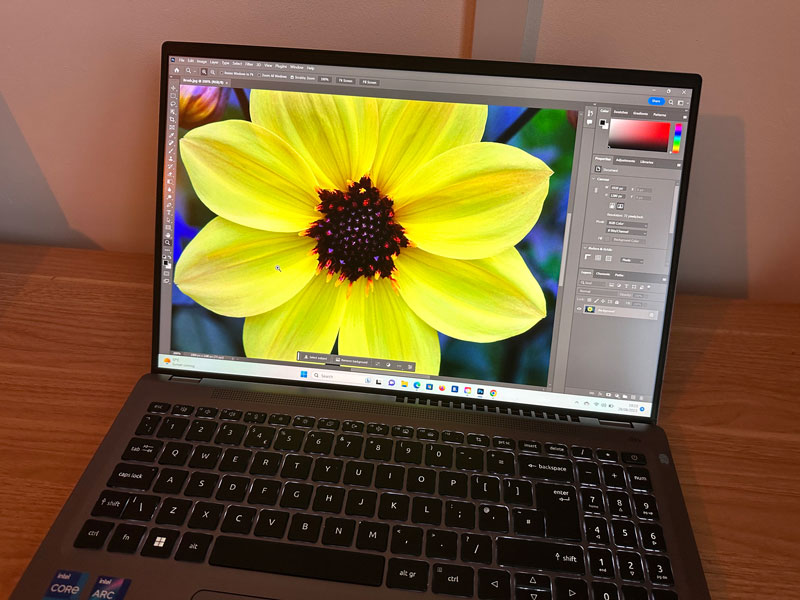
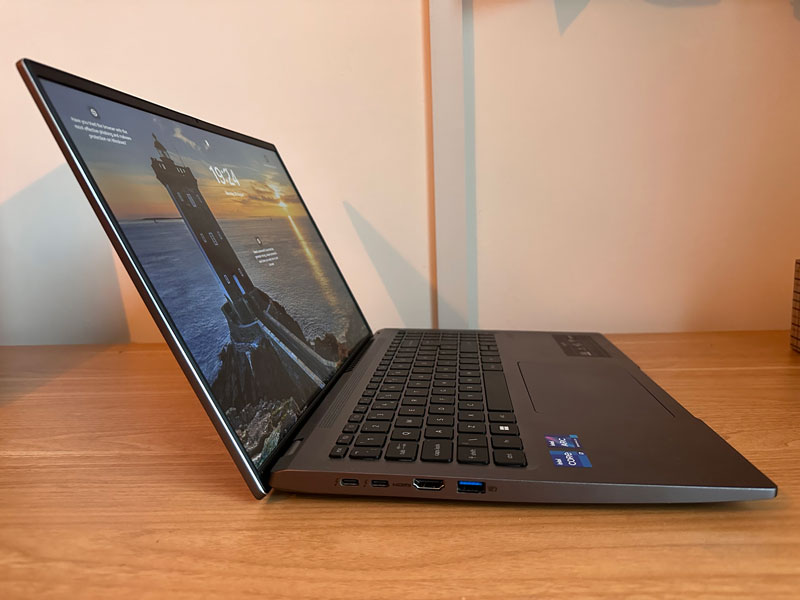
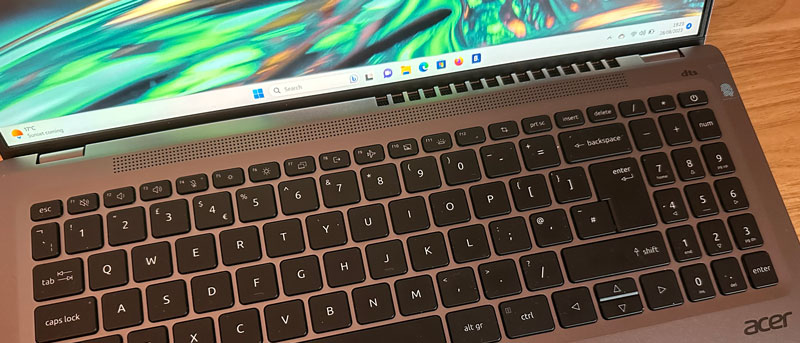
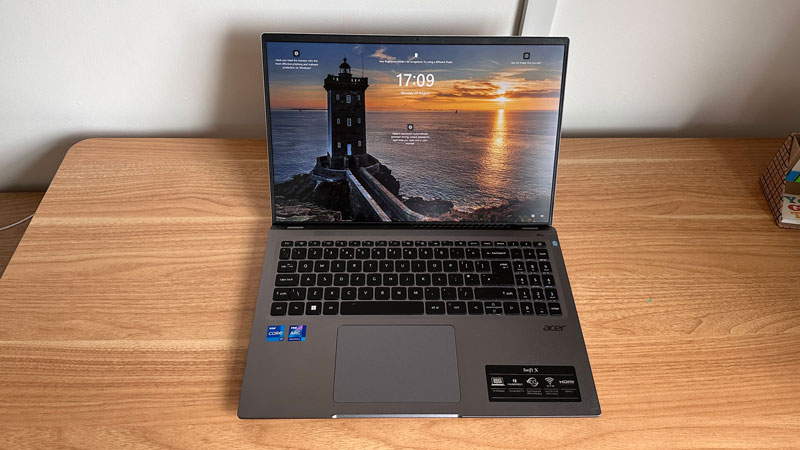
Specifications
Reasons to buy
Reasons to avoid
30-second review: If you're just starting out in CAD design, you'll want something that won't break the bank. This laptop manages to offer a big screen and a decent amount of power without the typically large price tag. and the 15.6-inch display does an incredible job of colour replication and delivering the required brightness in bright spaces.
Price: The Swift X 16 costs just $999 / £899 for the base model, which compares nicely to, say, the $1,599.99 needed for the base model of the HP Omen Transcend. Meanwhile, the configuration of the Swift X 16 we reviewed (12th-gen Intel Core i7-1260P CPU, Intel’s Arc A370M GPU, 16GB of RAM and a 16-inch 2,560 x 1,600 WUXGA display running on Windows 11 Home) will set you back $1,249.99 in the US and £1,299 in the UK.
Design: That low price does come with a few compromises. And one is that the aluminium chassis of this laptop is not very exciting, and most generously described as "no-frills". However, on the plus side, our reviewer really liked the size, weight and display, which he described as "super portable". He was also pleasantly surprised by the quality and brightness of the screen. The keyboard is also no frills, but does the job. The keys have a short travel distance and are responsive and pleasant to use.
Performance: For an affordable machine, this laptop impressed us in our benchmark tests, which showed good (if not great) results when it comes to power. The Swift X will comfortably handle everyday tasks and quite a bit more. Our reviewer had dozens of tabs open in Chrome, all the while image editing in Photoshop, and the machine didn't slow at all. The dual fans fired up after an hour of this, but it wasn't particularly noisy or off-putting.
Battery: The Swift X 16 has a 60Wh high-capacity battery which produces over 10 hours of YouTube playback and totals around 15 hours total battery life when performing low-intensity tasks such as web browsing and web apps.
Read more: Acer Swift X 16 review

"The Acer Swift X 16 offers a big screen and decent power for a very reasonable price. Compromises have had to be made, but it's still a solid laptop, with lots of connectivity options, a quality 2.5K display and comfortable typing experience."
Best laptop for CAD for portability
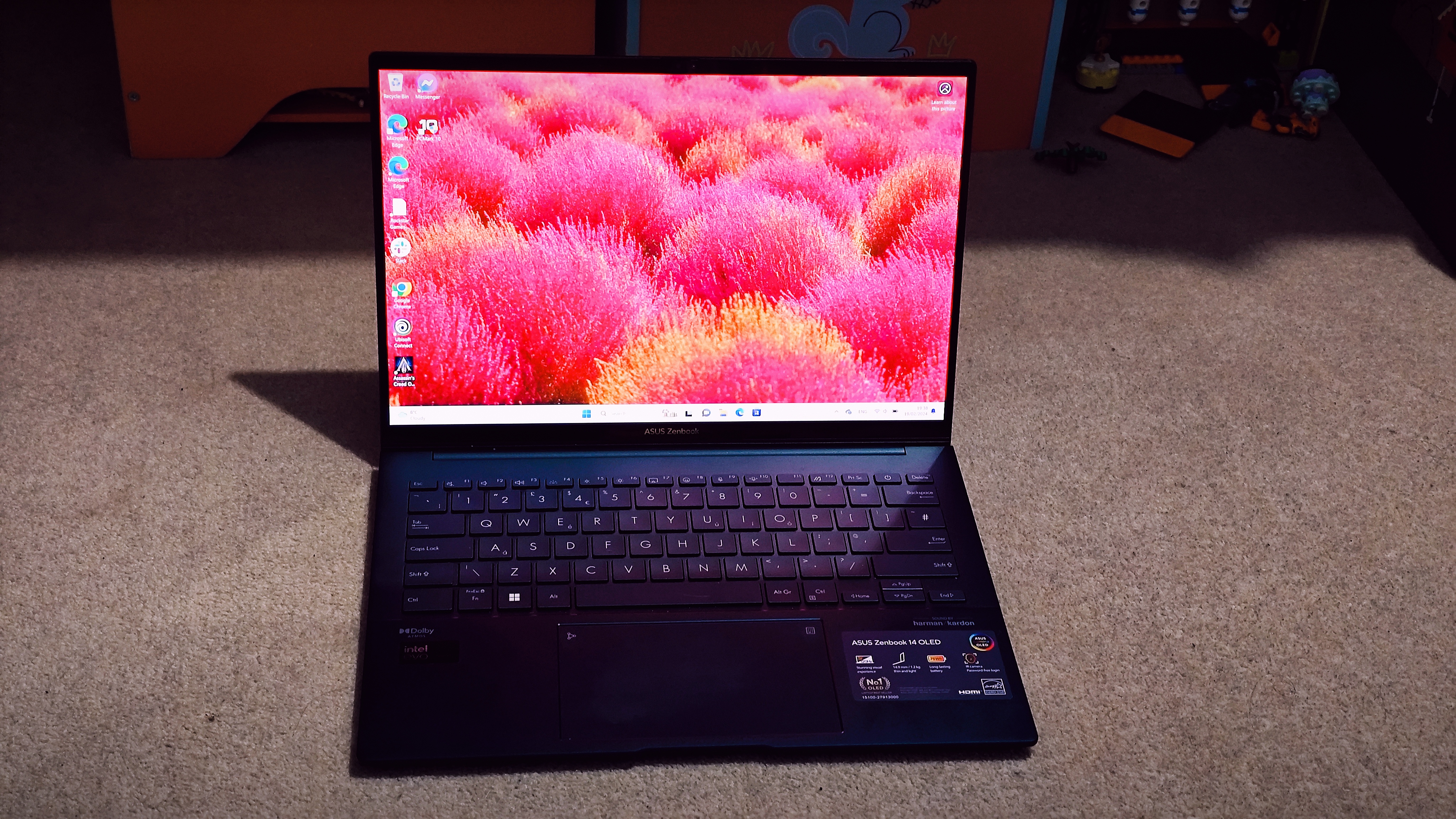
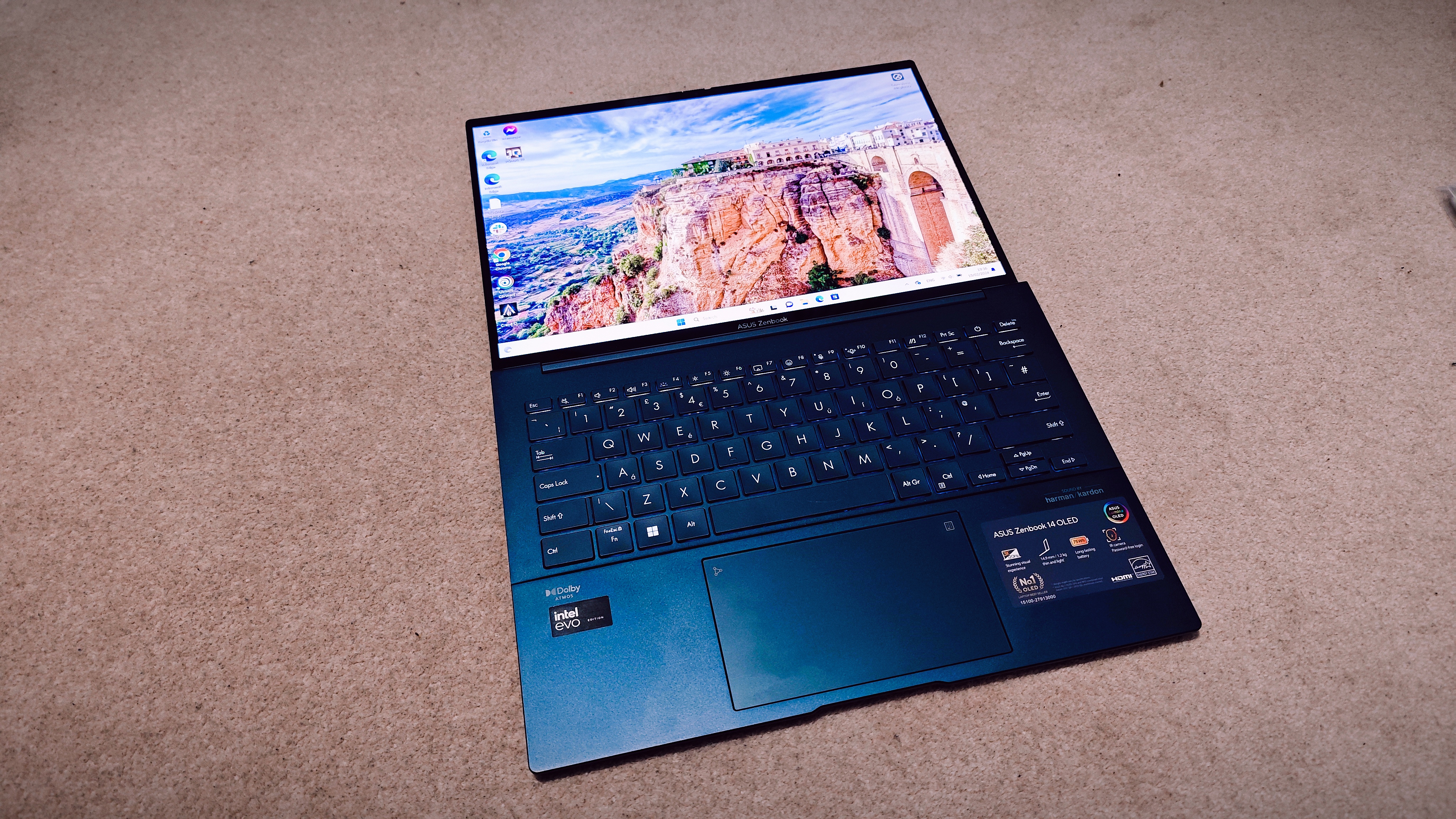
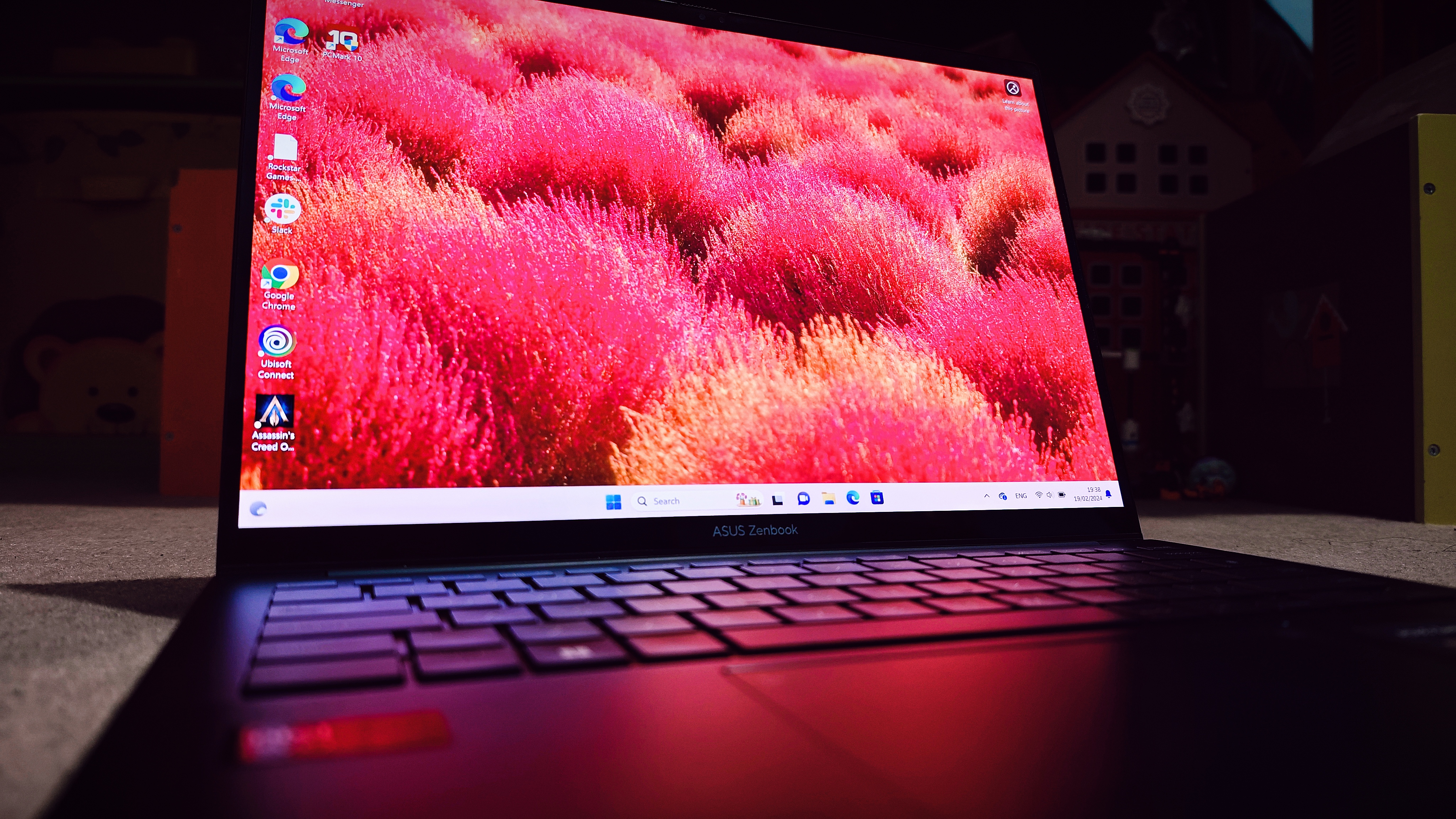
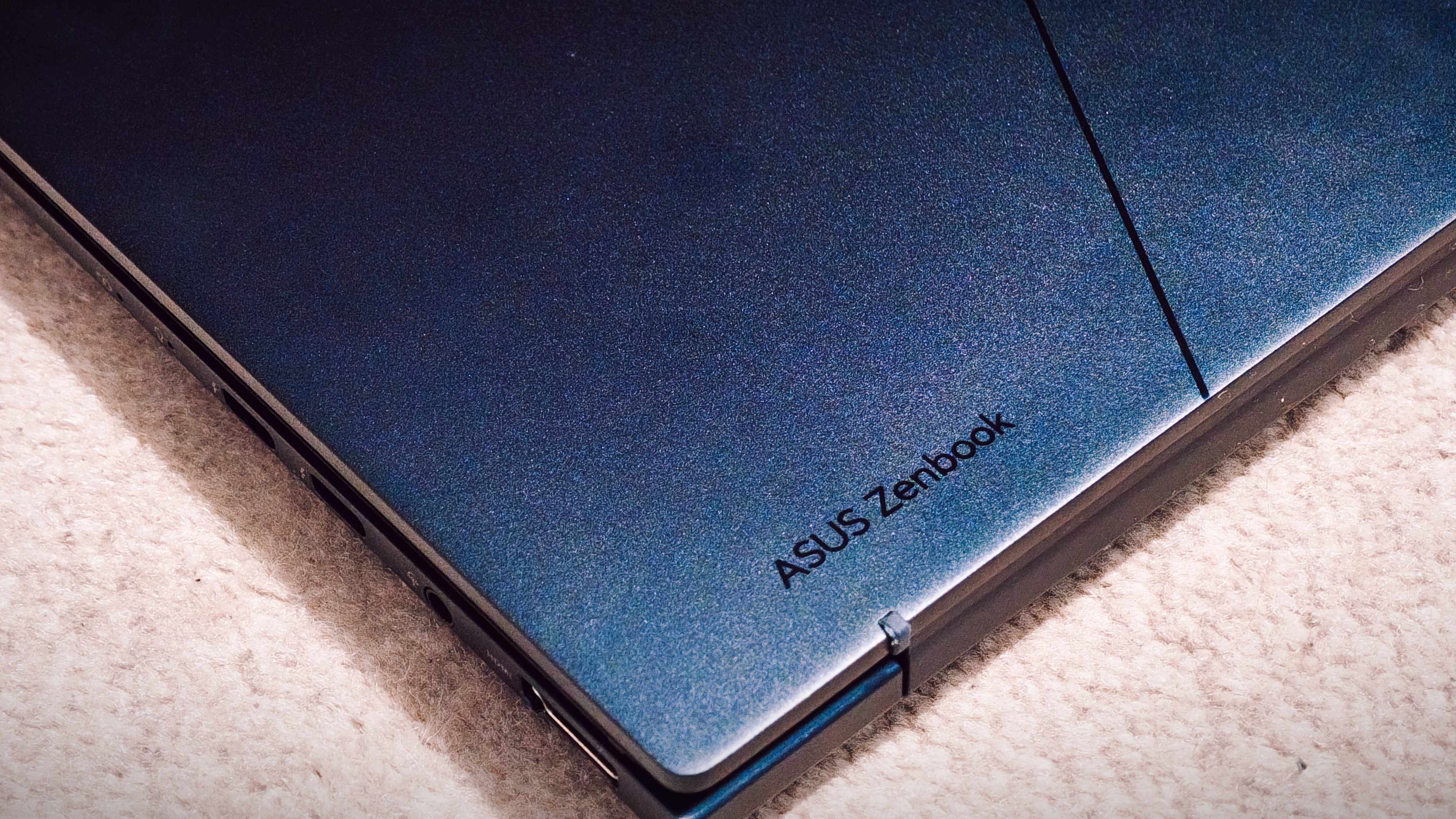
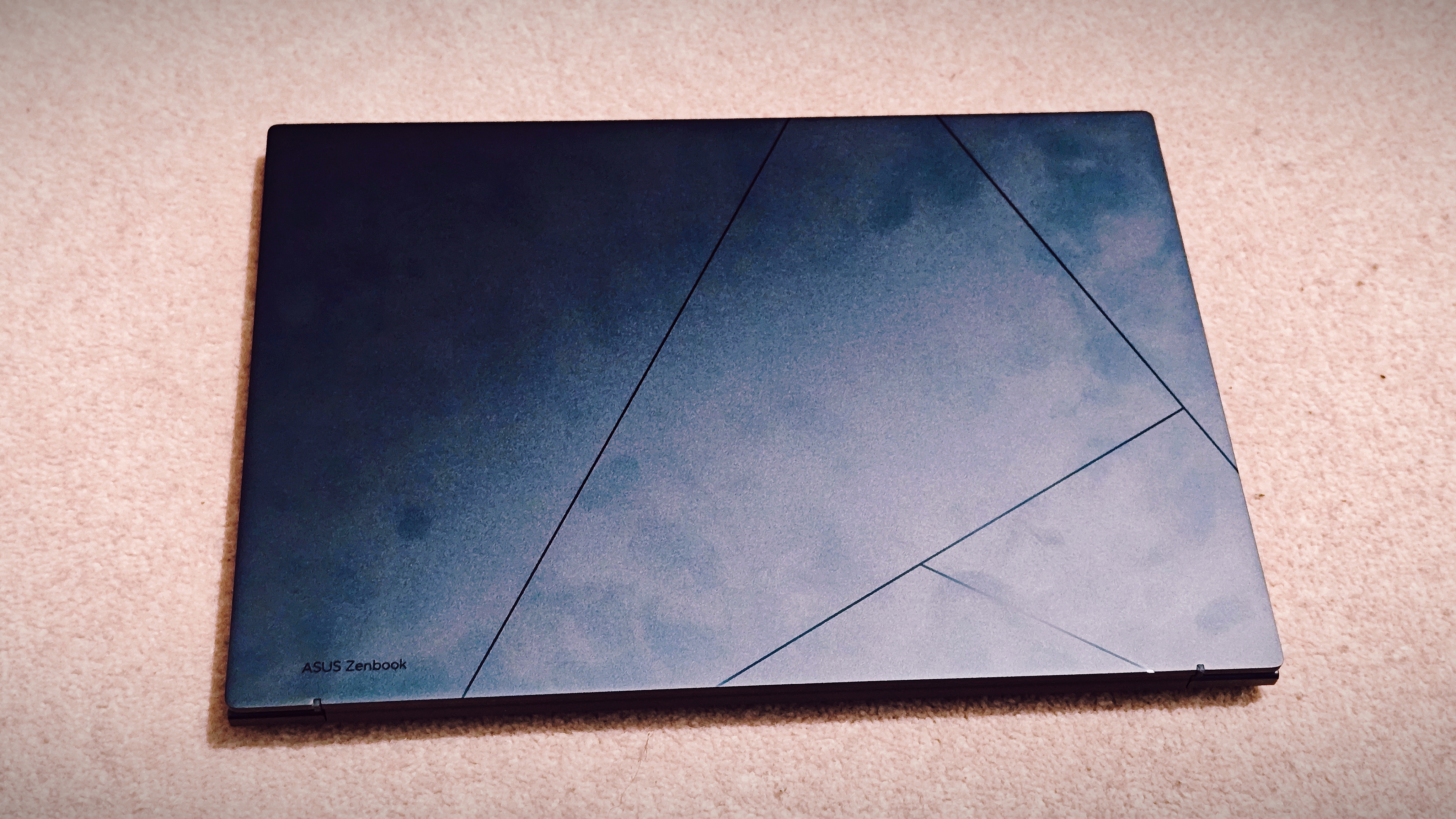
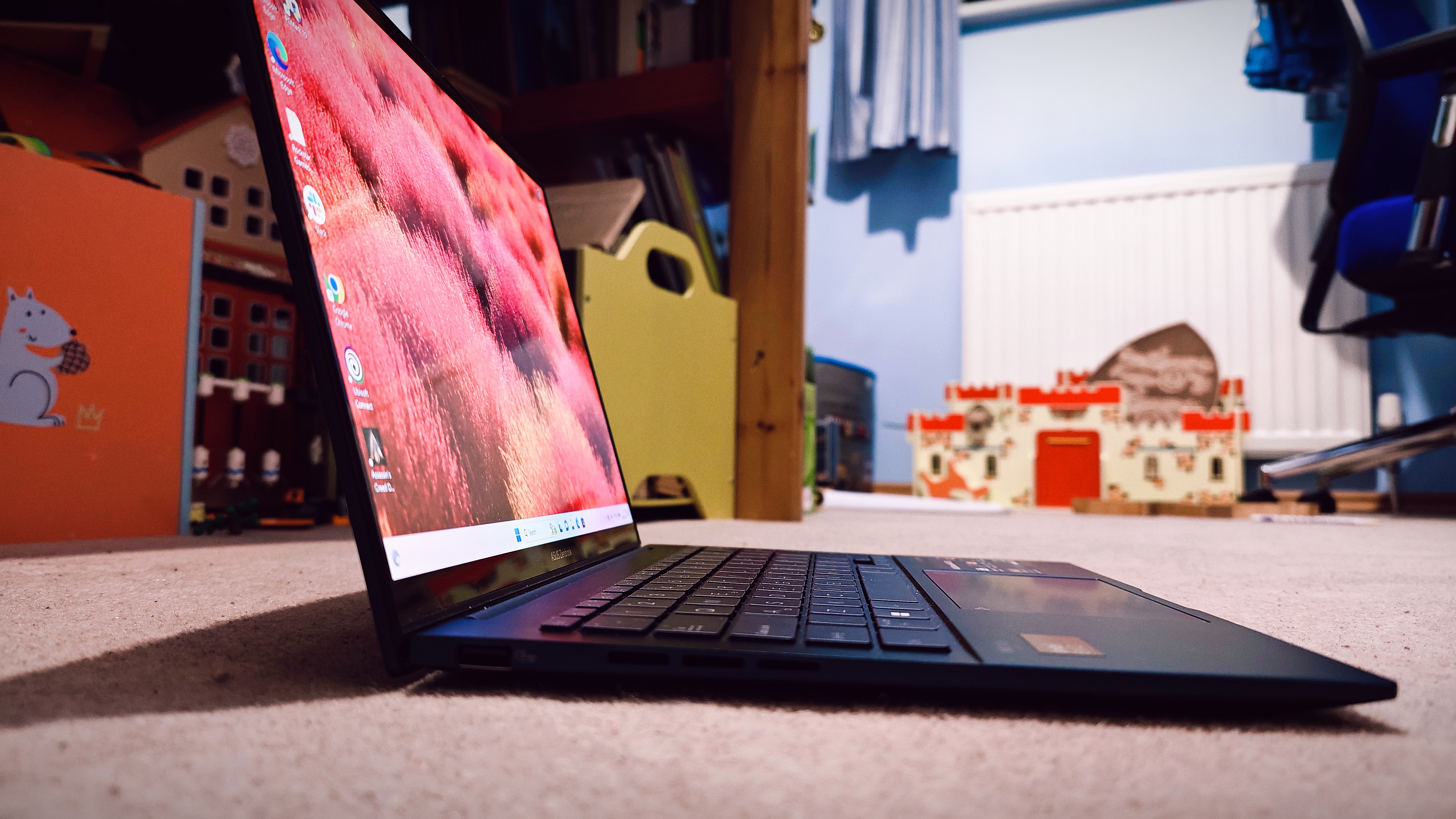
Specifications
Reasons to buy
Reasons to avoid
30-second review: The ASUS Zenbook 14 OLED (UX3405) is a lightweight yet powerful laptop featuring a gorgeous 3K OLED touchscreen and Intel's latest AI-boosted processor. It's designed for creative professionals who need portability without sacrificing performance or display quality.
Price: The entry-level model is very keenly priced at £1,099.99, undercutting the new MacBook Air. Even the top-spec model comes in at £1,399.
Design: The laptop boasts a slim profile (1.49cm thick) and lightweight build (1.28kg), rivaling the MacBook Air in portability. The 14-inch 3K OLED touchscreen offers exceptional colour accuracy and sharpness, with a 120Hz refresh rate and 100% DCI-P3 color gamut coverage. The ASUS Pencil 2 is included with the device, and you get USB-A 3.2 port, an HDMI 2.1 TMDS port and two Thunderbolt 4 ports, which support power delivery and a display, so one of those can double as a DP port for an external monitor.
Performance: The Intel Core Ultra processor with AI Boost NPU provides impressive performance, particularly in creative applications. Our benchmark scores rival some gaming laptops and even outperform the M3 MacBook Pro in multi-core tests. The Intel Arc Graphics, while improved over previous integrated options, may still limit performance in graphics-intensive tasks.
Battery: The ASUS Zenbook 14 OLED (UX3405) boasts impressive battery life, making it suitable for all-day use without needing constant recharging. Expect up to 15 hours of battery life on a single charge.
Read more: ASUS Zenbook 14 OLED (UX3405) review

"It's got the greatest laptop screen on Earth right now, a brilliant, bright, sharp OLED touchscreen, and CPU performance on par with the new, and much more expensive, MacBook Pro."
Best premium laptop for CAD
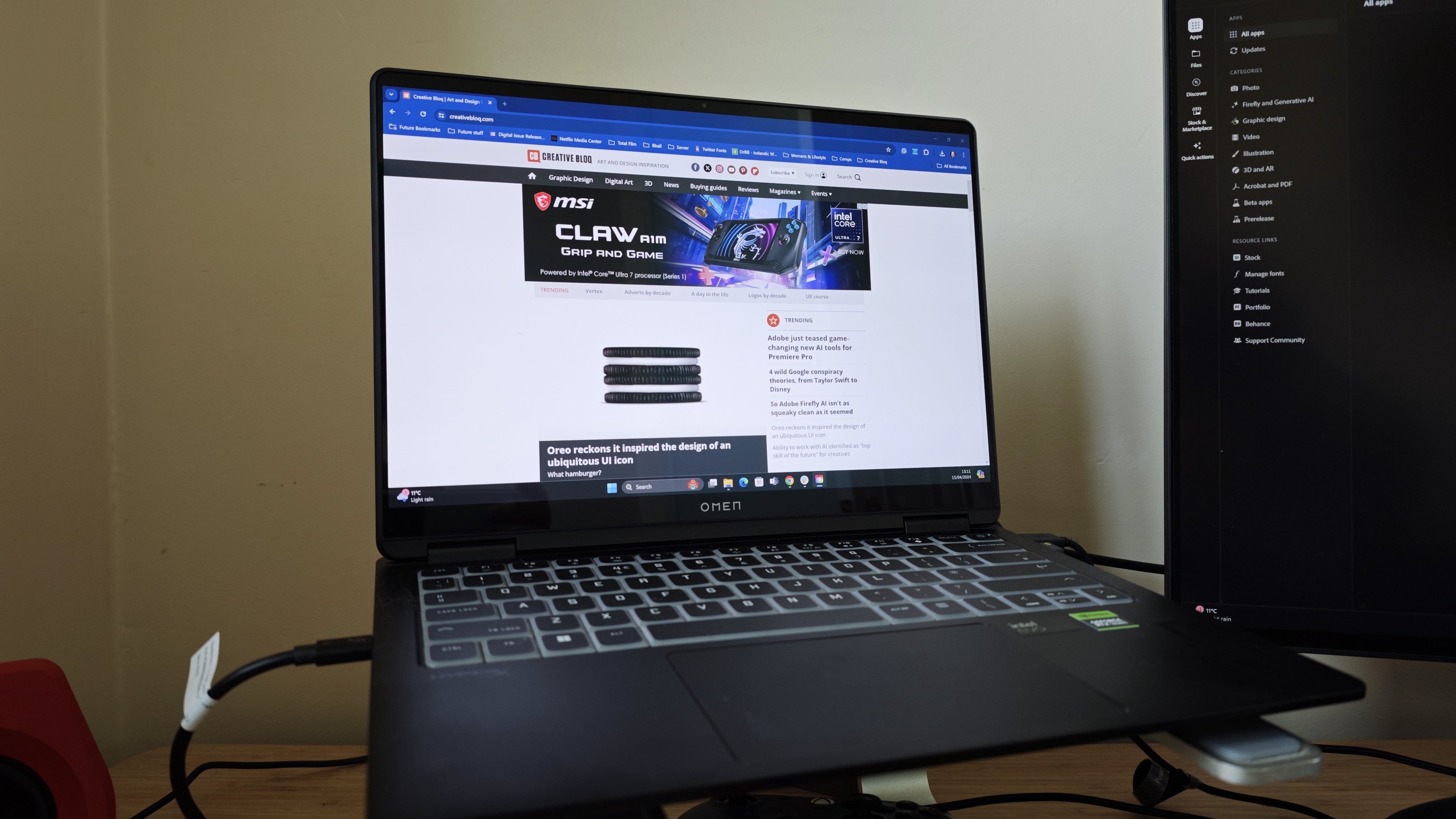
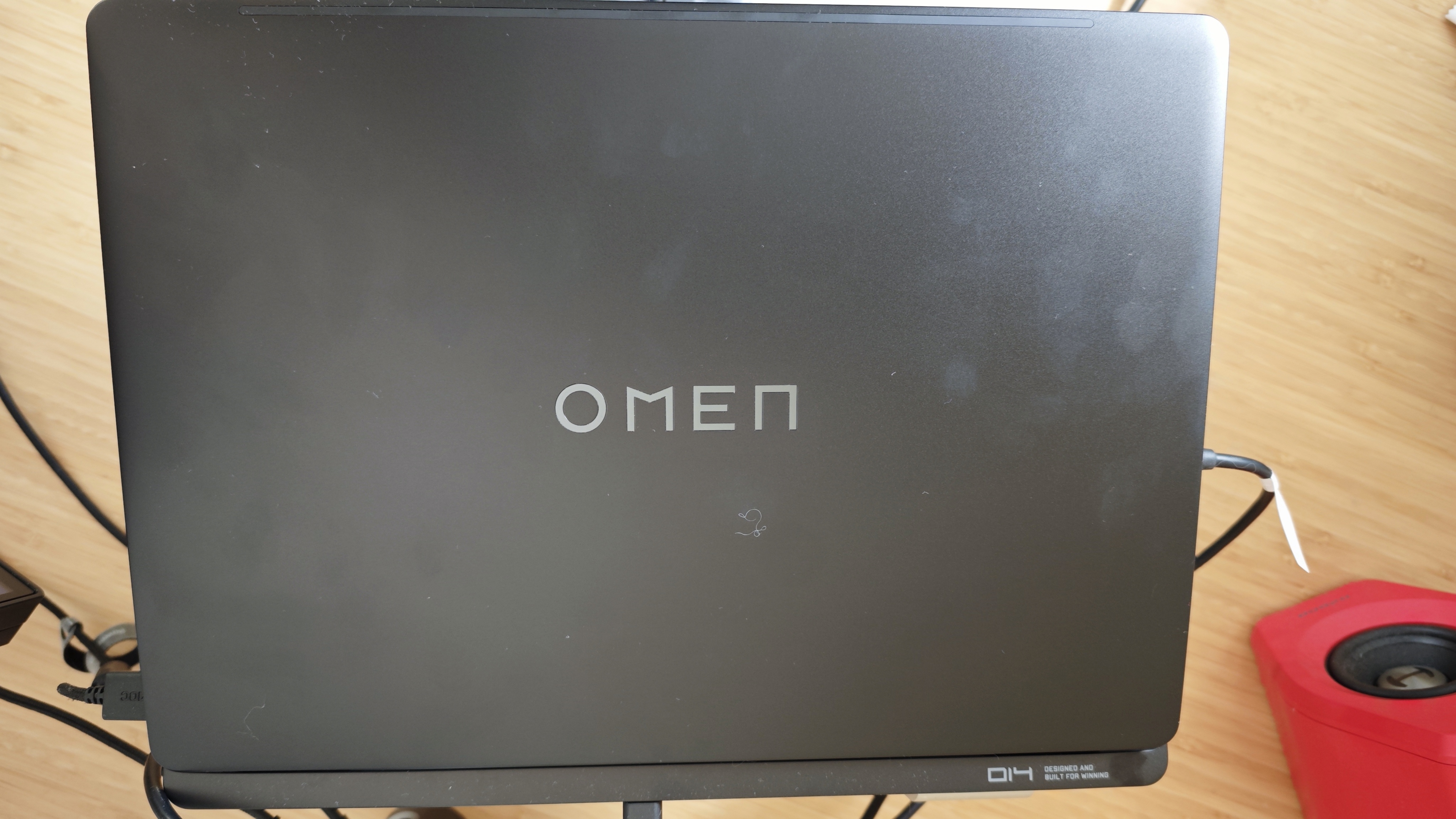
Specifications
30-second review The HP Omen Transcend 14 packs serious performance into a sleek, portable package. It features Intel's latest Core Ultra processor with a dedicated NPU for AI tasks, paired with NVIDIA RTX graphics. The 14-inch 2.8K OLED display offers excellent colour accuracy and sharpness, ideal for detailed CAD work. That said, it is the smallest display on this list, and while ASUS Zenbook Duo OLED 2024 is of equal size, bear in mind that comes with not one but two screens.
Price: In the US, the HP Omen Transcend 14 costs $1,599.99 for the base model and $1979.99 for the model we tested, while the UK prices are £1,799 for the test spec, and £1,449 for base spec.
Design: Despite its gaming pedigree, the Omen Transcend 14 sports a professional look that won't draw unwanted attention in the office. At just 1.63kg and 1.79cm thick, it's highly portable for a machine with this level of performance. The 16:10 aspect ratio display provides extra vertical space for CAD applications.
Performance: The combination of the Intel Core Ultra 9 processor and NVIDIA RTX 4070 graphics delivers exceptional performance for CAD applications and 3D rendering. The 32GB of RAM ensures smooth multitasking even with complex projects. In our benchmark tests, it outperformed many rival gaming laptops and matches some desktop replacements.
Battery: One of the Omen Transcend 14's standout features is its battery life. HP claims over eight hours, and real-world testing confirms impressive longevity for a high-performance laptop. This makes it a viable option for CAD professionals who need to work away from a power outlet.
Read more: HP Omen Transcend 14 review

"It makes up for any slight shortcomings of the Intel Core Ultra chip by pairing it with a discrete NVIDIA graphics card, and that also makes it a great machine for demanding video editors or 3D modellers who need lots of rendering power."
Also tested
While the options above may be our top choices for various elements of CAD and AutoCAD work, there are a lot of laptops out there worthy of your attention. We'll be constantly updating the list of other laptops we've tested that you should feel confident in using in your CAD work.
ASUS Zenbook S 13 OLED
The screen may not be the biggest, but this ultraportable model more than makes up for it with its bright, sharp OLED display, 32GB of RAM and great ergonomics. It's the ultimate in portability at only 1kg (less than an iPad Pro with a keyboard attached). Fantastic for CAD work on the go.
Read our 4.5-star review.
LG Gram SuperSlim If you're on the go a lot with your work, you'll love that LG gram SuperSlim, which as the name suggests is light (only 990g), thin and very easy on the eye. Its beautiful 15.6-inch OLED display makes it a joy to look at while working on your CAD designs, and battery life is decent too.
Read our 4-star review.
MSI Creator Z17 This large, heavy laptop is made for professional creatives, and it has a lot of power inside, with options up to 64GB of RAM, oodles of storage and a bright, 17-inch touchscreen. The latter is compatible with the MSI Pen stylus so you can write or draw directly onto it.
Read our 4-star review.
MacBook Pro (M4 Pro, 2024) might be overkill for a vast majority of CAD work, but it's a supremely powerful laptop if you have further creative needs or want a device that is futureproofed. However, it's astronomically expensive.
How we test
Testing a laptop for CAD work starts with considering the overall specification of the machine. Does it have a balanced setup with evenly matched core components, including the CPU, GPU and RAM? It's no good pairing a cutting-edge CPU with barely any memory and vice versa.
We then run benchmarks to ensure that the key components are delivering their full performance, so you can rely on every last bit and hertz to make the most of your CAD workflow. Laptops are much more prone to thermal and power issues than desktops, so you can't assume that a given processor or graphics chip will perform the same in every portable system. That said, there are minimum specs that you have to look out for in general. You need a 2.5GHz process (3+ GHz recommended), at least 8GB of RAM (great if it's 32GB or above), a Full HD display (1920x1080) at a minimum and at least 10GB of disk space.
Storage performance tends to be more consistent between desktop and mobile. However, laptop makers rarely provide detailed specifications for the SSDs they fit. So we test for sequential throughput and random access to make sure no below-par drives sneak through.
As for screen quality, the last word in colour accuracy isn't typically essential for CAD workflows. However, a screen with at least 95% coverage of the DCI-P3 colour space is always a good idea. A sensitive touch screen is very useful if you like to design with a stylus. It's also a good idea to go with a high pixel density panel for sharp fonts and viewing fine details in designs.
We assess all these hardware qualities when considering how suitable a laptop is for CAD workflows, alongside ergonomics, build and usability, including keyboard quality, chassis rigidity, trackpad response and more. For more options, see our pick of the best laptops for game development.
How to choose
If you want to run AutoCAD, you’re best off looking at a laptop with the latest Intel Core i7 or Core i9 chips, but how powerful a machine do you need in practice? That really depends on what kind of work you're doing in CAD.
If you're considering a MacBook, bear in mind that 3D and CAD software doesn't run identically on Mac processors, though comparable versions are available for most of the software options. AutoCAD is the one to watch here, as only the 2024 version runs on a Mac, and it still has some differences that might not work for your needs (see above). Be sure to check before you buy.
Actually, much CAD work doesn't need an uber-powerful machine, especially if you're working in 2D. However, working in 3D will be more demanding and will need a more powerful laptop.
In general, the more complex and large-scale your projects, the more power you'll need and the more you'll have to spend, especially if you’re also looking for your laptop to run heavier 3D modelling software. But many software types are less power-hungry, meaning you can get away with a less powerful computer.
For longevity, the ideal machine will have high-end components, including an abundance of RAM, a multi-core processor and a dedicated graphics card that can manage complex work. However, if you're working on relatively simple projects, you’ll probably be happy with meeting the minimal requirements.
For design work, you'll also want a large screen to reduce eye strain and so that your work can be displayed to its fullest. While you'll need to consider battery life, the power in these laptops means this is where you might need to compromise. Here, we've aimed for laptops with enough battery to get through the day.
FAQs
What is the difference between CAD and AutoCAD?
CAD stands for "computer-aided design". It's a general term for software that allows you to model and render designs digitally in areas such as architecture, furniture design, interior design, fashion and more. This can be done in 2D and 3D, and different types of software will be relevant for each.
AutoCAD is specific piece of CAD software, one of the leading ones. It's developed by Autodesk, and can be used for 2D and 3D creations. So there isn't a difference per se - AutoCAD is just an example of CAD, in the way that Photoshop is an example of photo-editing software. Think of it this way: if CAD is duct tape, AutoCAD is Duck Tape®.
Can all laptops run AutoCAD?
In short, yes, but there are differences between how AutoCAD runs on Windows and Mac.
AutoCAD is a computer-aided design and drafting software application developed by Autodesk. Used to create computer-aided designs, it's been around since 1982, and is very much the industry standard for all the professions we’ve mentioned. The requirements for the latest version of AutoCAD are as follows:
- Processor: 2.5GHz (3+ GHz recommended)
- Memory: 8GB (32GB recommended)
- Disk space: 10GB
- Display: 1920 x 1080 resolution
There is a separate AutoCAD 2024 for Mac, which closes the gap between using AutoCAD on Windows and Mac. AutoCAD can now run on Apple silicon for the first time, meaning the experience is almost the same as on Windows when using a Mac with an M2 or M3 chip. However, there are still a few missing features such as 3D Rendering and Drawing History.
Can AutoCAD run on Mac?
Historically there has been a big difference between how AutoCAD runs on Mac and Windows, with the Mac version missing a lot of the functionality. However, AutoCAD 2024 has been designed to run natively on Apple hardware with an M-series processor such as the M1, M2 or the new M3 Max. This means that the experience running AutoCAD on a Mac is similar to a Windows PC, though there are still a few key features missing and the interface is a little different.
What's missing from AutoCAD for Mac 2024? The Mac version does not support 3D rendering, no support for Drawing History, you can't extract object data to tables, share/use data from DGN files, Navisworks and Bing Maps, apply and monitor CAD standards and there is less access to specialised toolsets.
We recommend checking thoroughly to see what your workflow demands before relying on AutoCAD for Mac.
What hardware is most important for AutoCAD?
Your CPU, GPU, RAM and screen size are some of the most important factors when considering which laptop to buy. Here's a little rundown to help you understand what is important in each category.
CPU: It's worth knowing that Autodesk recommends a 3+ GHz processor with a 4+ GHz turbo but anything above 2.5GHz will be fine. There's no need to spend excessively on the number of cores because AutoCAD majors on single threaded processes which are perfectly calculated on a powerful CPU. The latest generation Intel or AMD processors will handle AutoCAD with ease.
GPU: Having a dedicated graphics card is essential but make sure it's DirectX 12 compliant. Other than that, any NVIDIA GeForce, NVIDIA Quadro, or AMD Radeon with at least 8GB of video memory and 106GB/s Bandwidth will be sufficient. If you are primarily working with 2D CAD tasks then consumer grade cards with enough video memory will work great.
RAM: Even though Autodesk recommends 32GB of system memory, in reality it can function fine on as little as 8GB. Considering memory is so affordable, it would be worth aiming for 32GB or 64GB. Ensuring that it's DDR5 will help reduce power consumption while at the same time increasing bandwidth.
Screen: Most users choose the biggest screen they can afford – ideally a 16- or 17-inch laptop – to make those complex designs as easy to navigate as possible. If you're going to extend your display to other monitors though, you can get away with a much smaller screen size knowing that you won't be using it for this type of work.
Daily design news, reviews, how-tos and more, as picked by the editors.

Paul is a digital expert. In the 20 years since he graduated with a first-class honours degree in Computer Science, Paul has been actively involved in a variety of different tech and creative industries that make him the go-to guy for reviews, opinion pieces, and featured articles. With a particular love of all things visual, including photography, videography, and 3D visualisation Paul is never far from a camera or other piece of tech that gets his creative juices going. You'll also find his writing in other places, including Creative Bloq, Digital Camera World, and 3D World Magazine.
